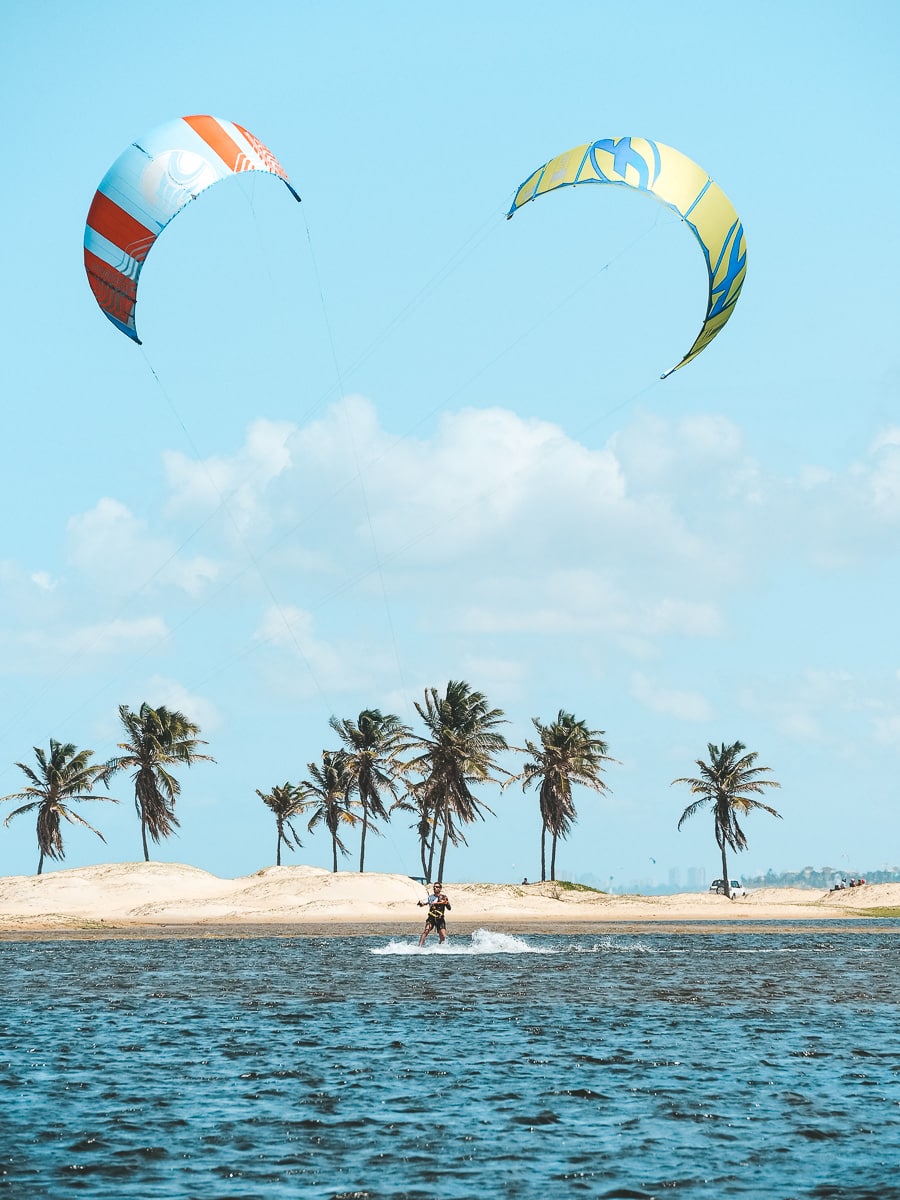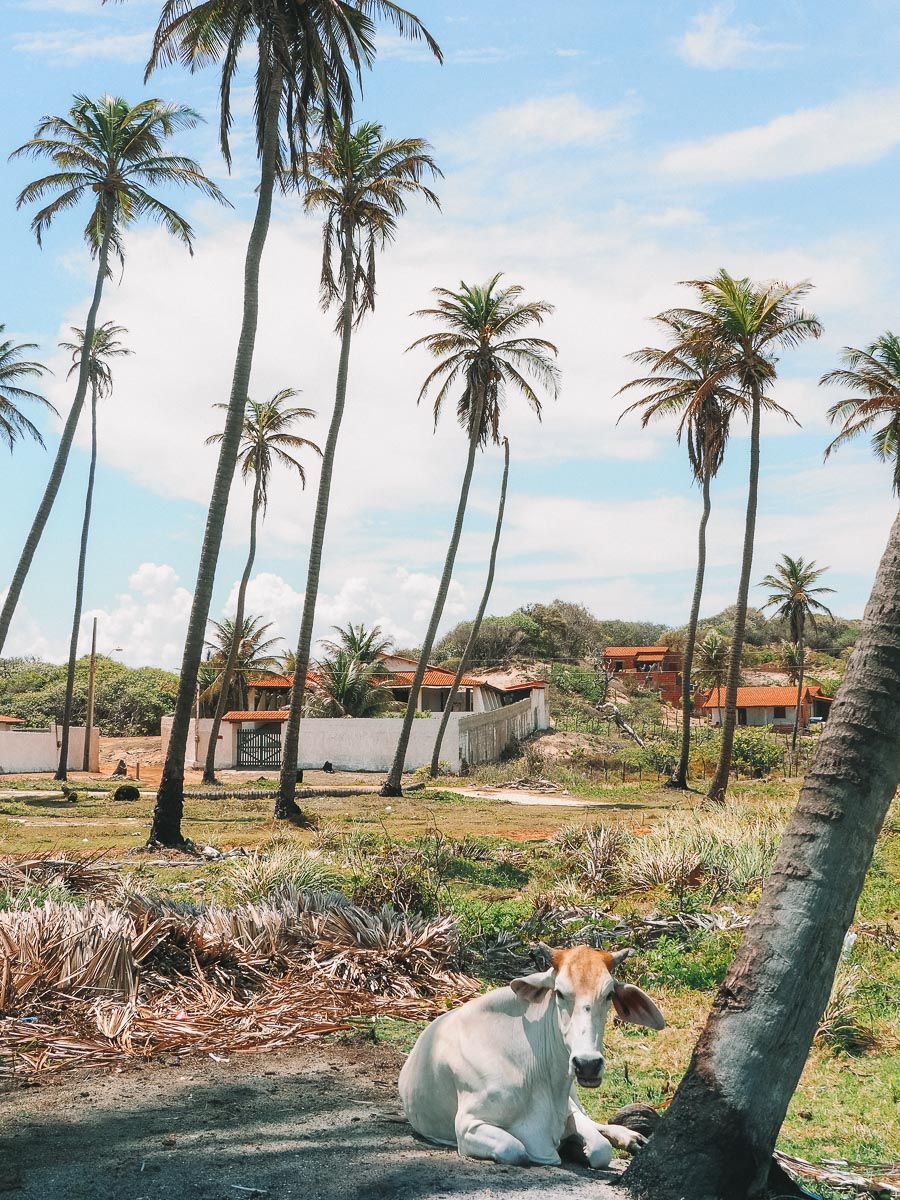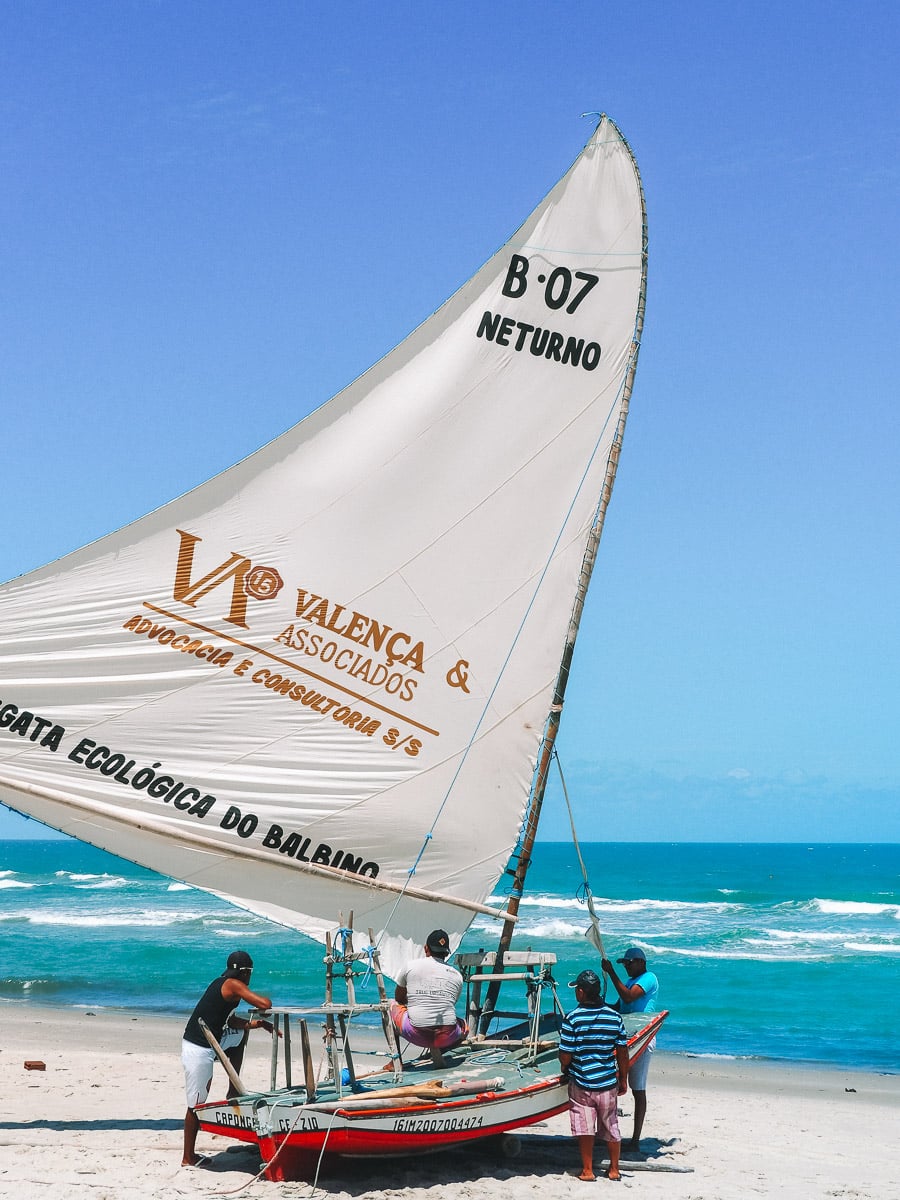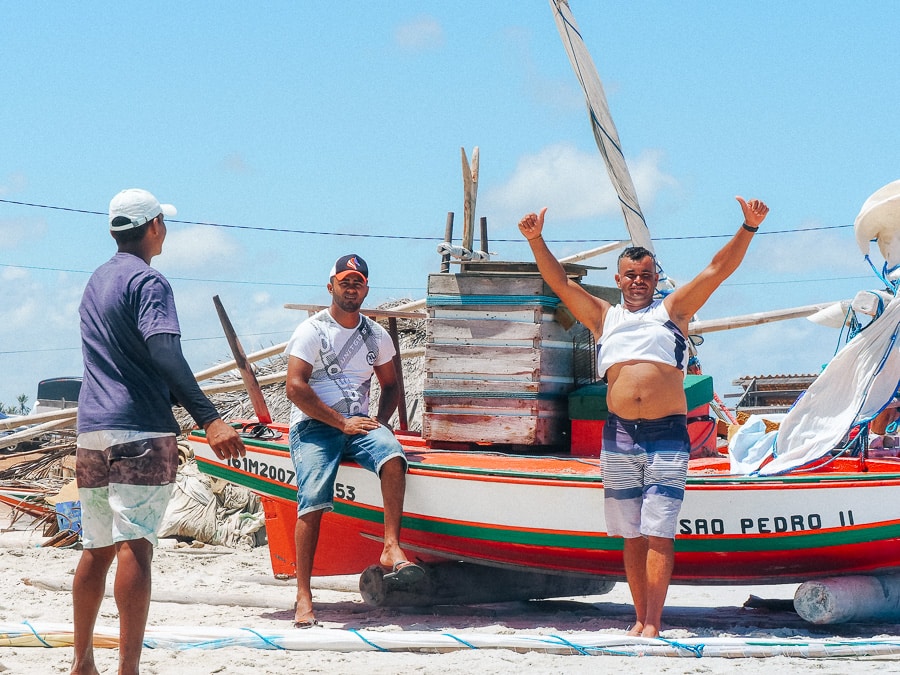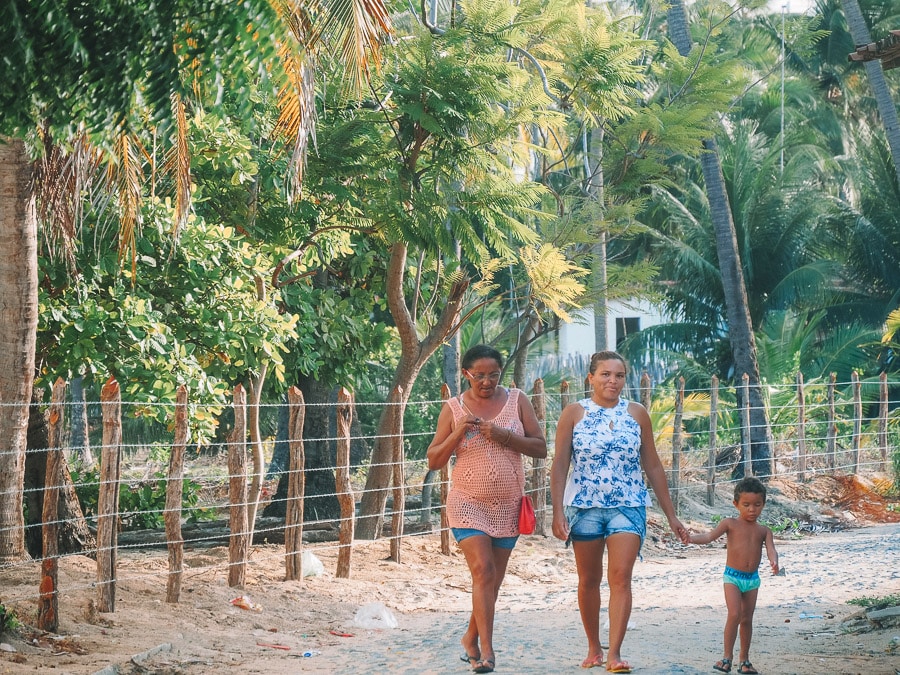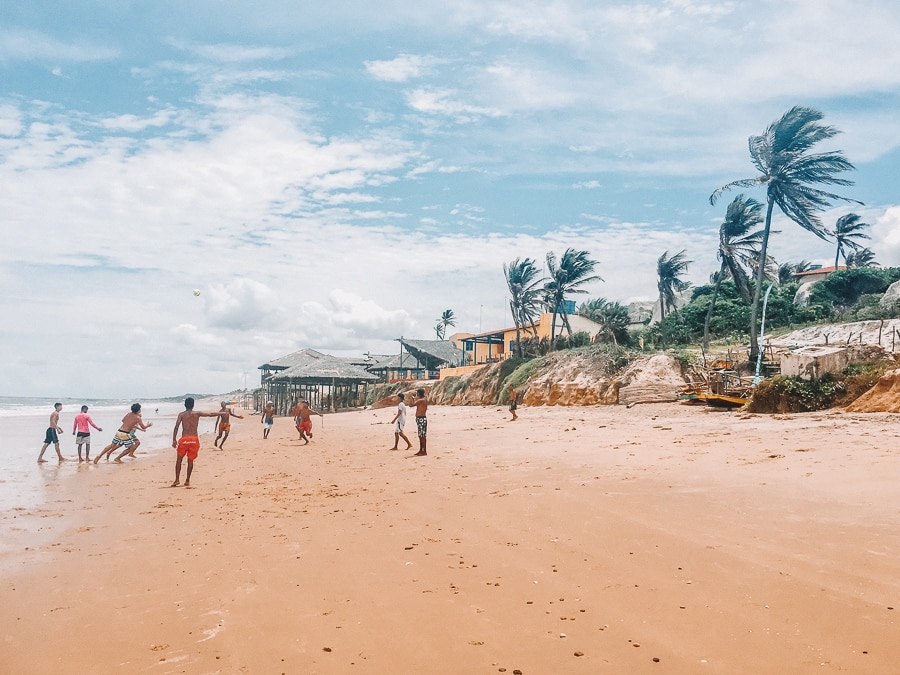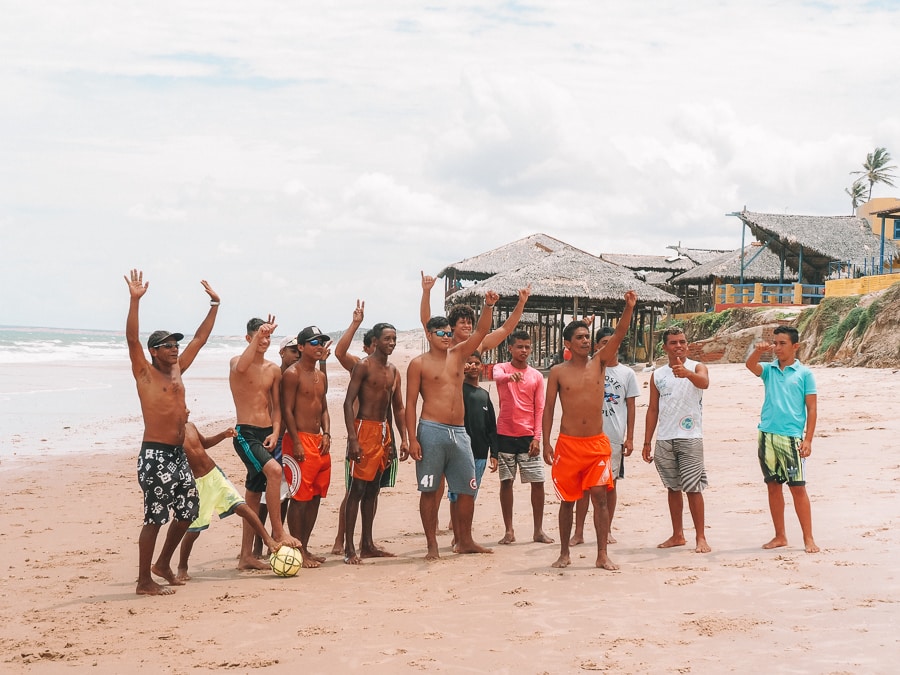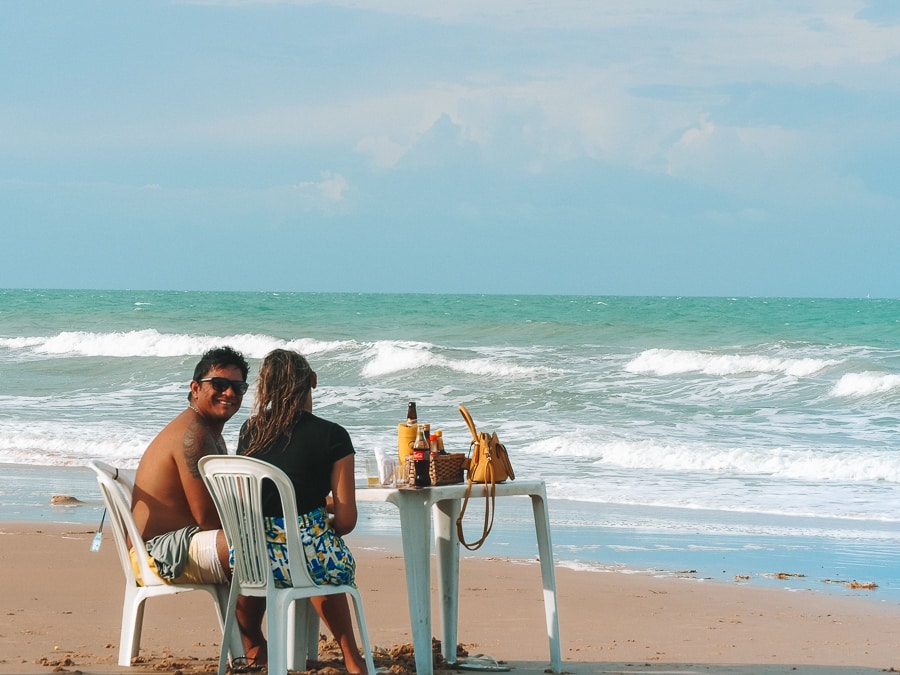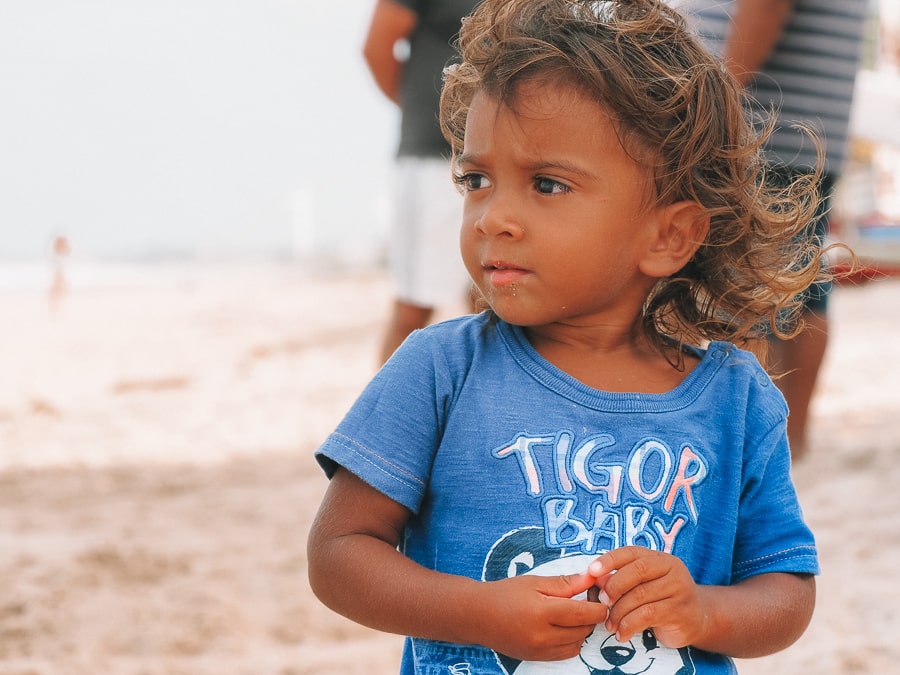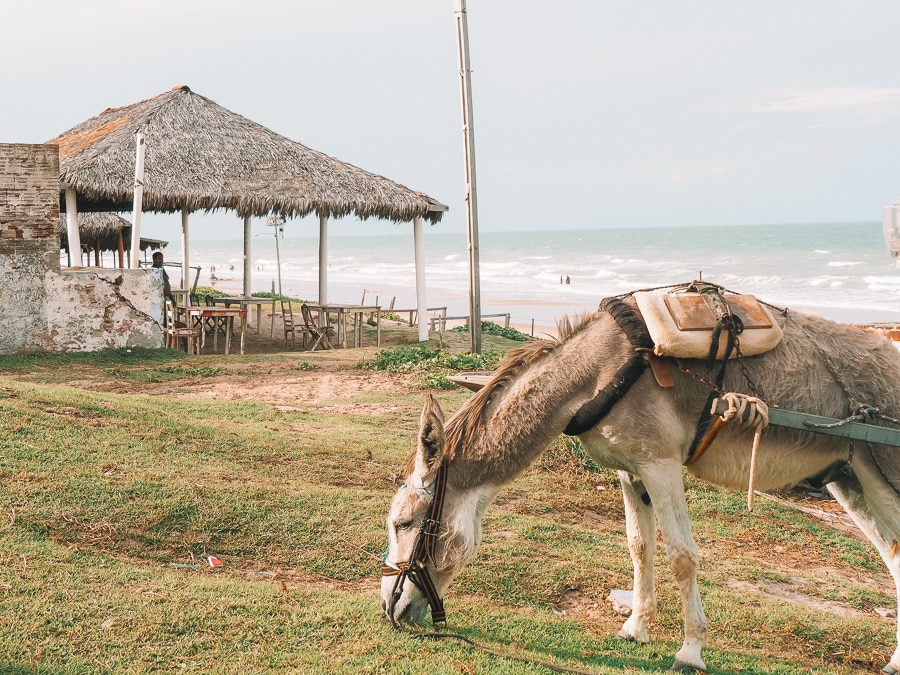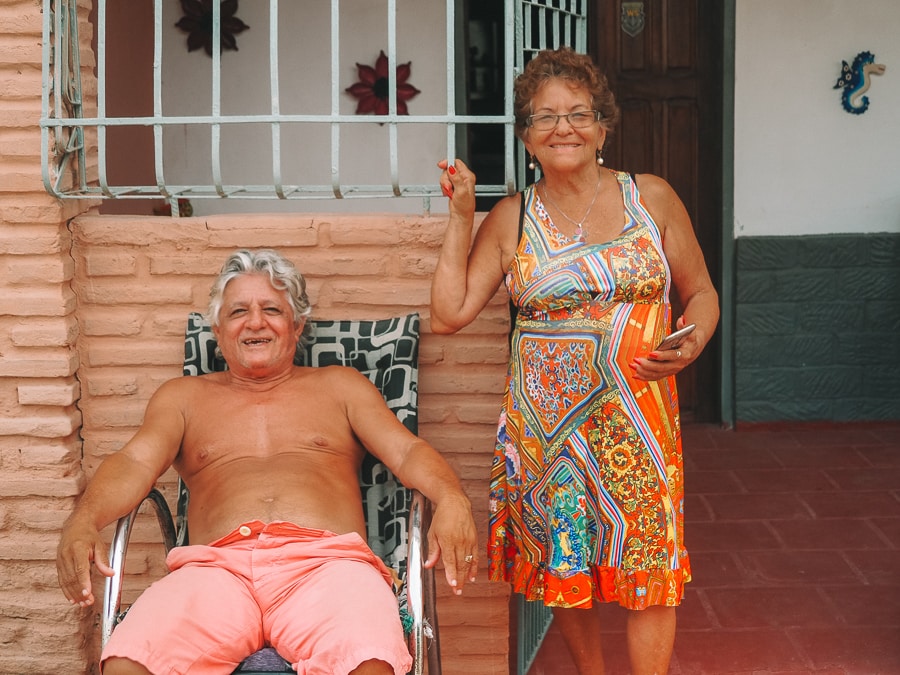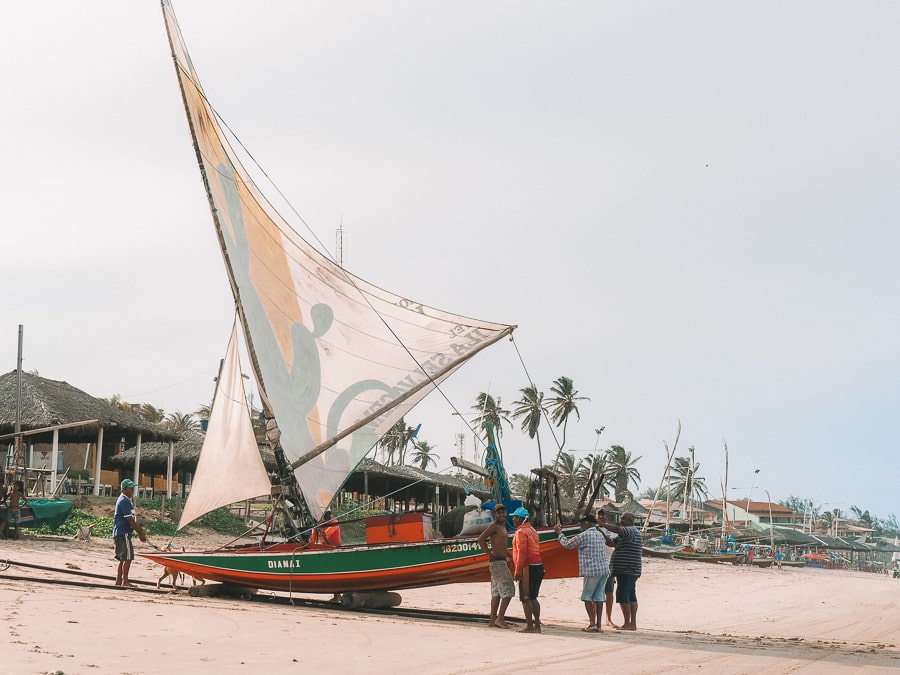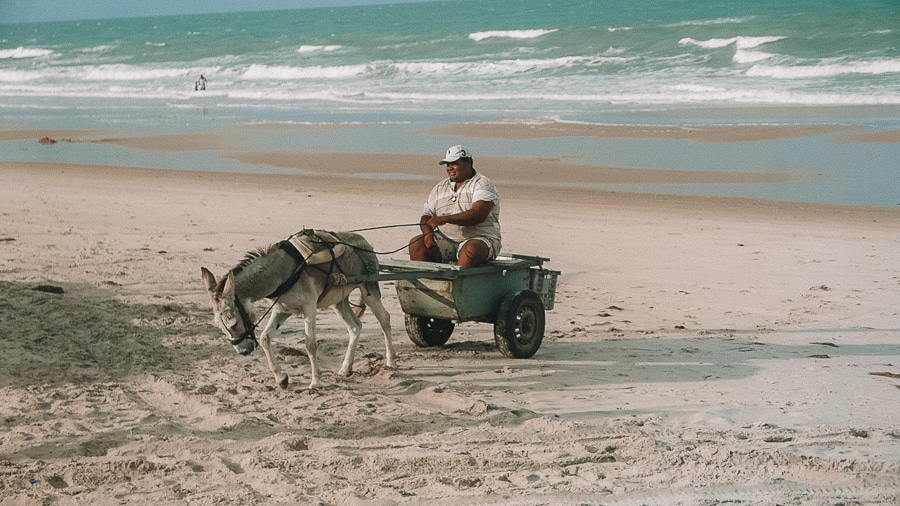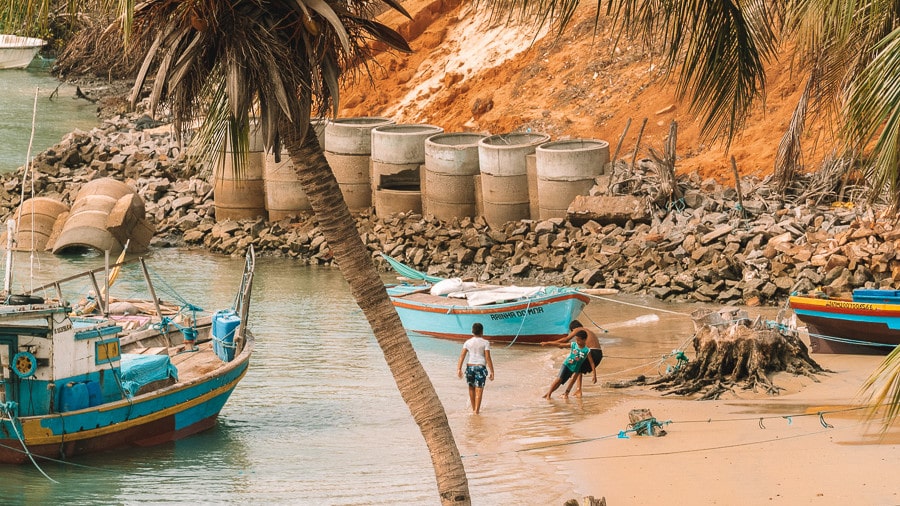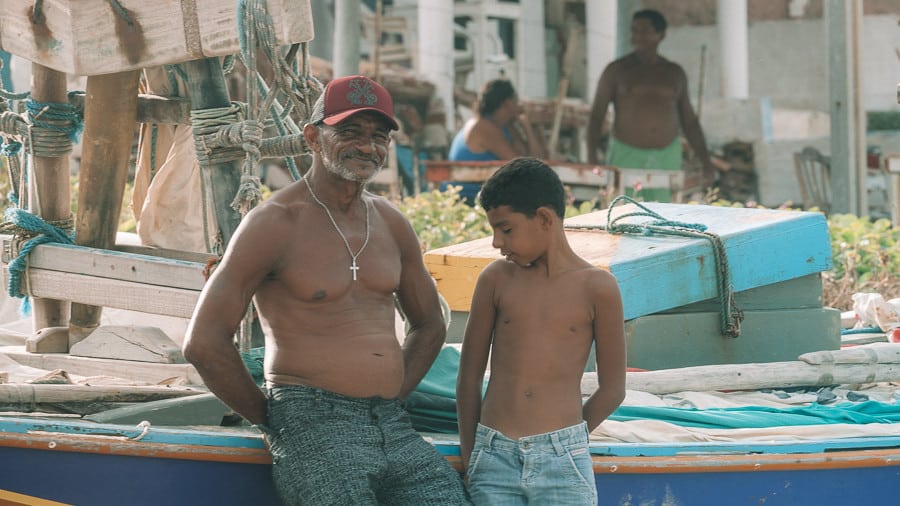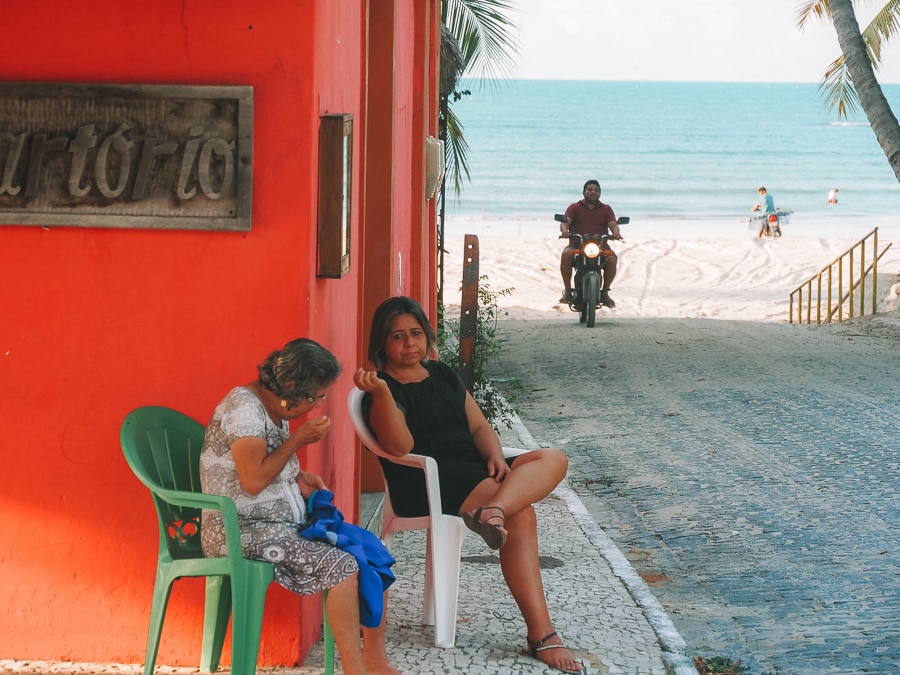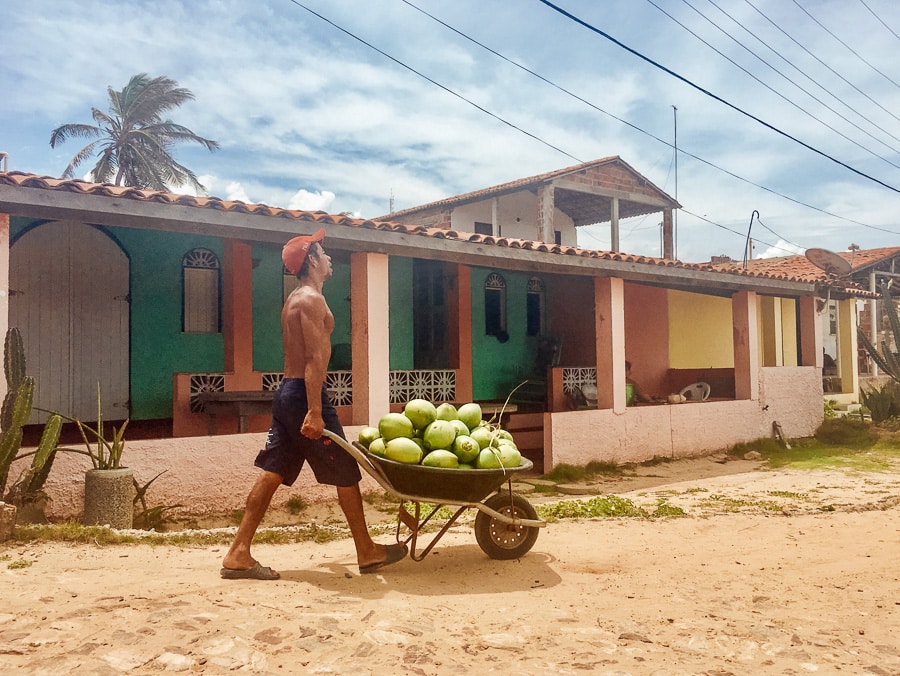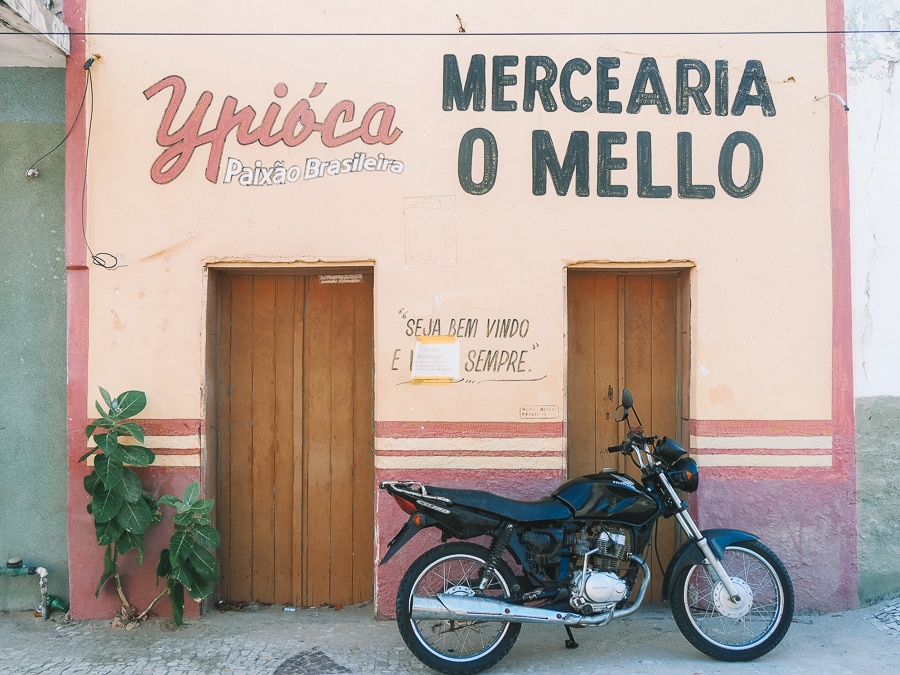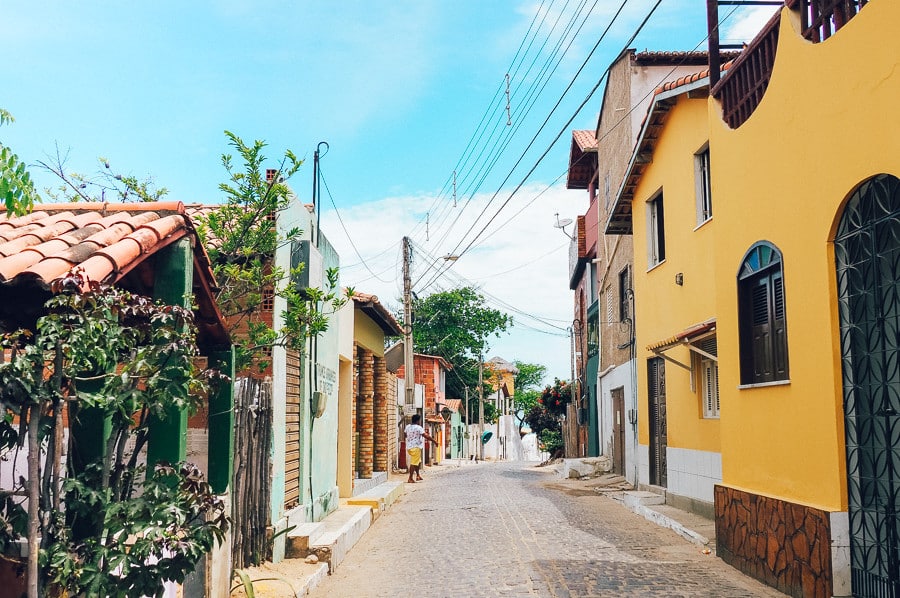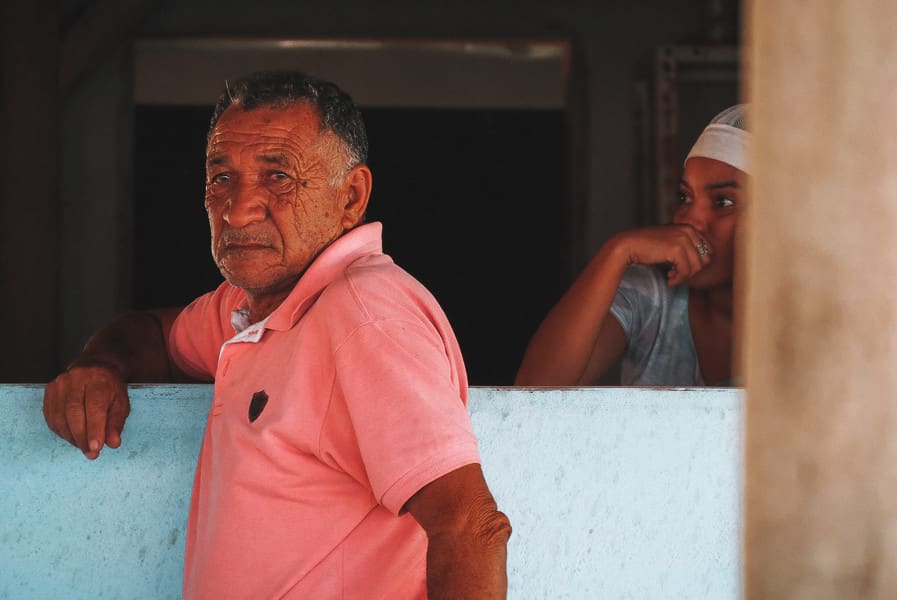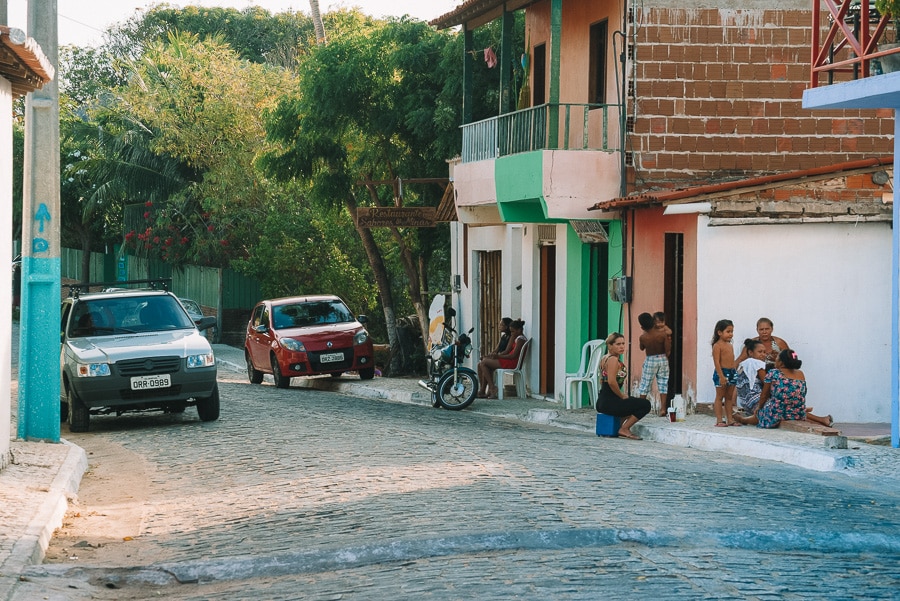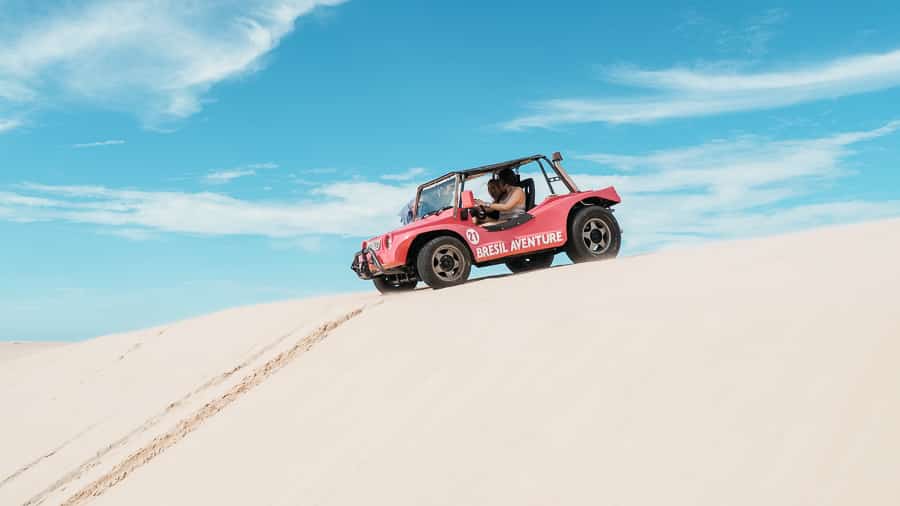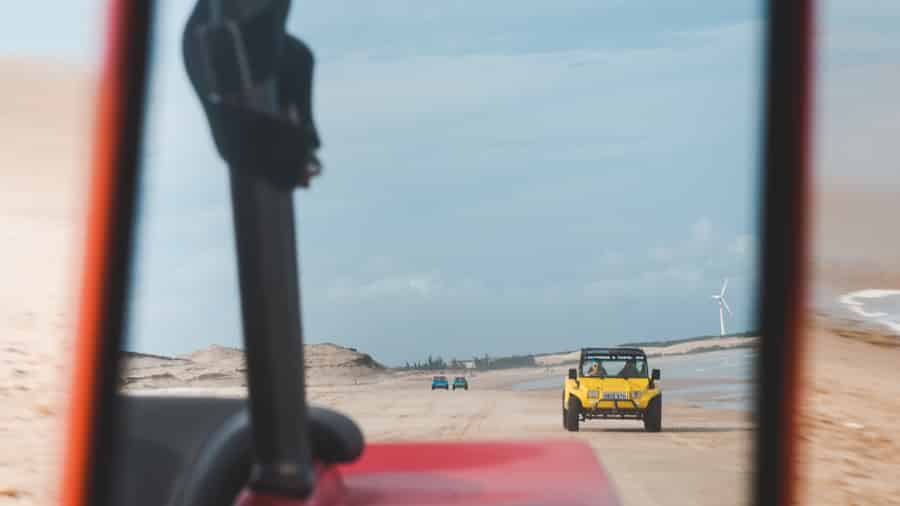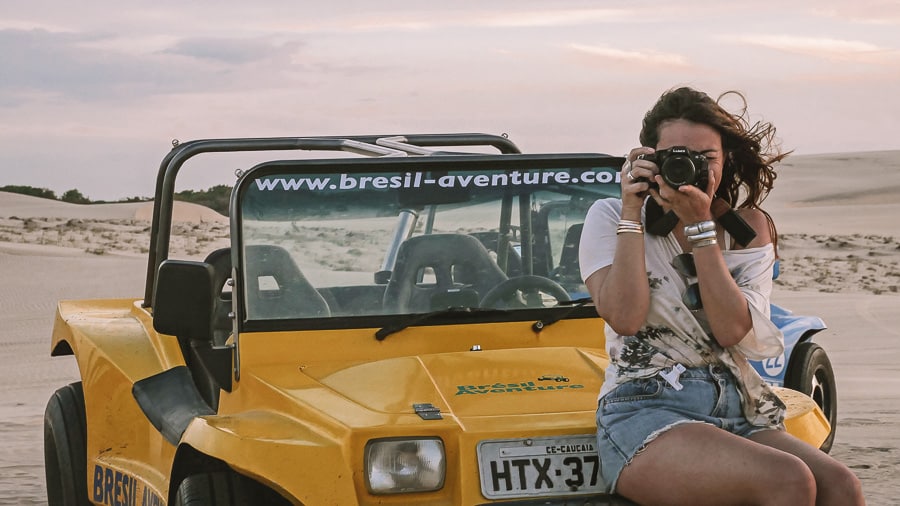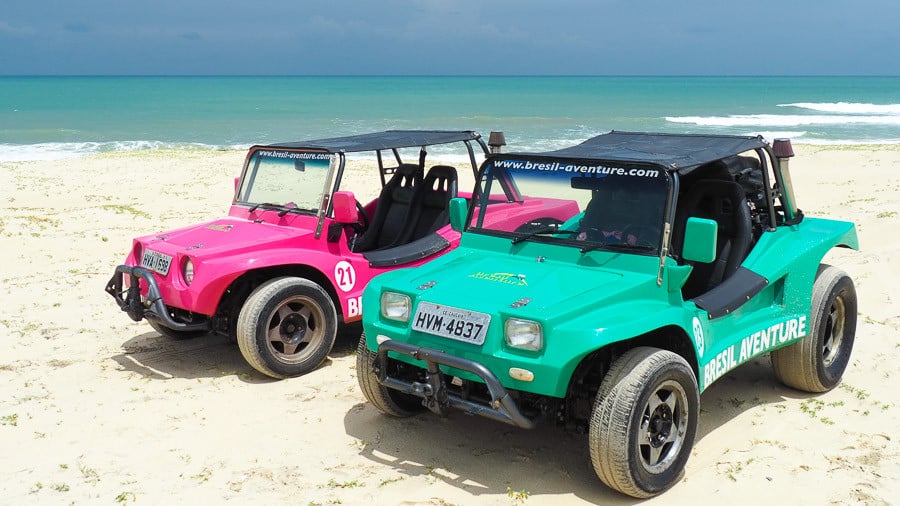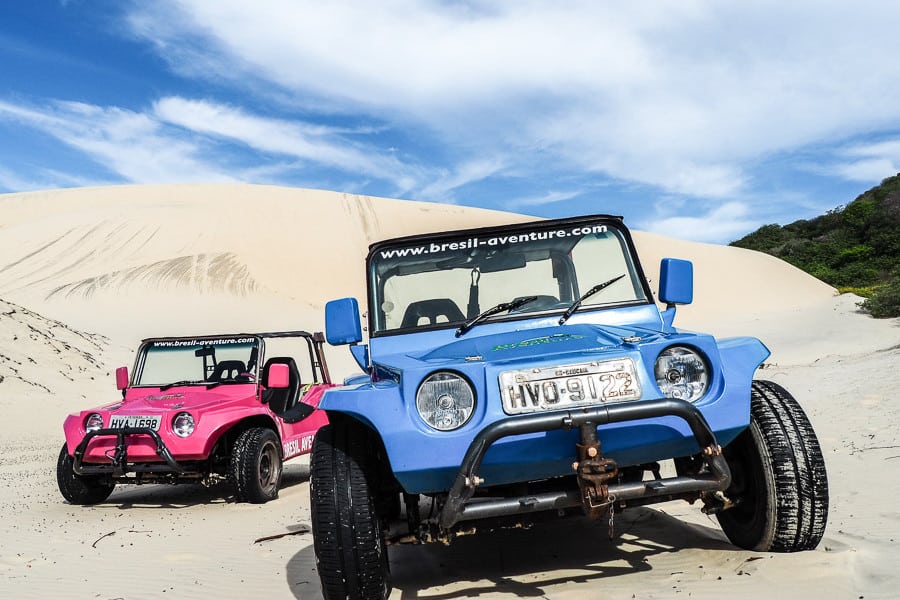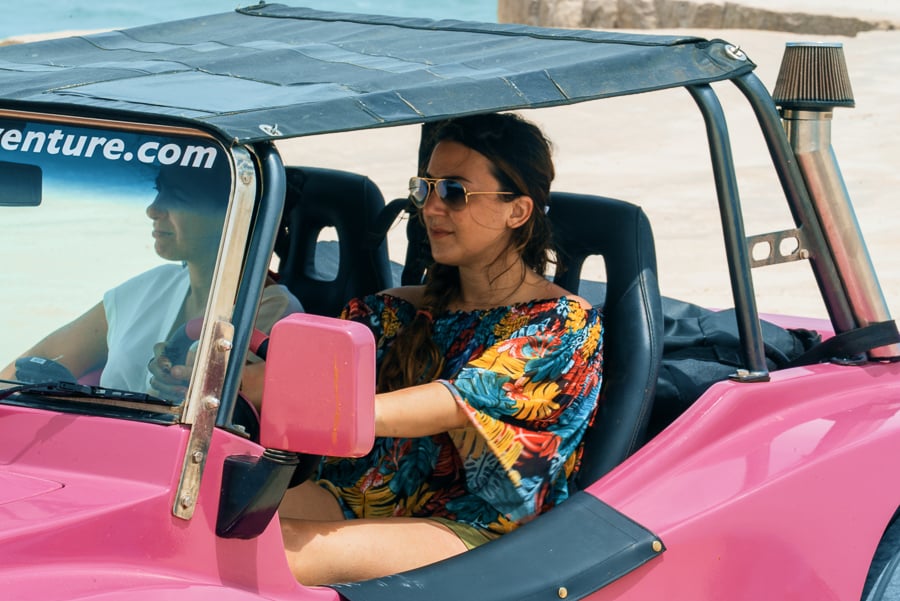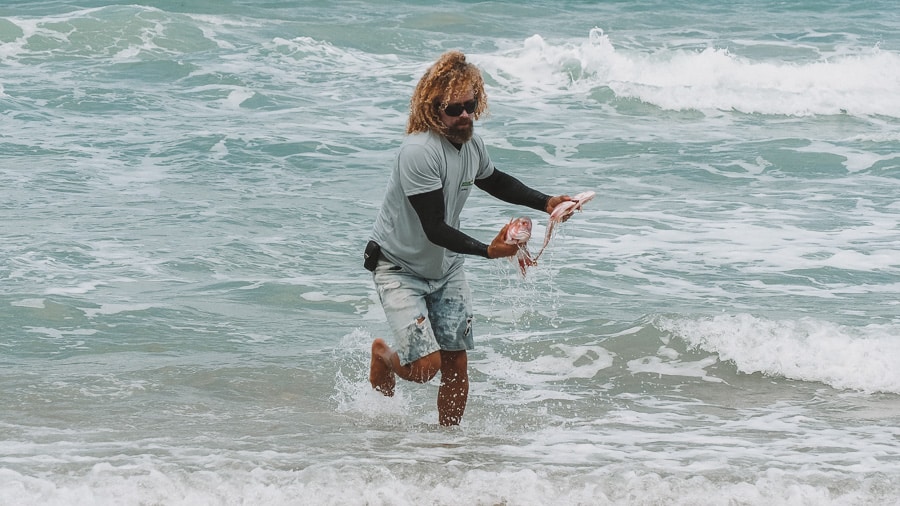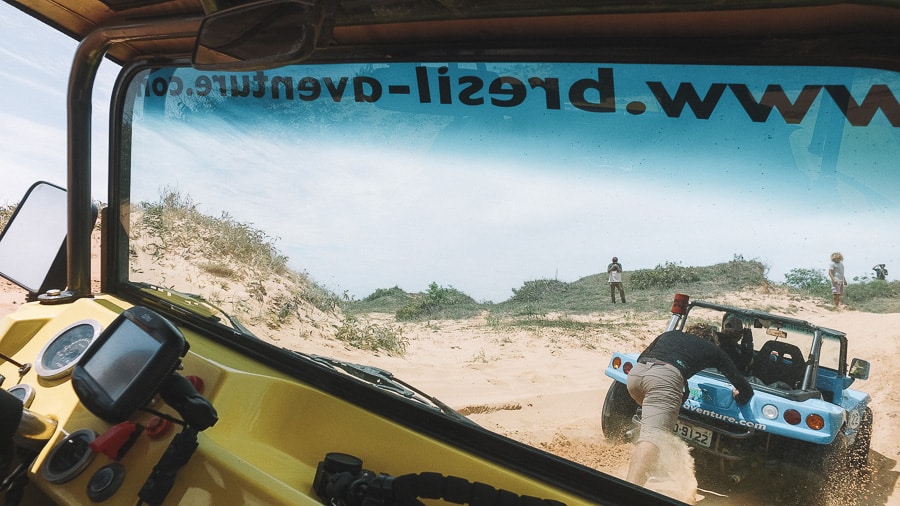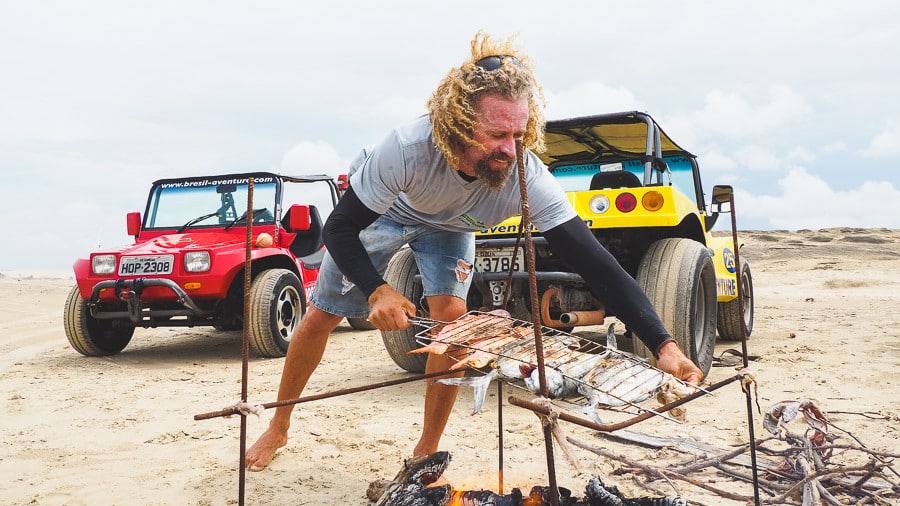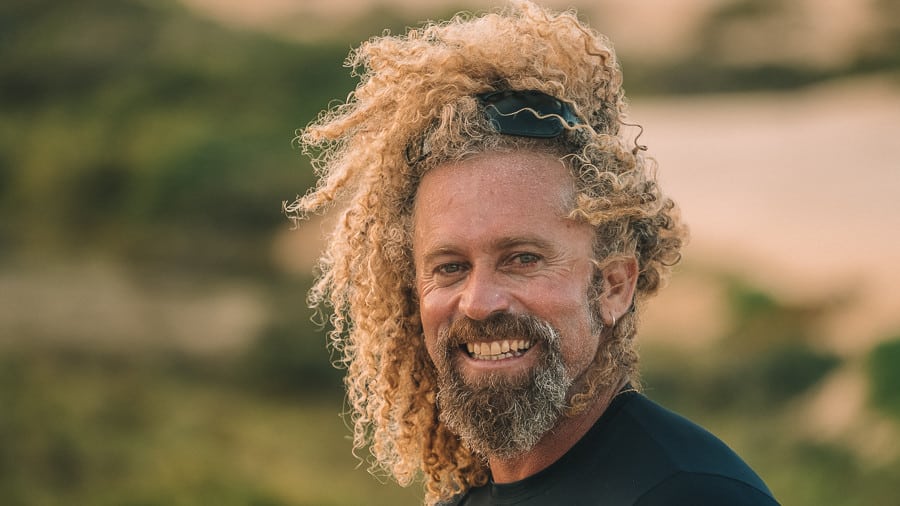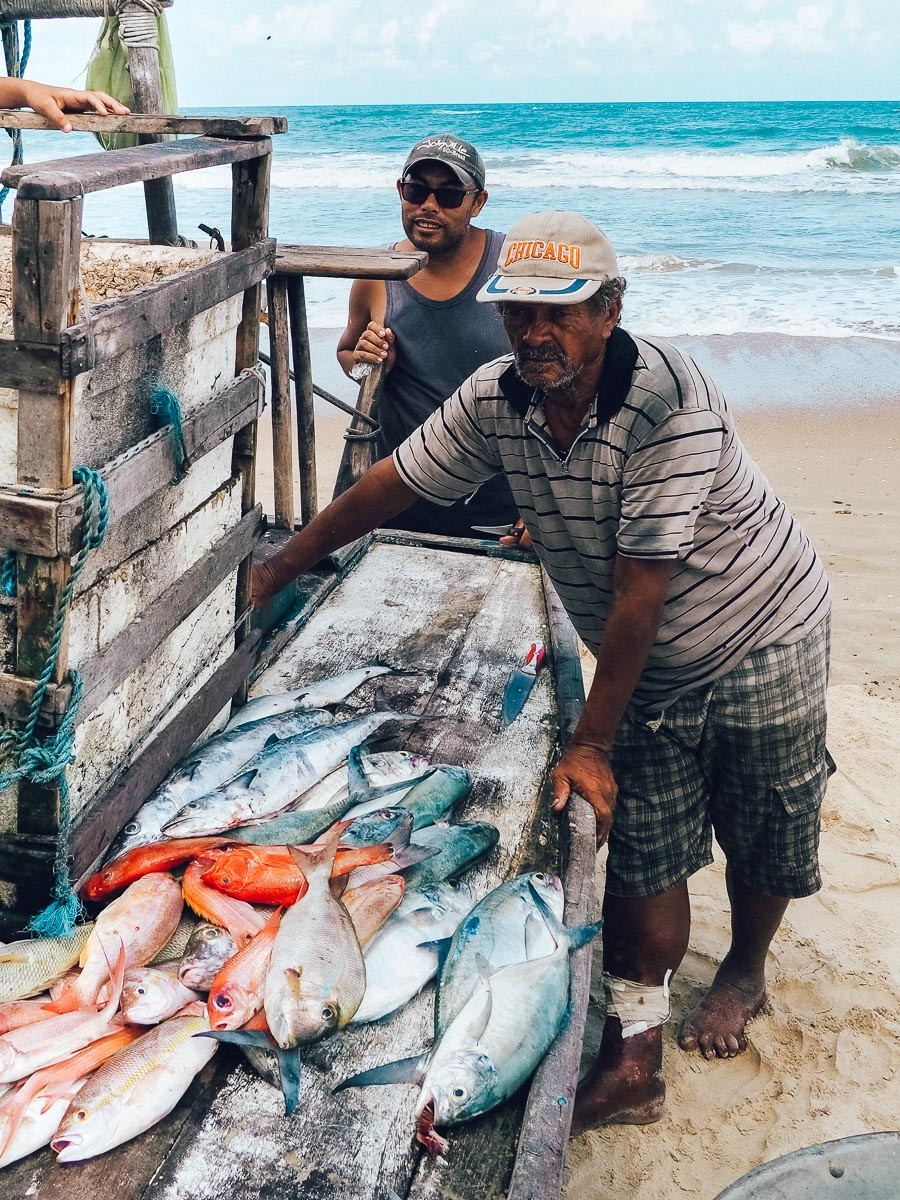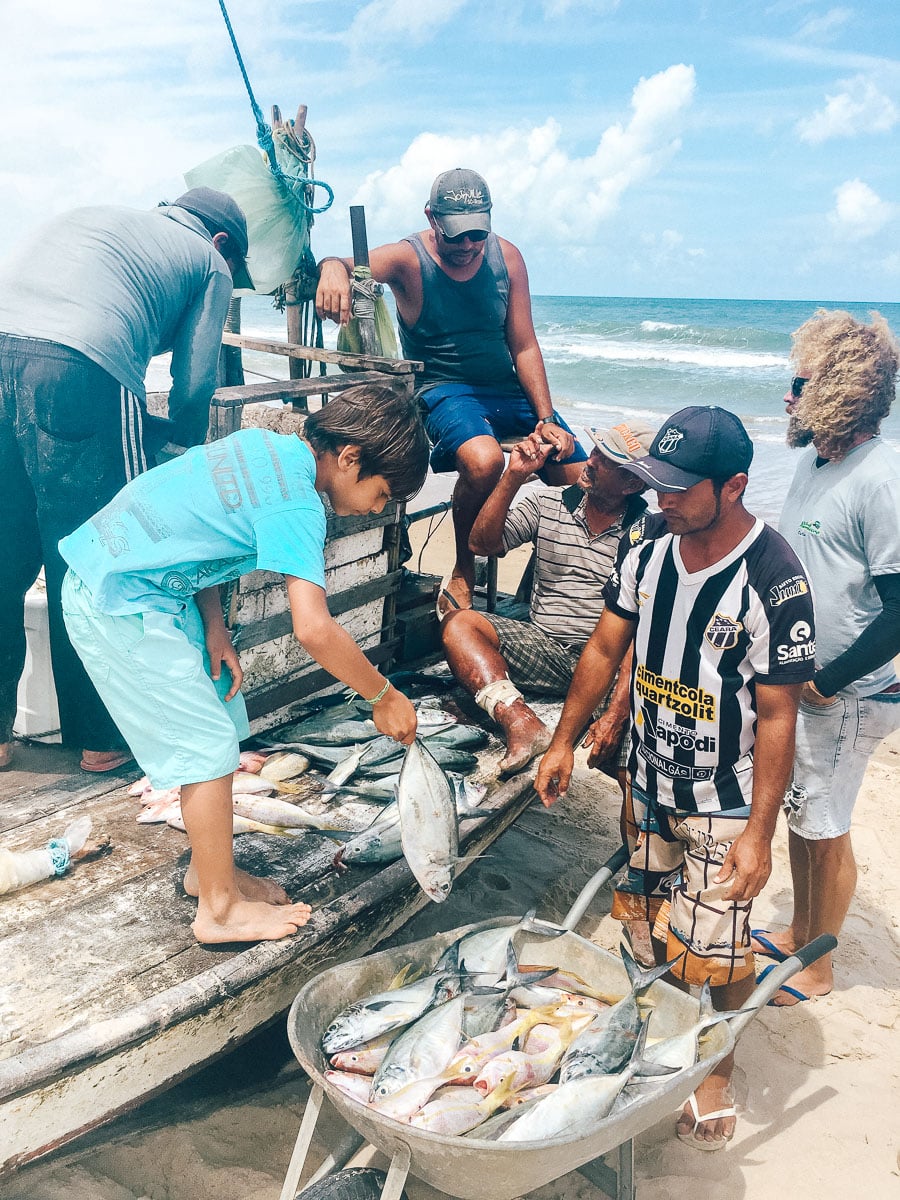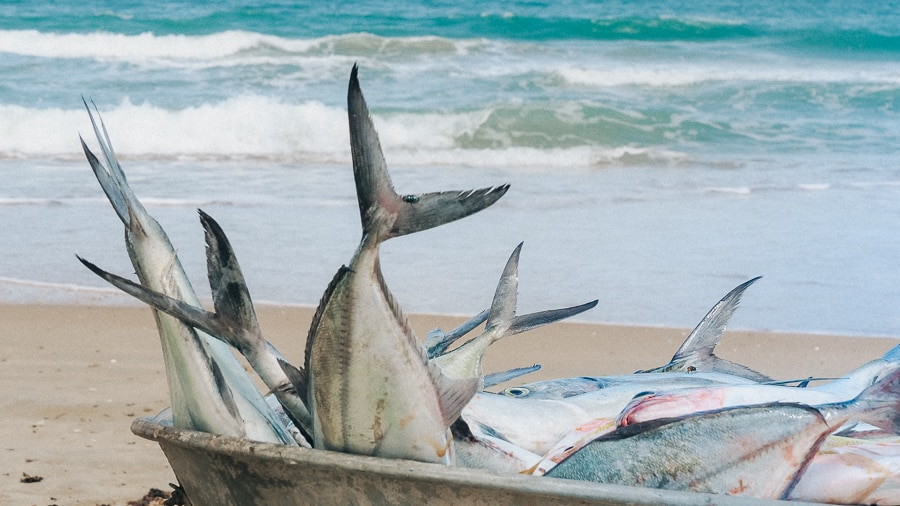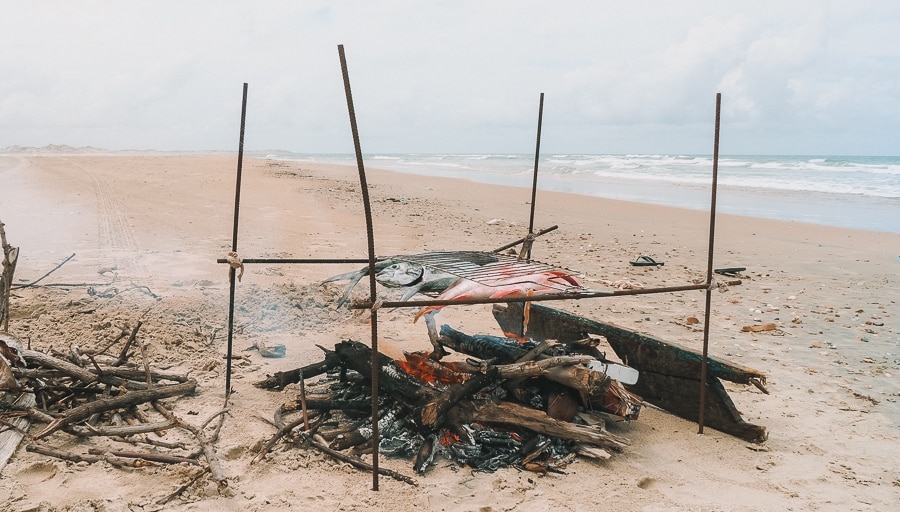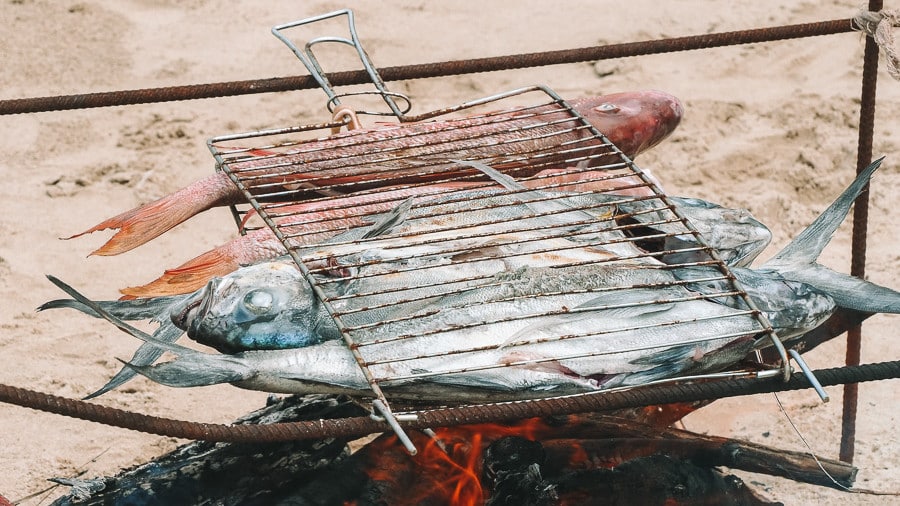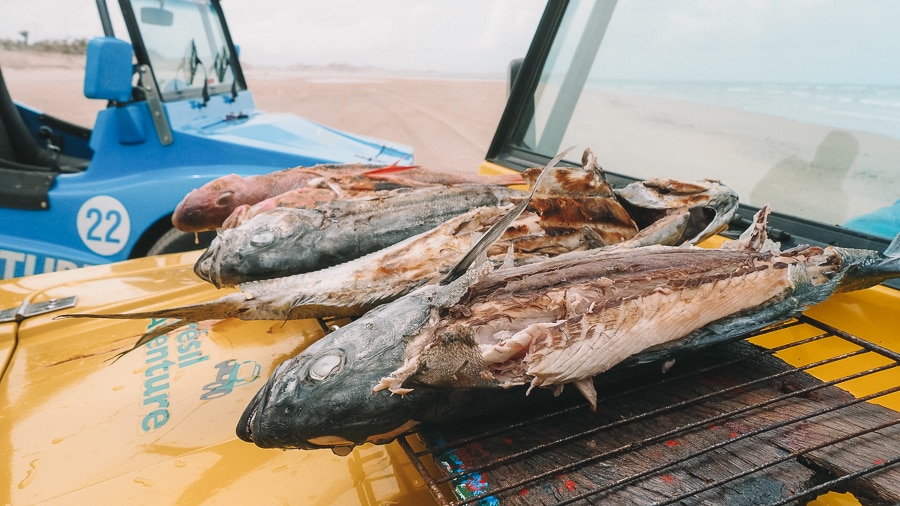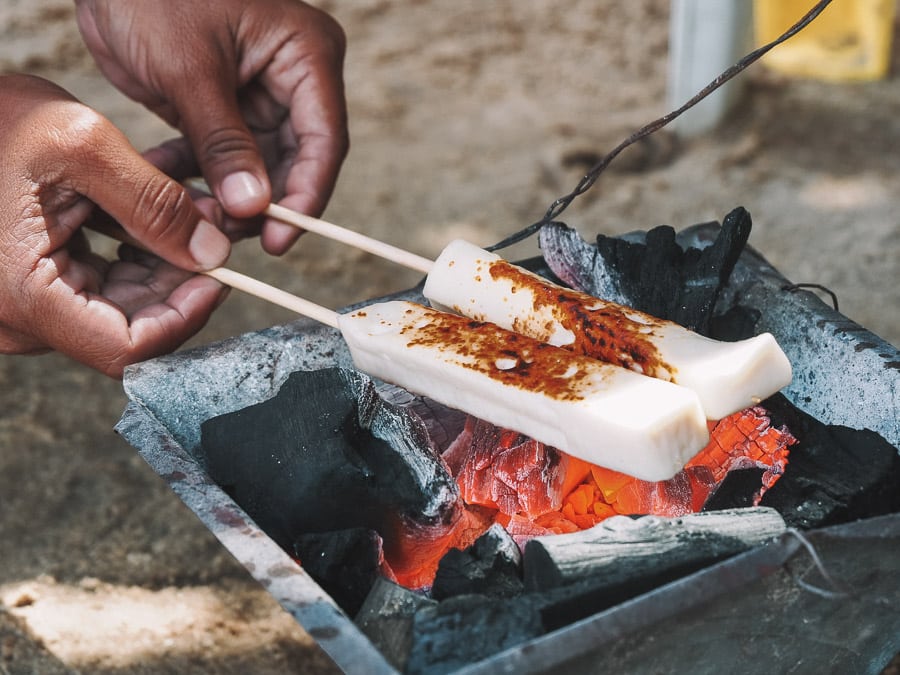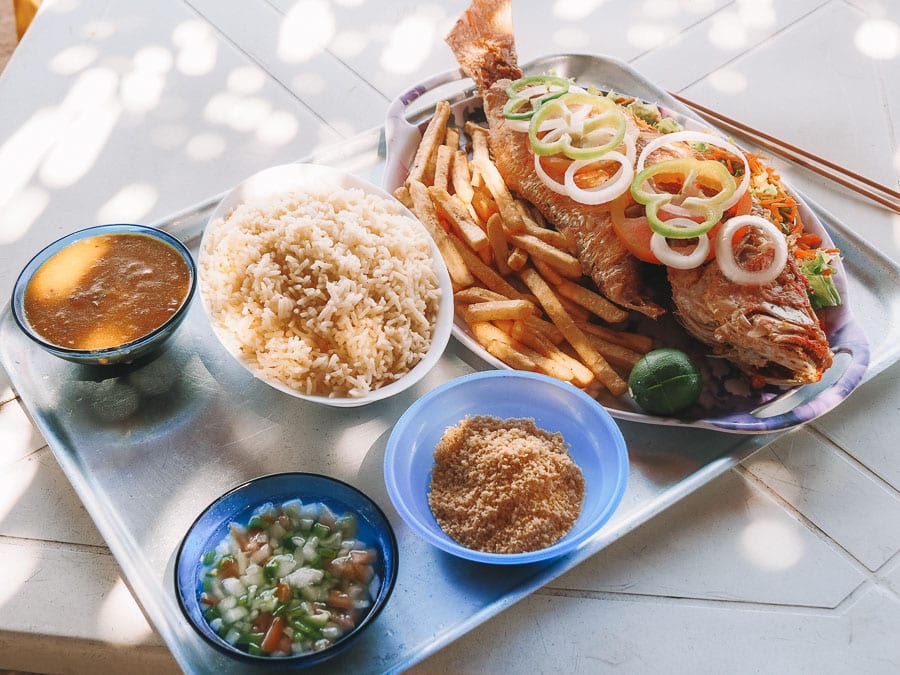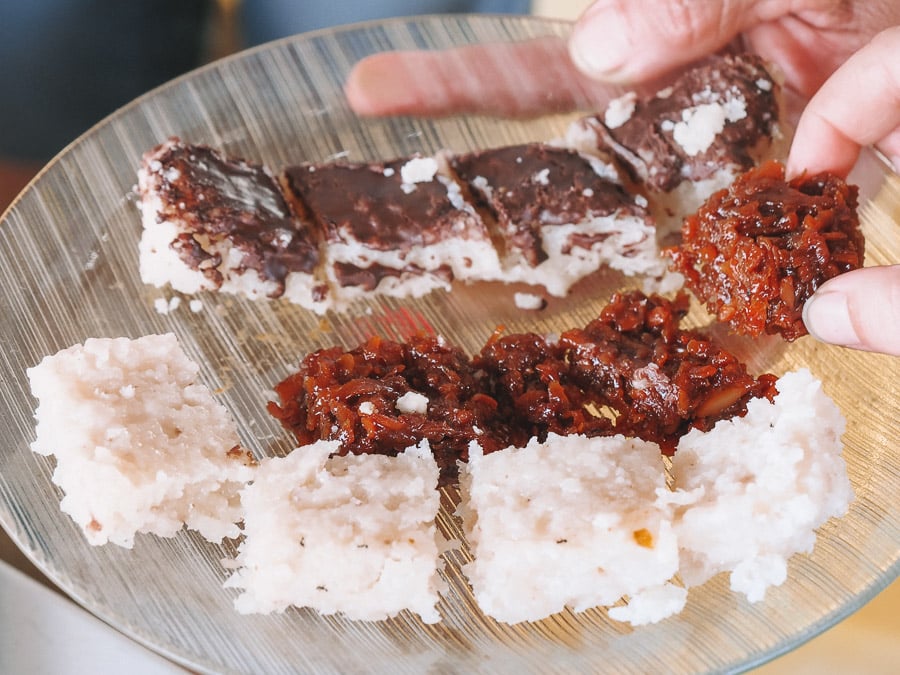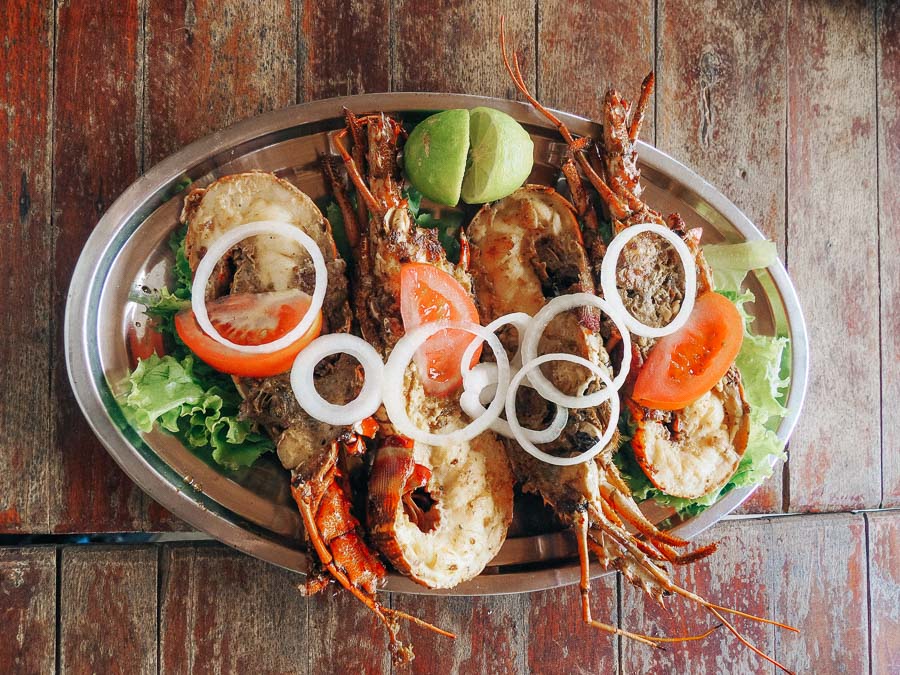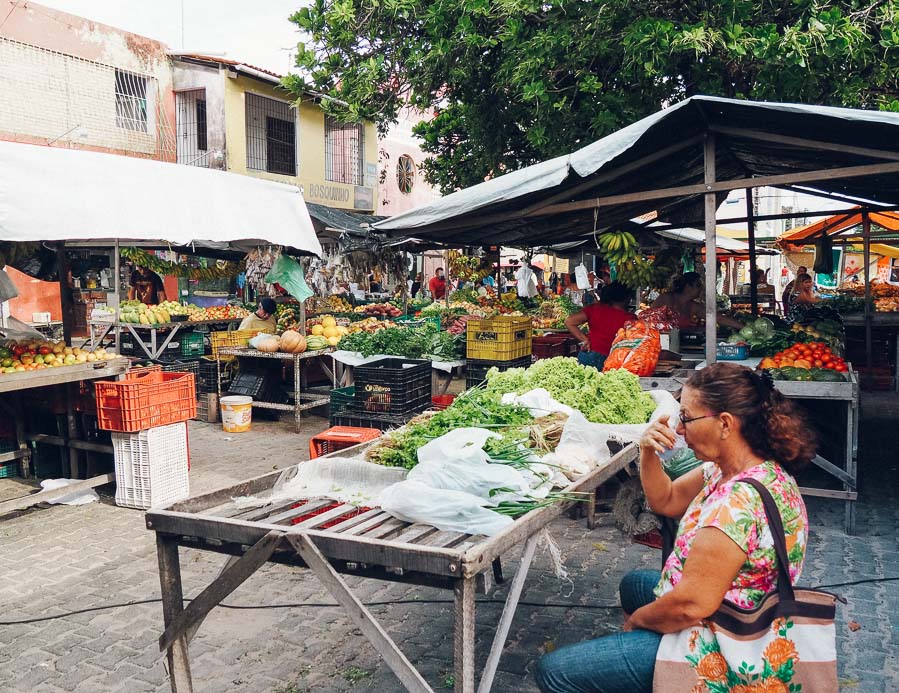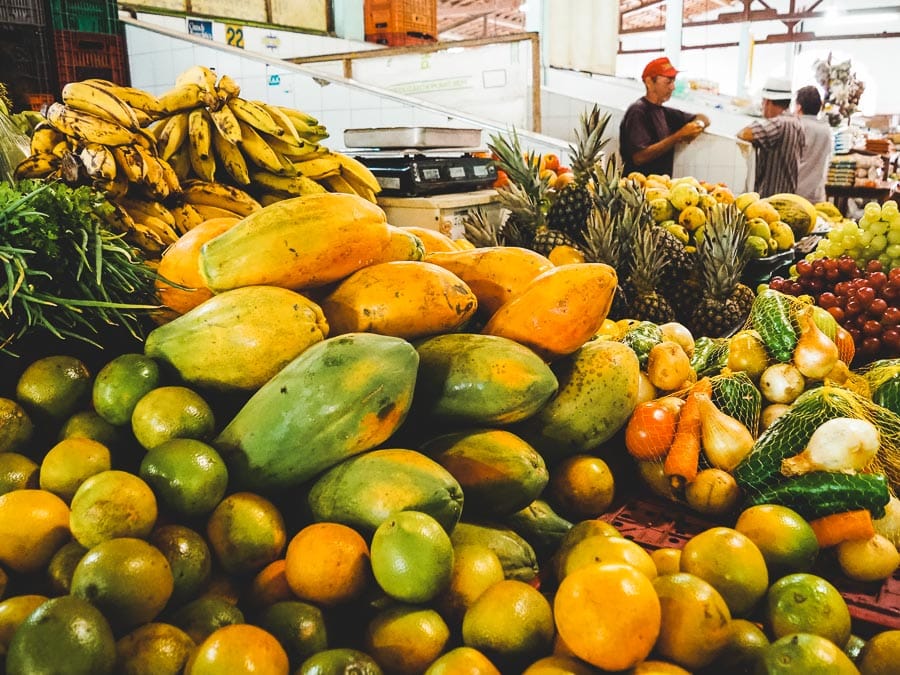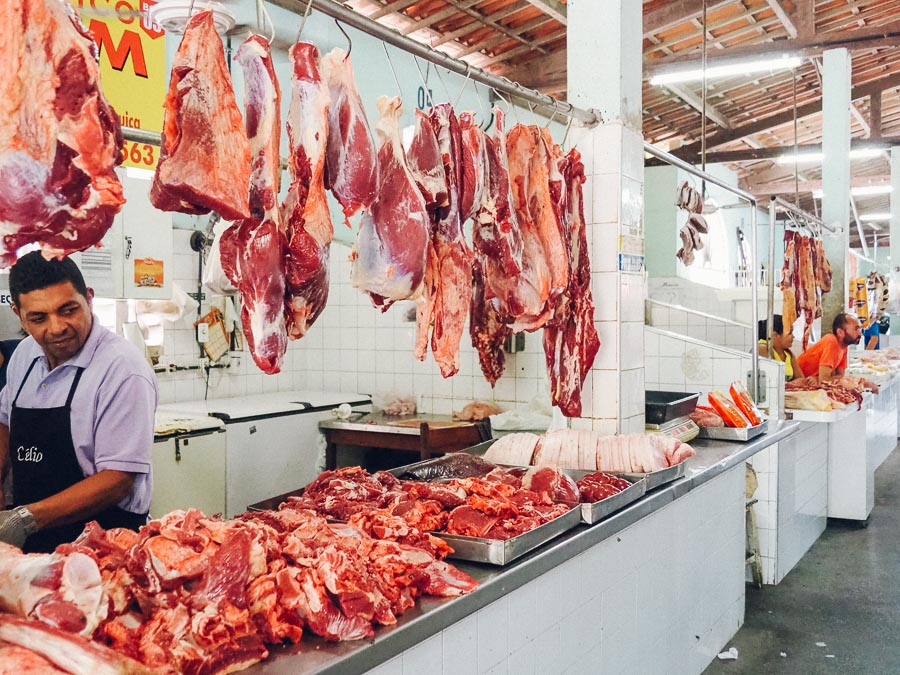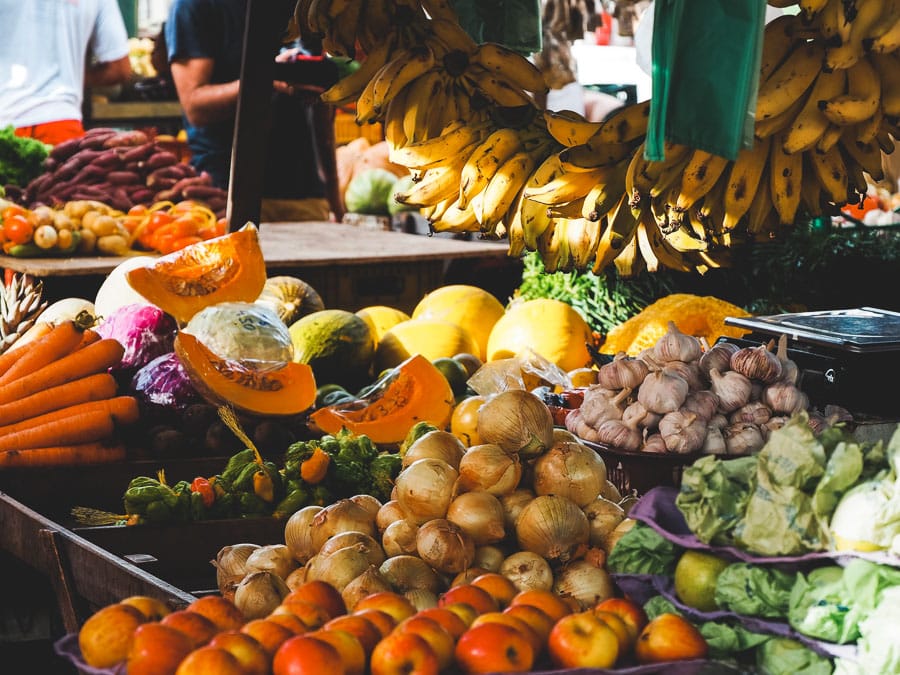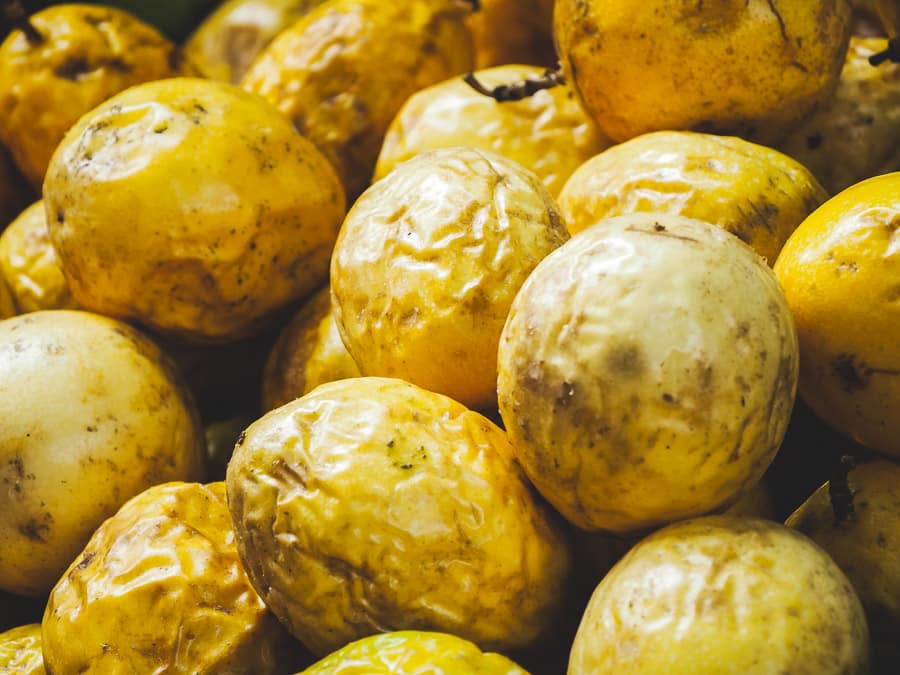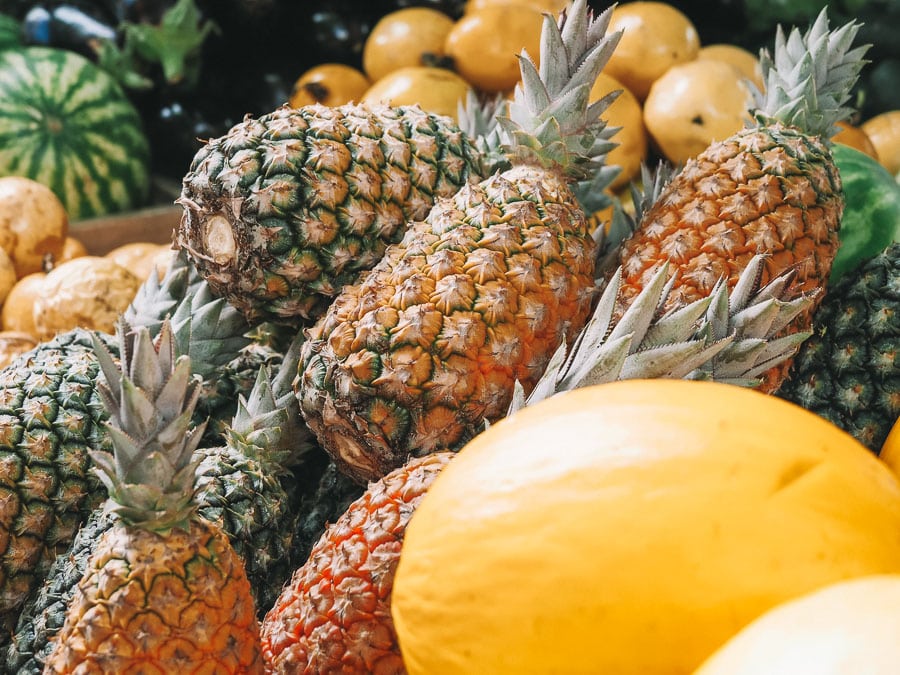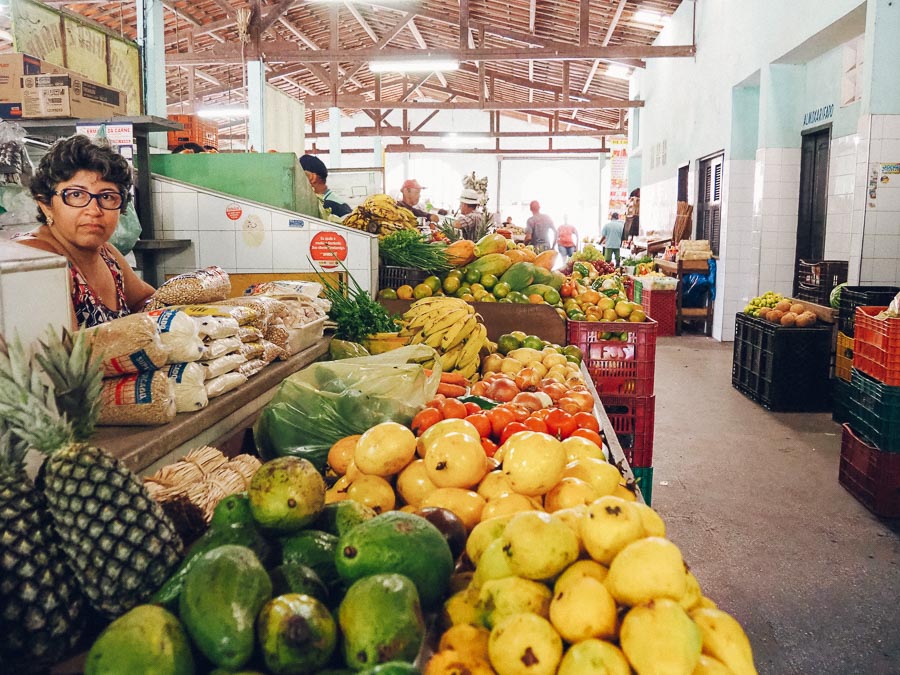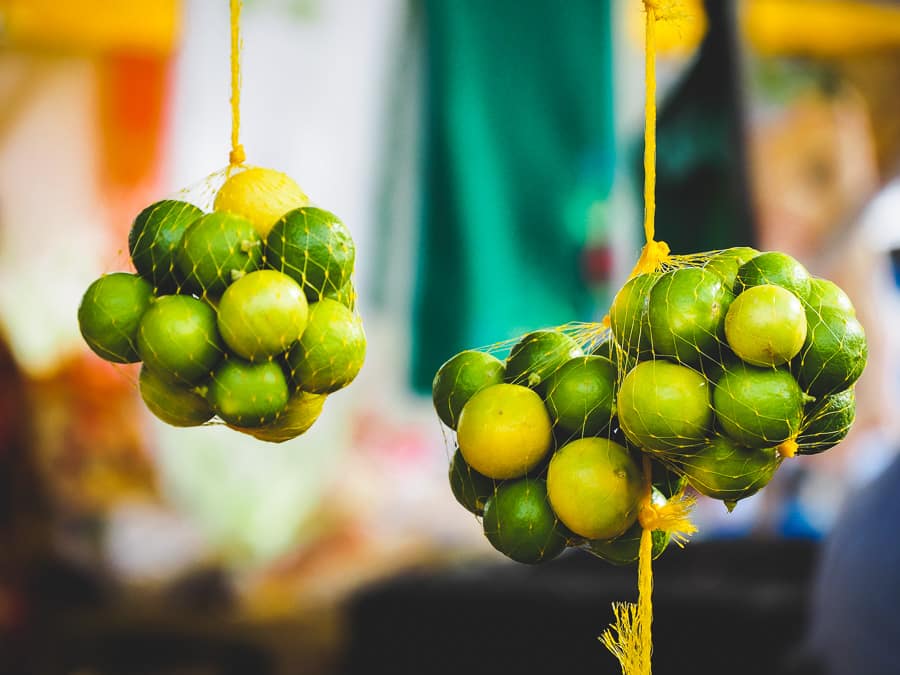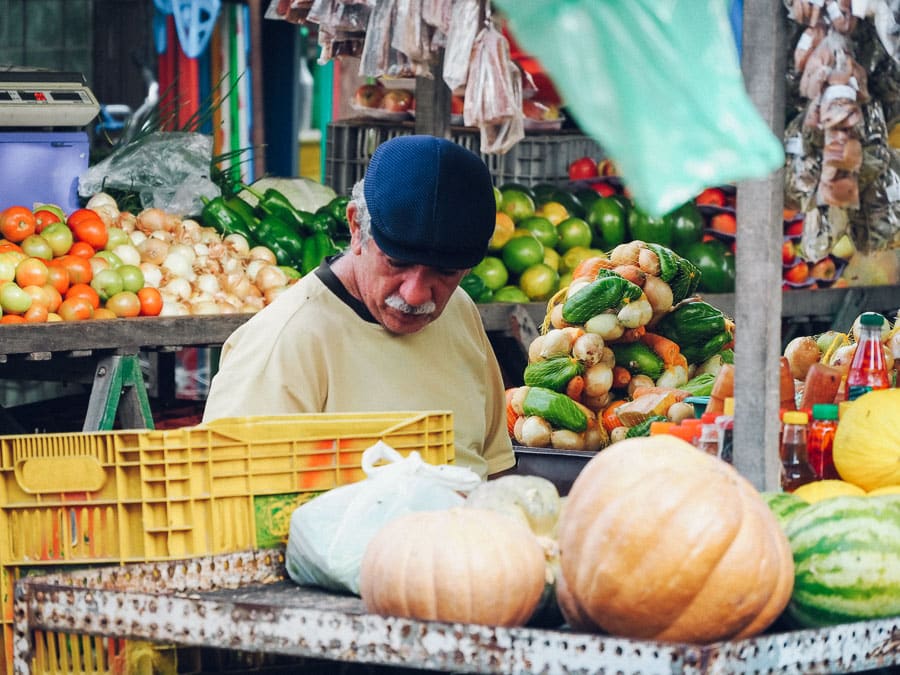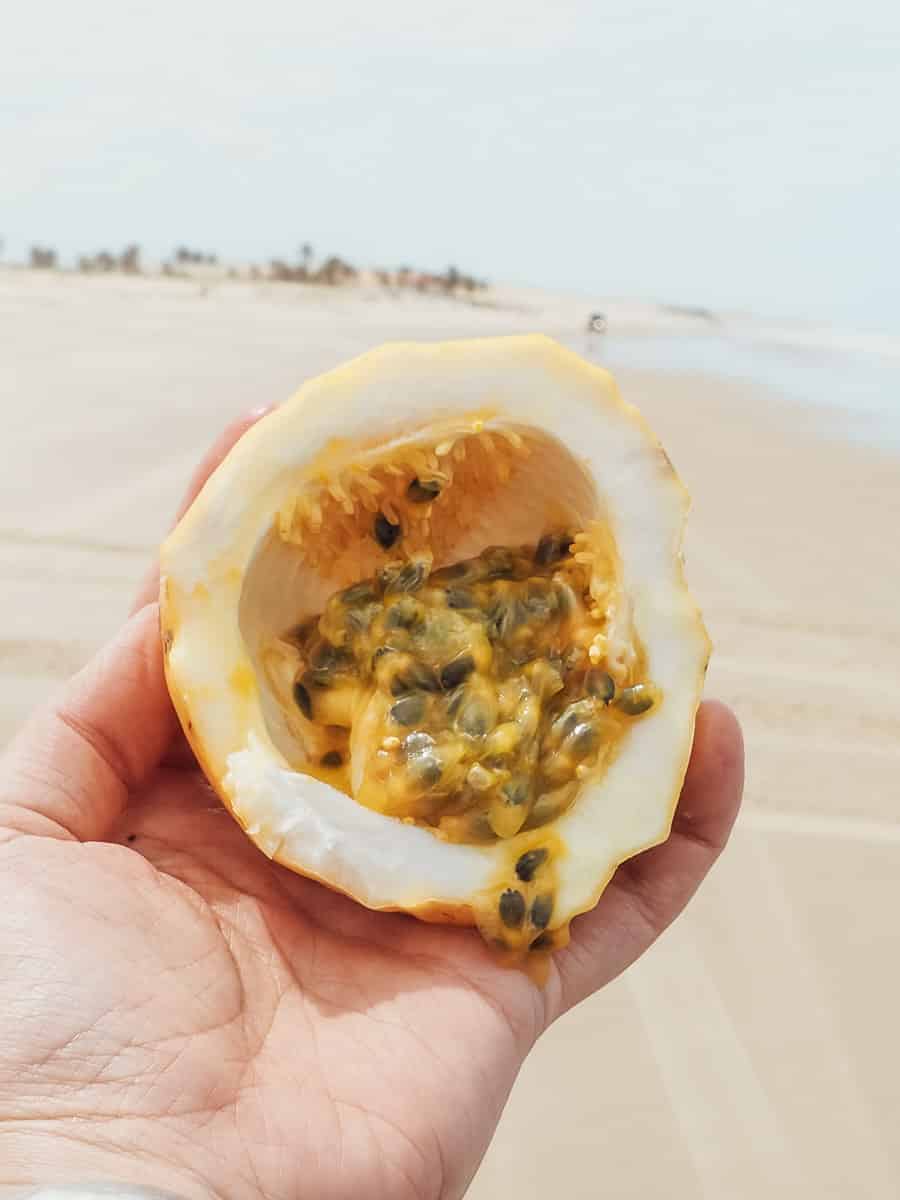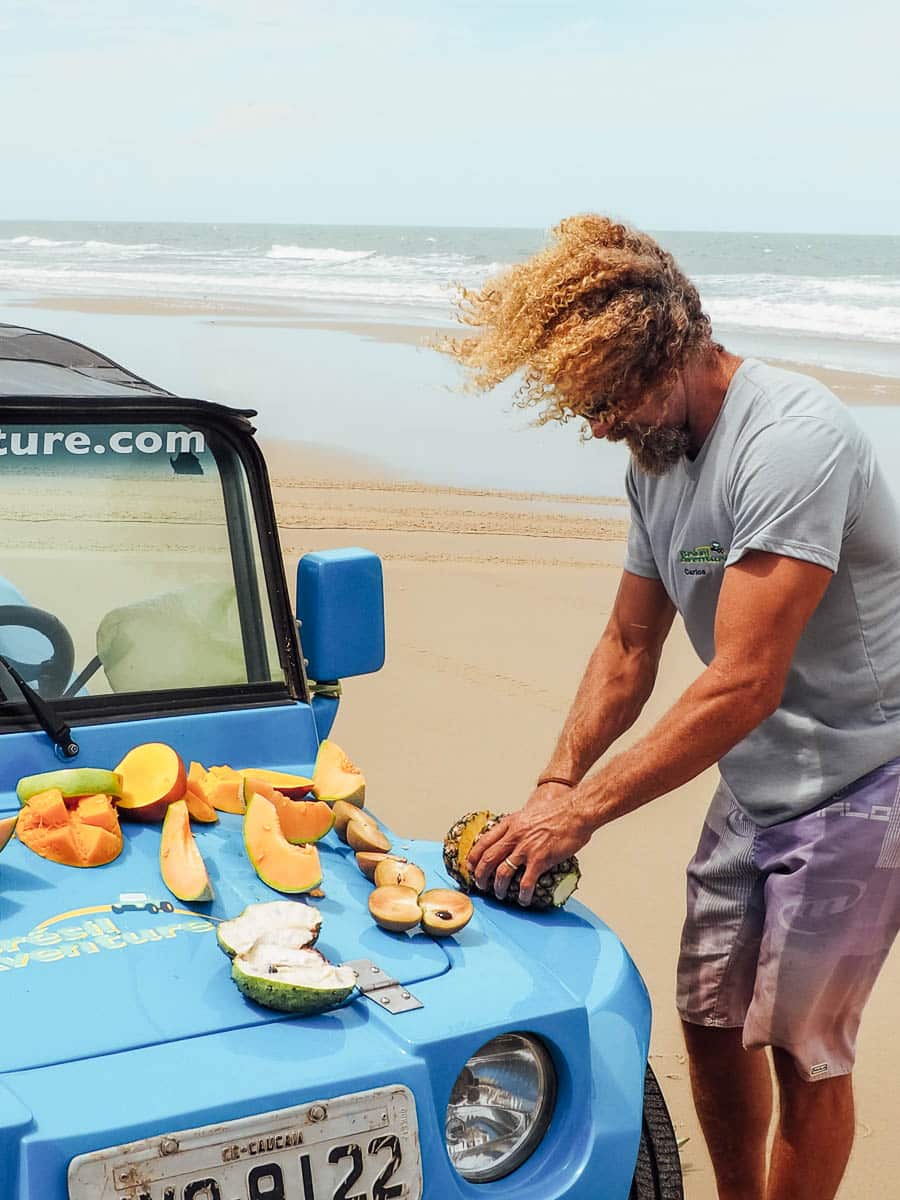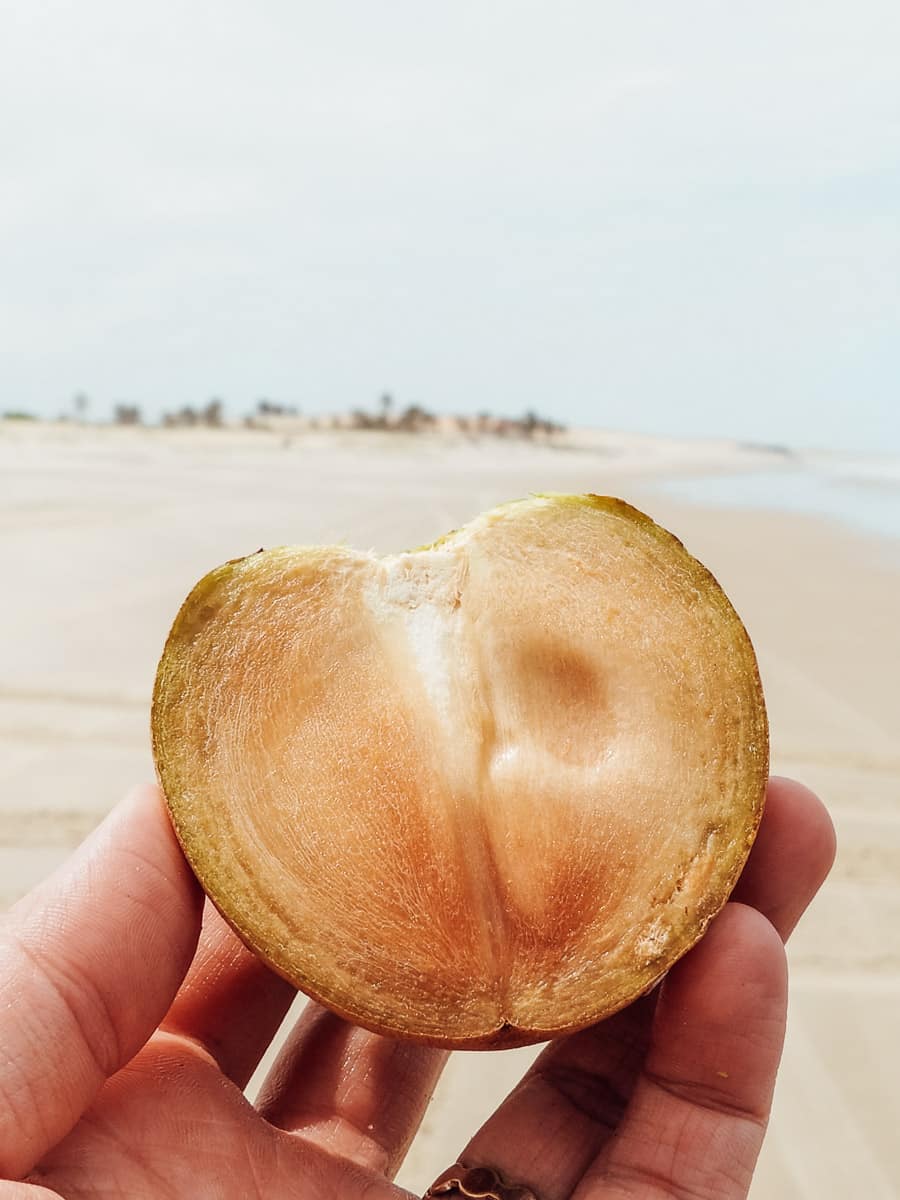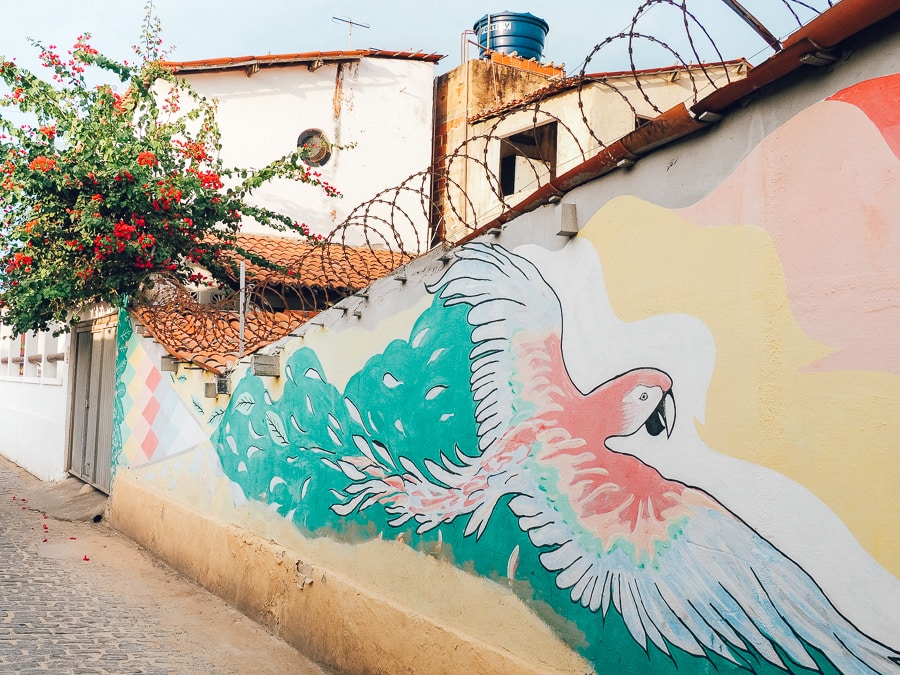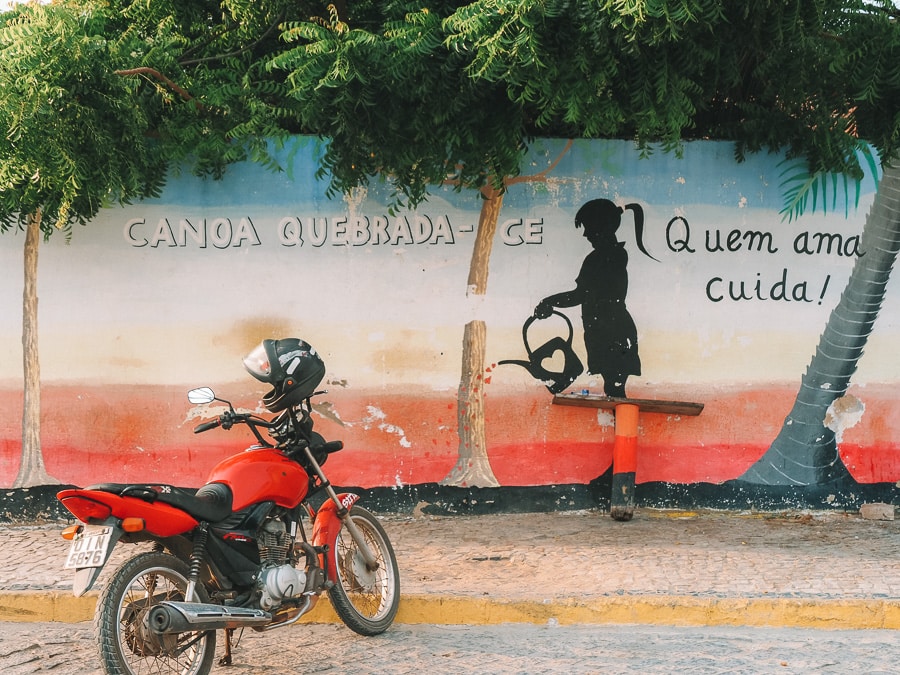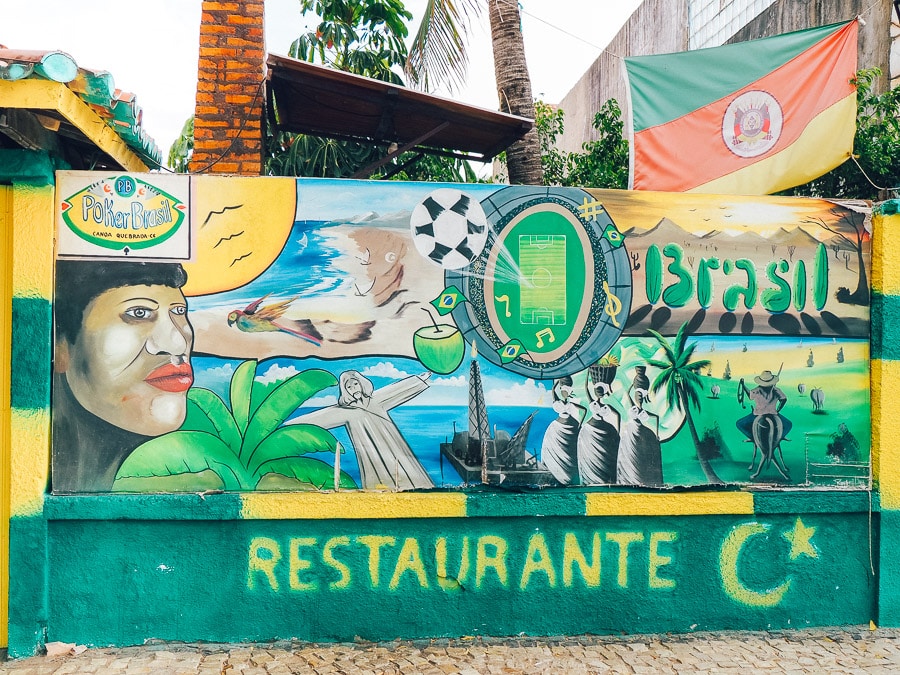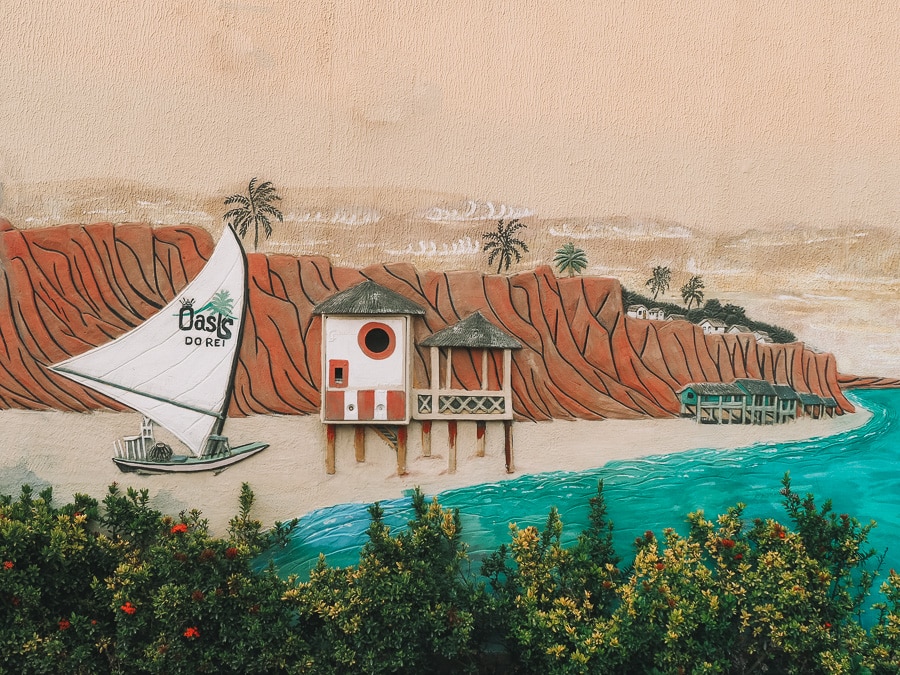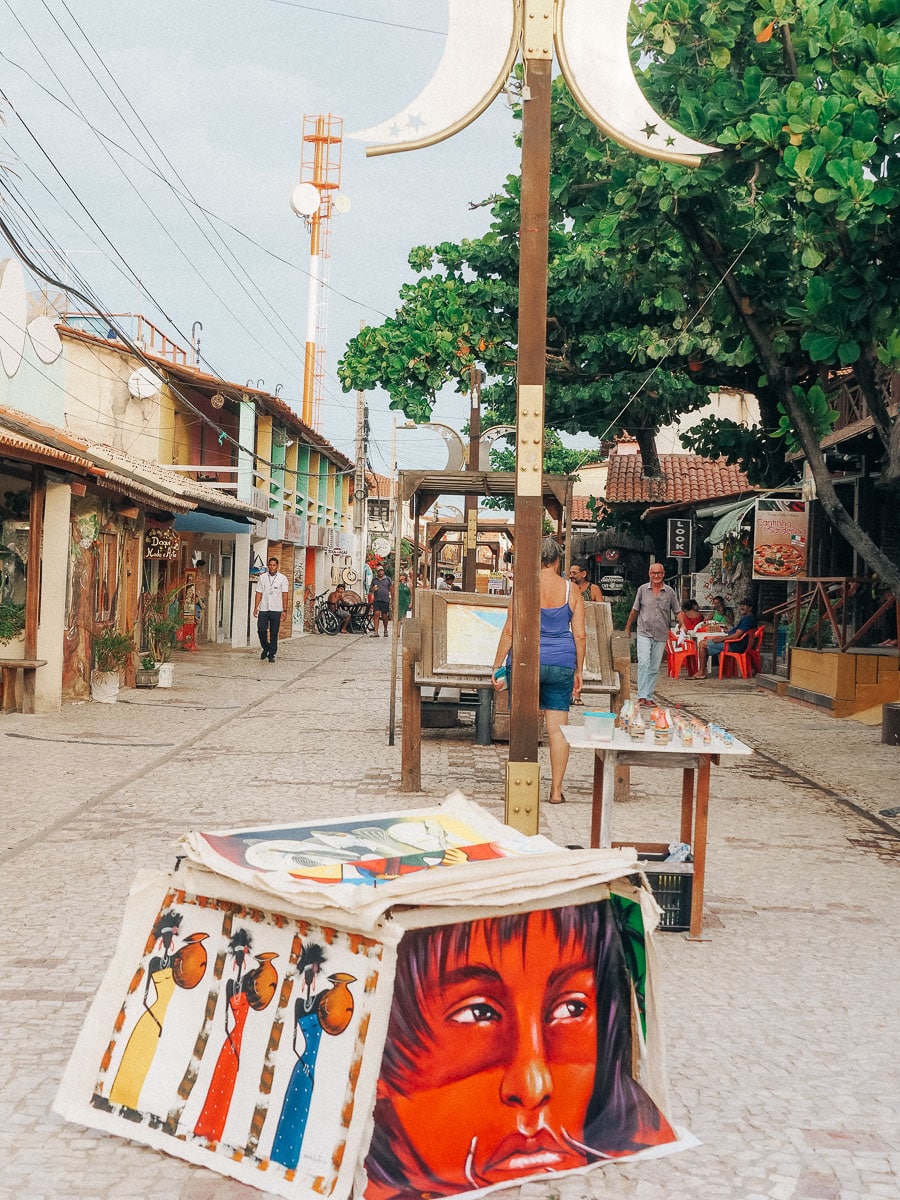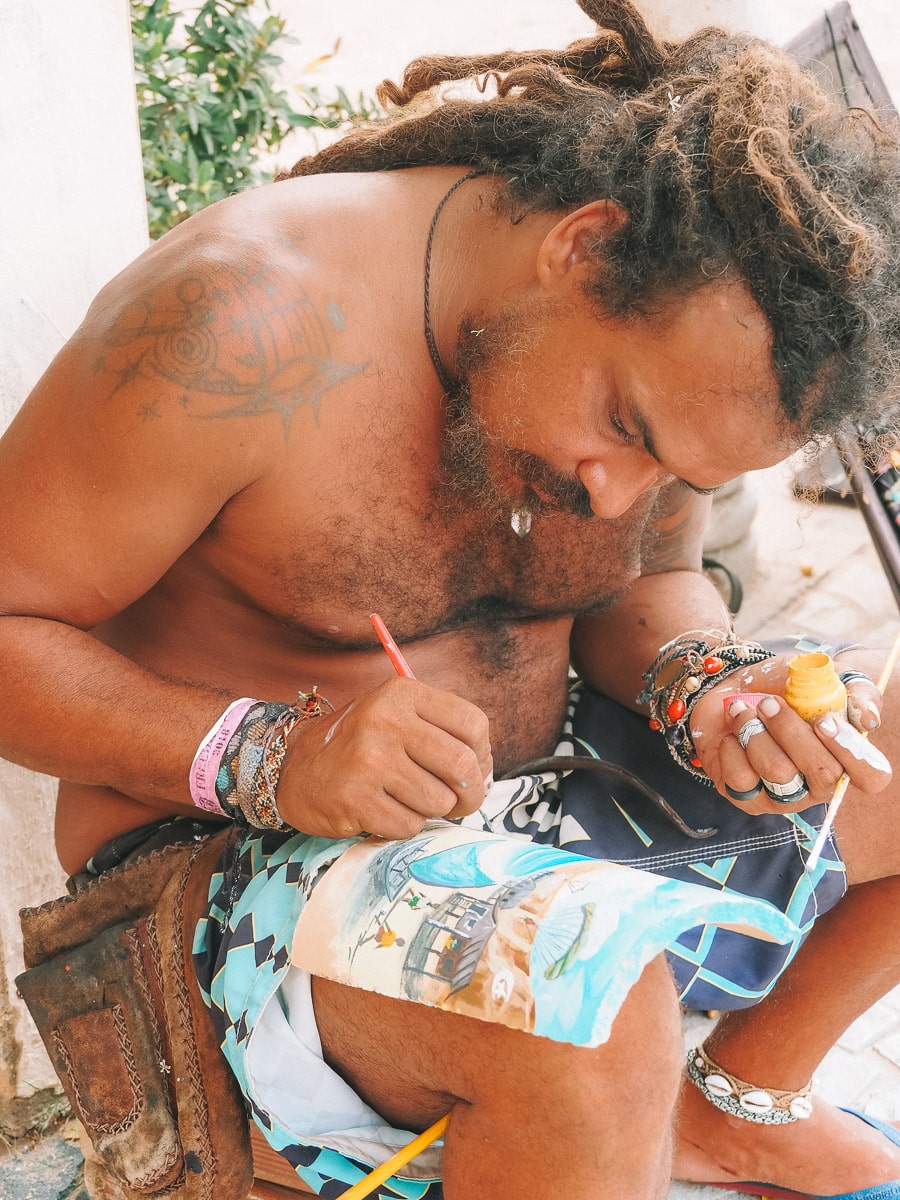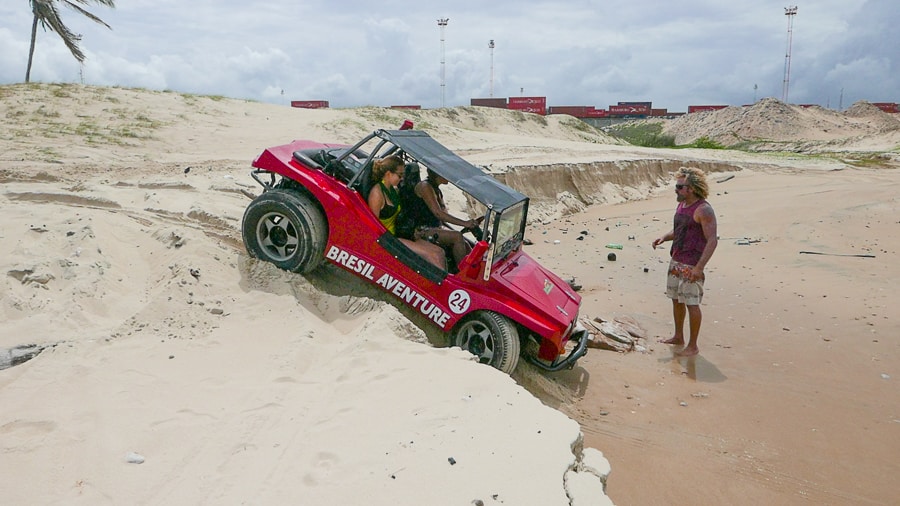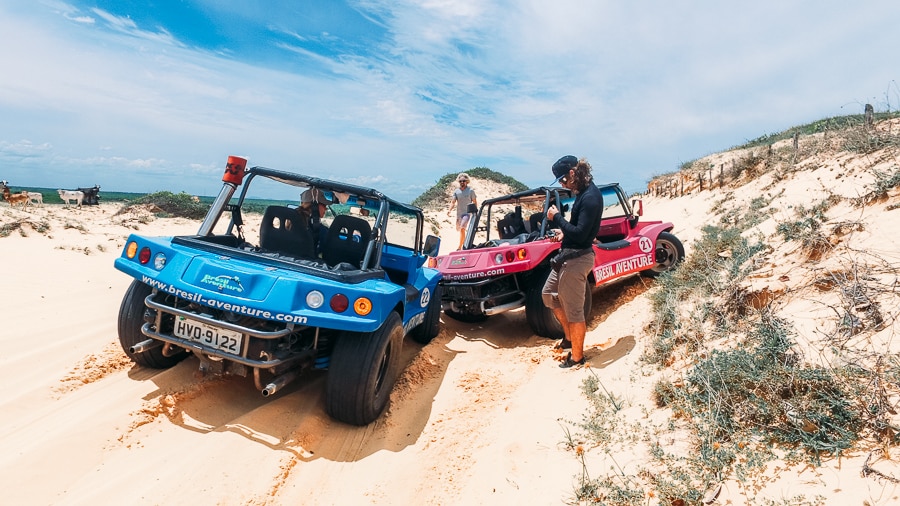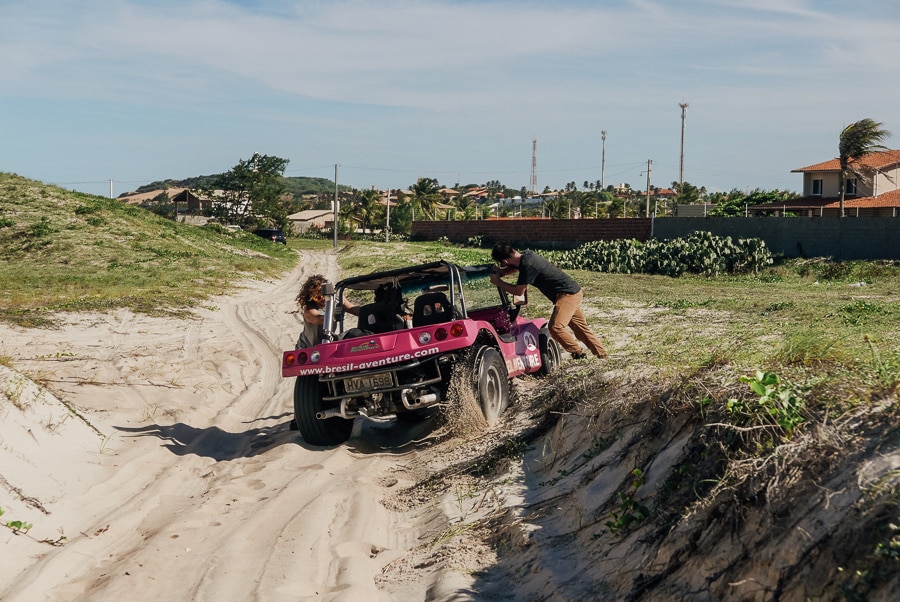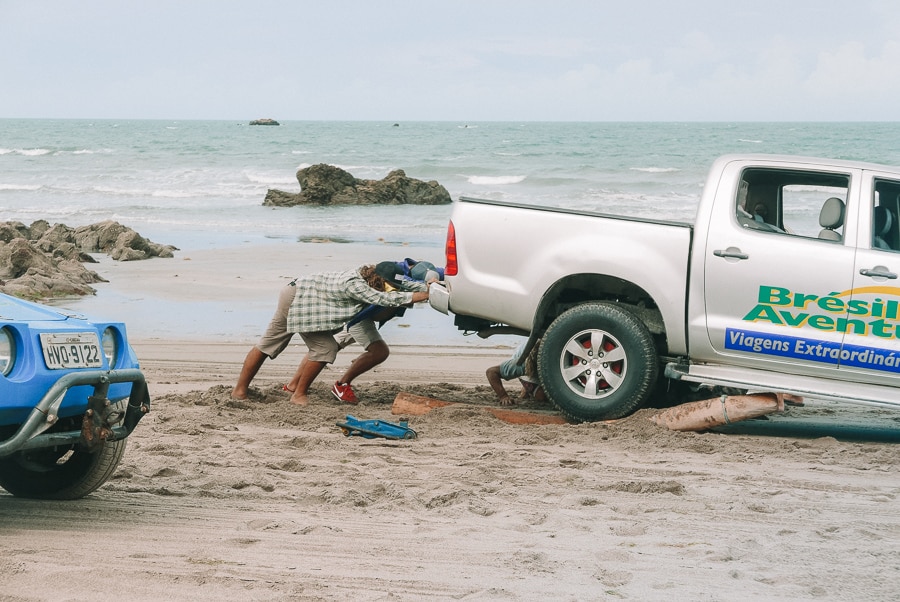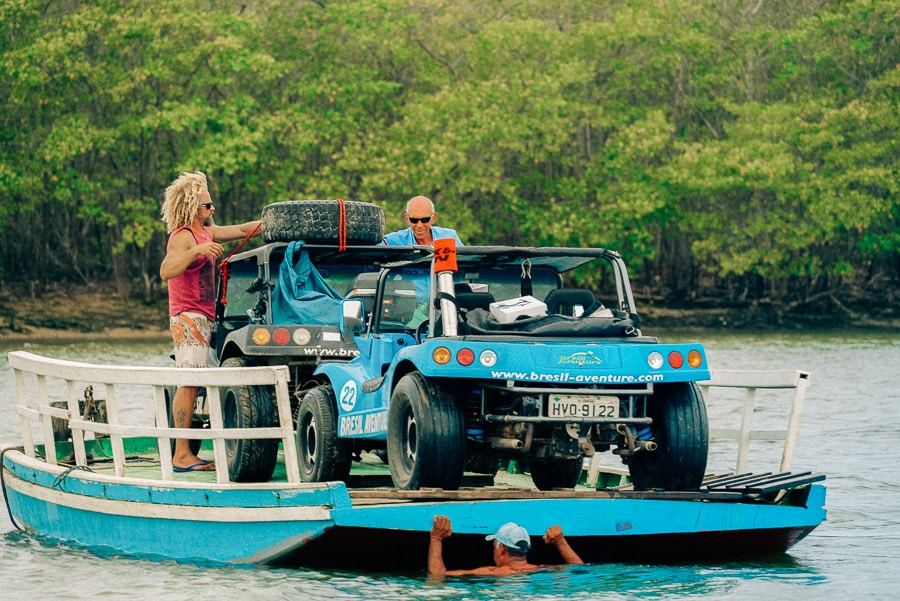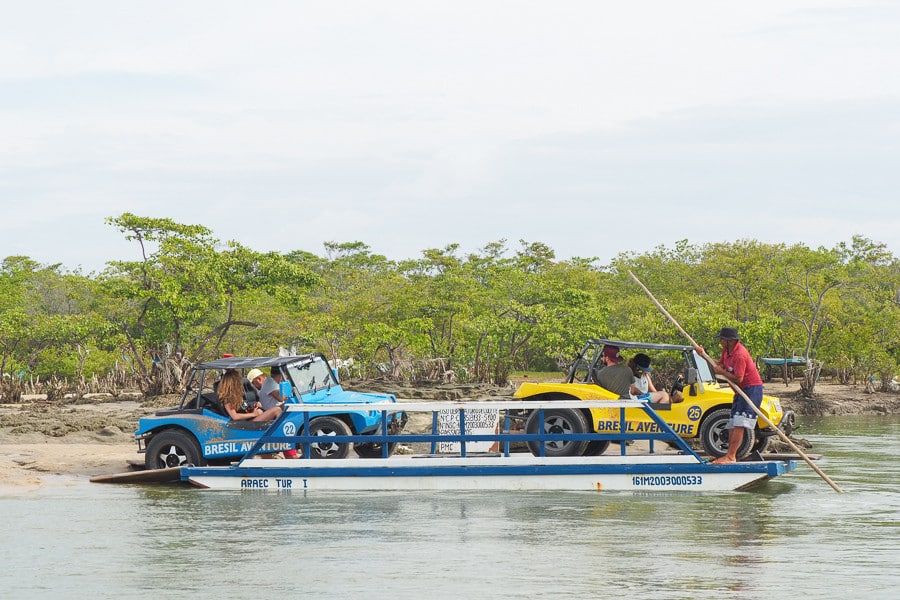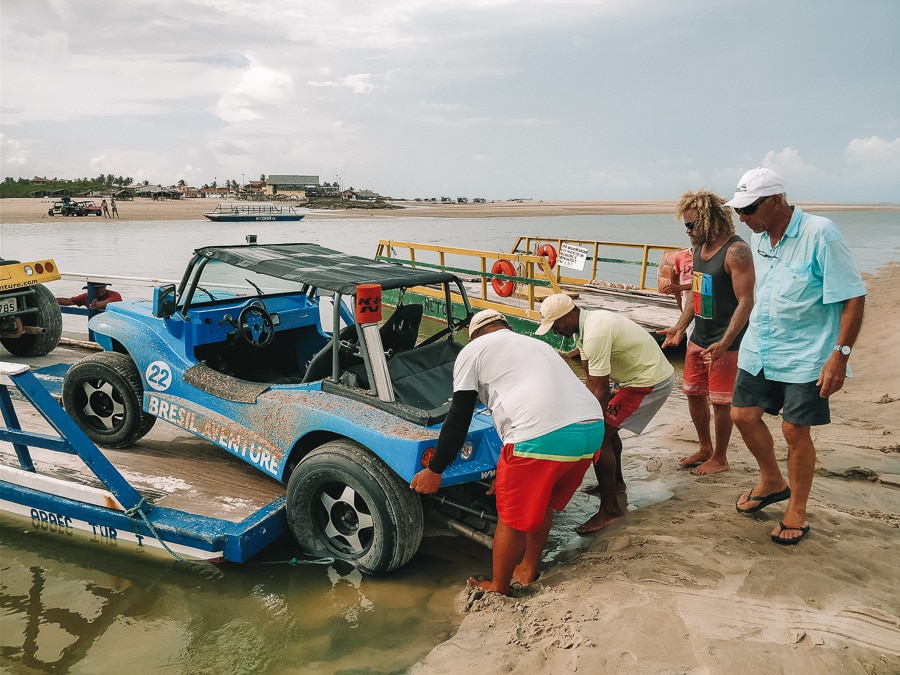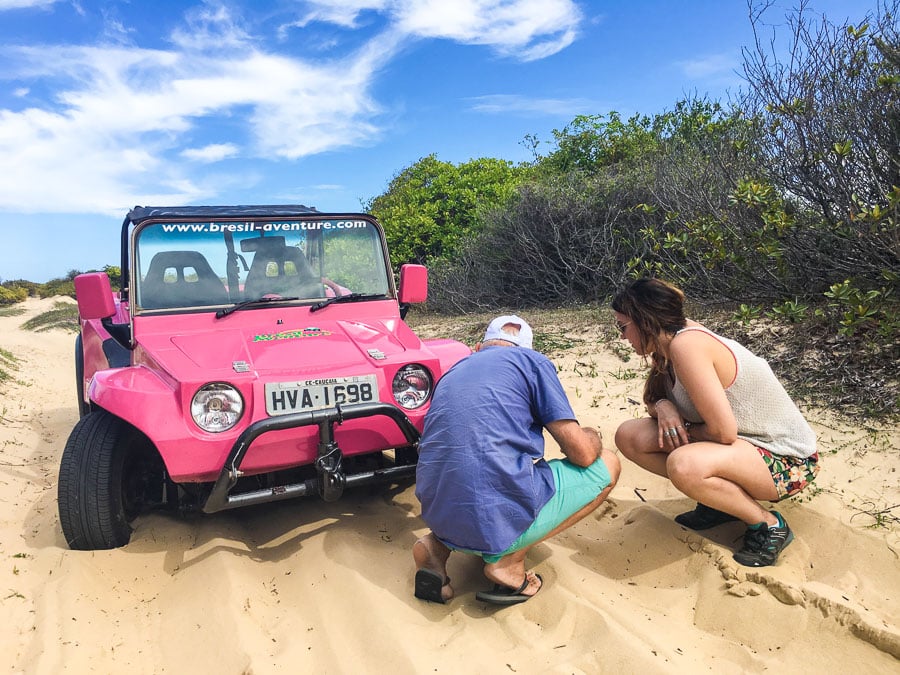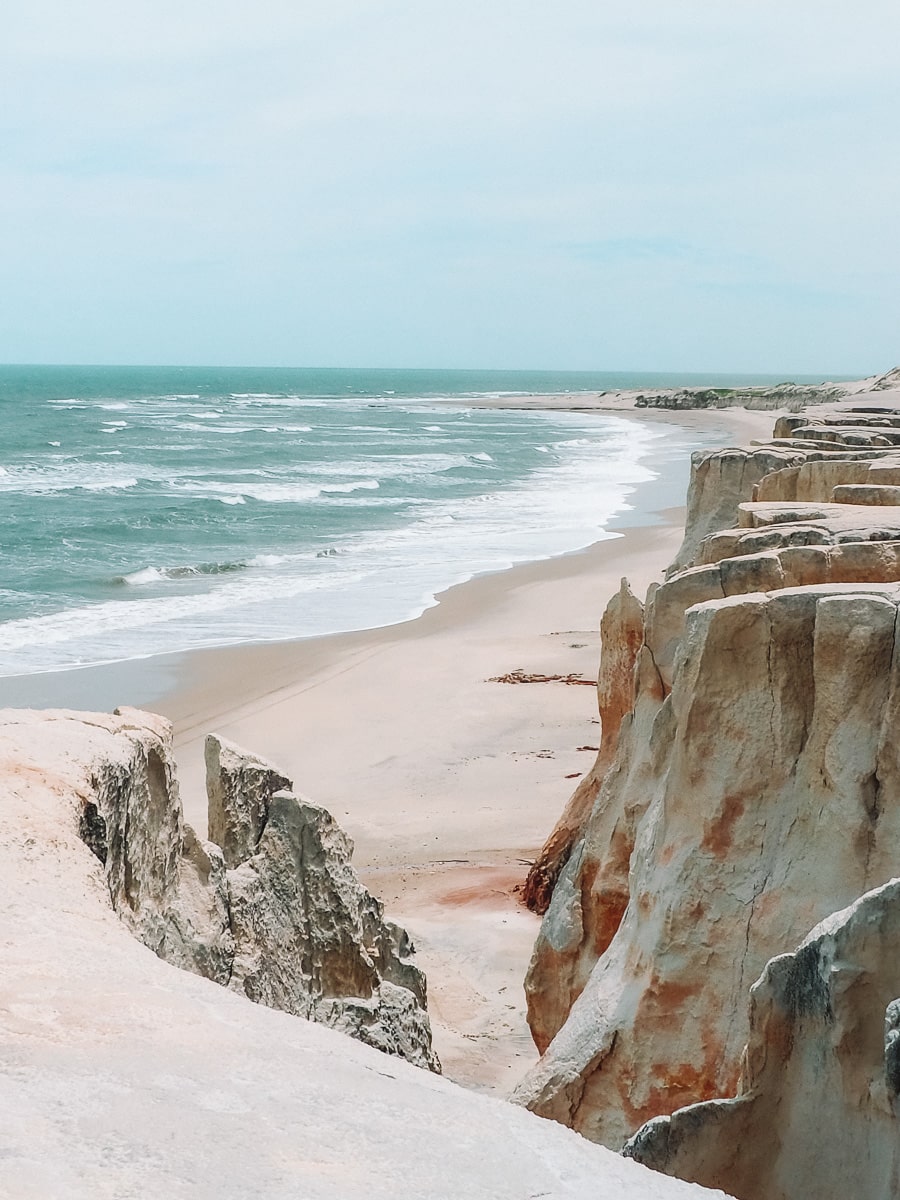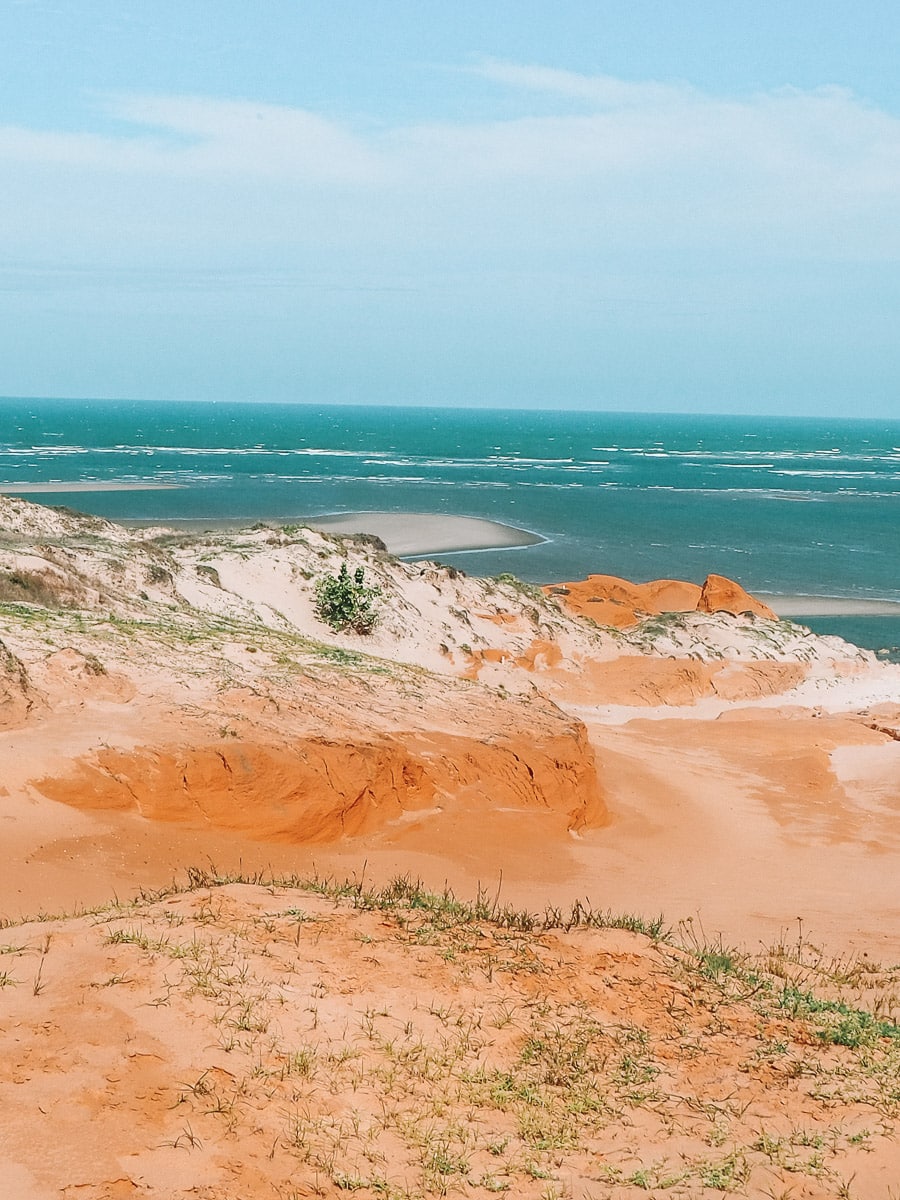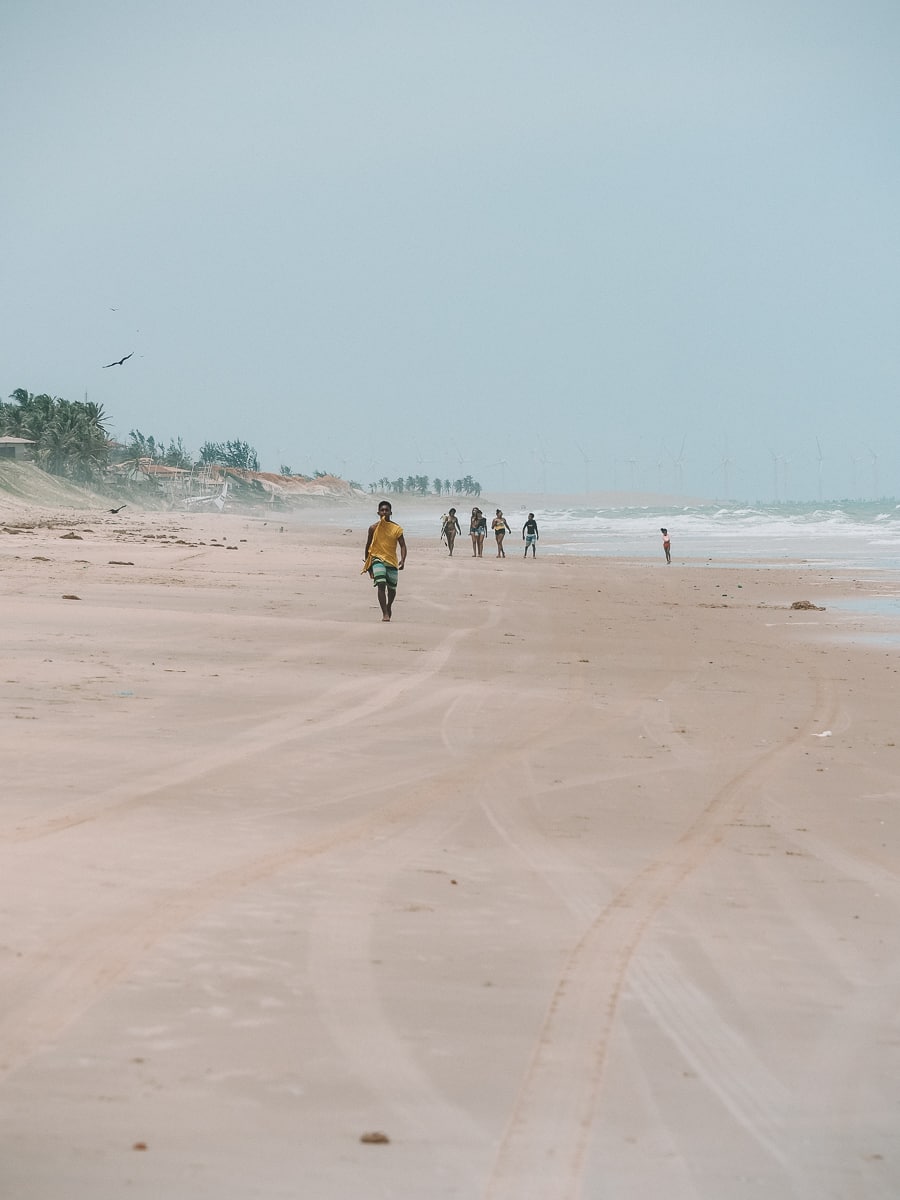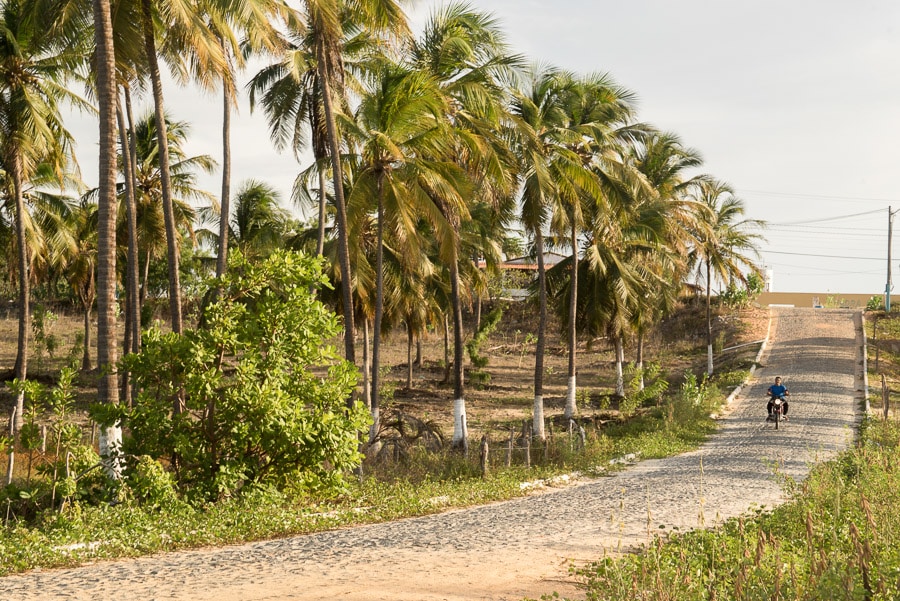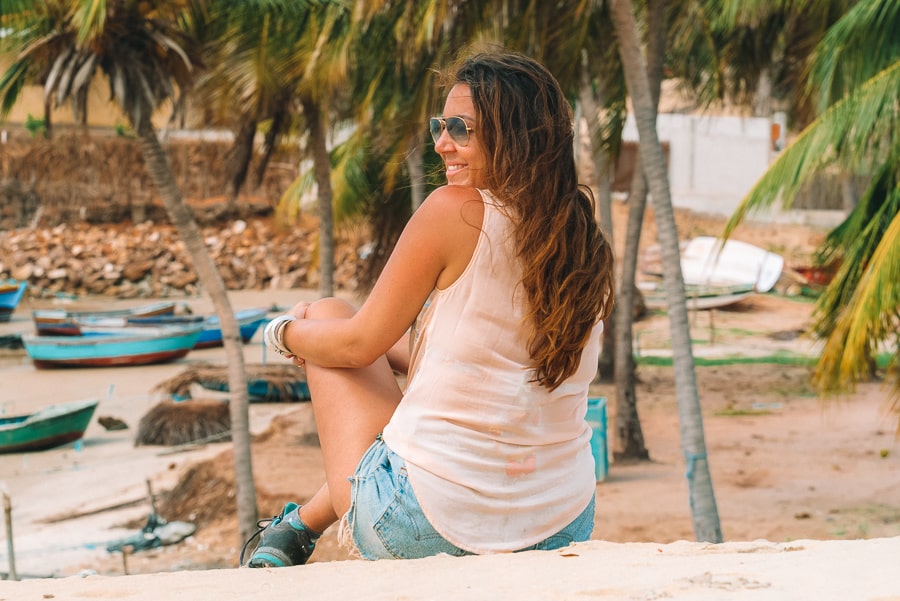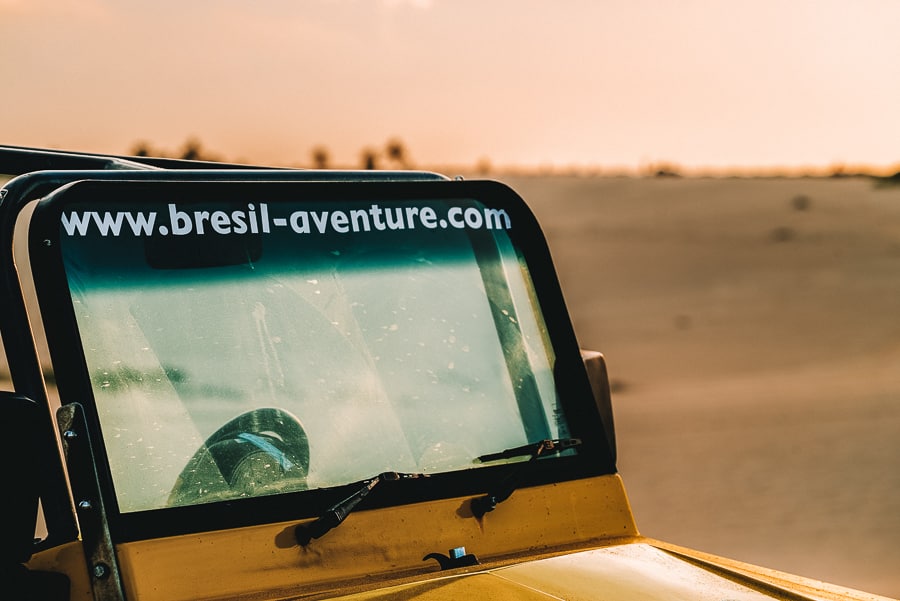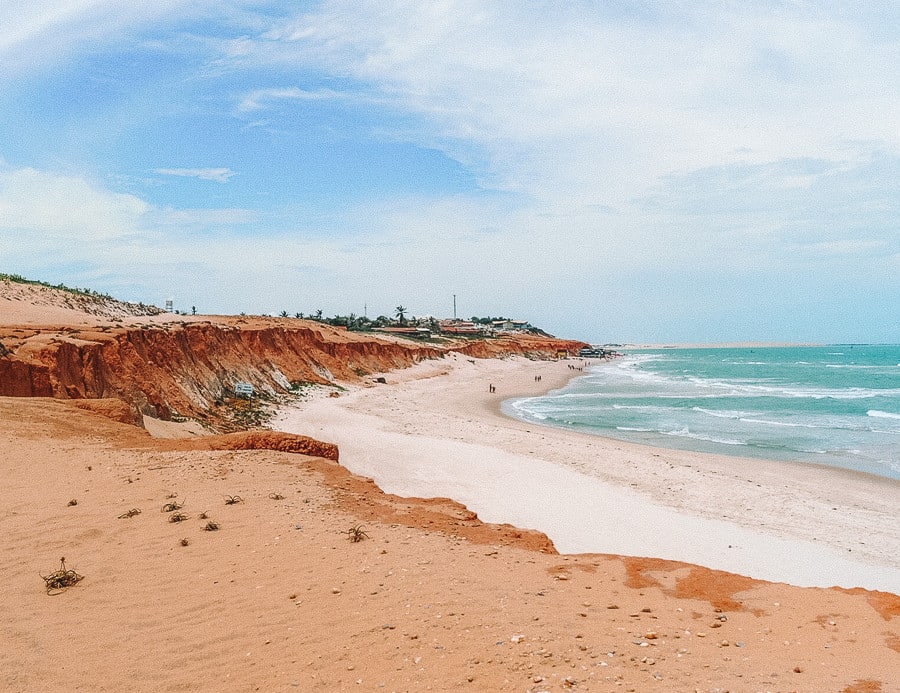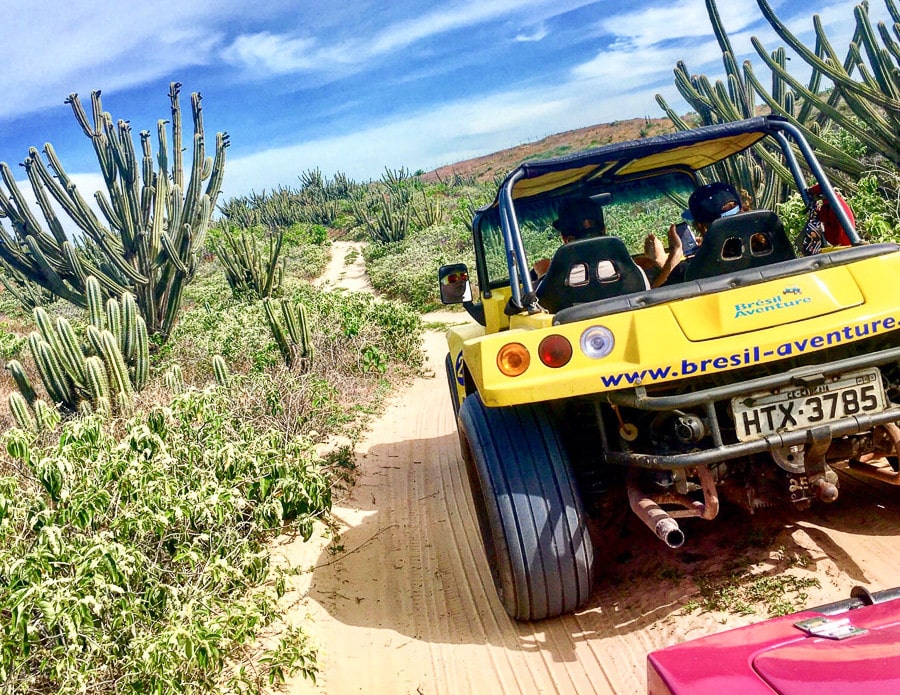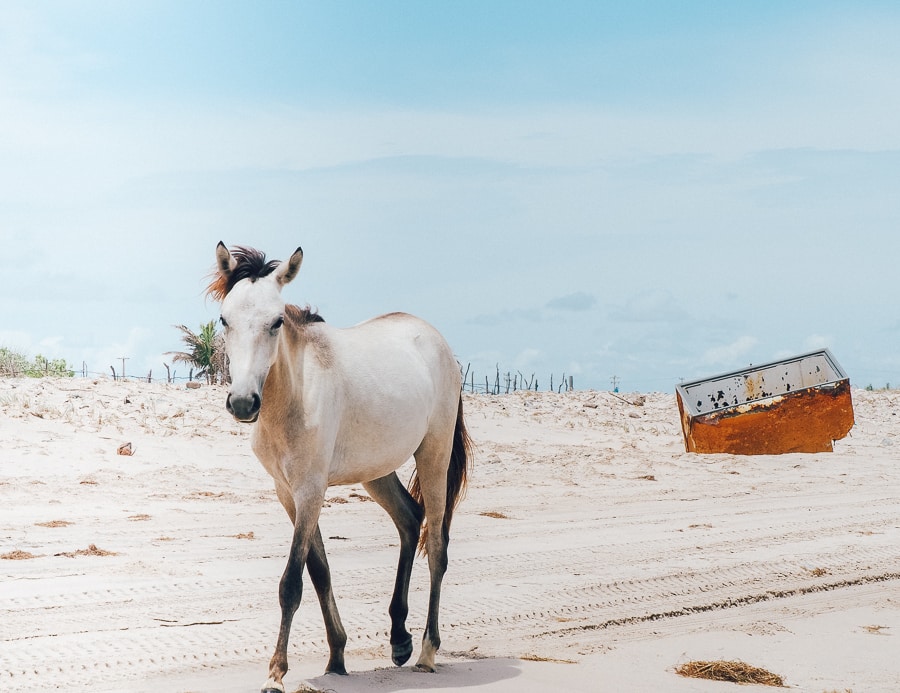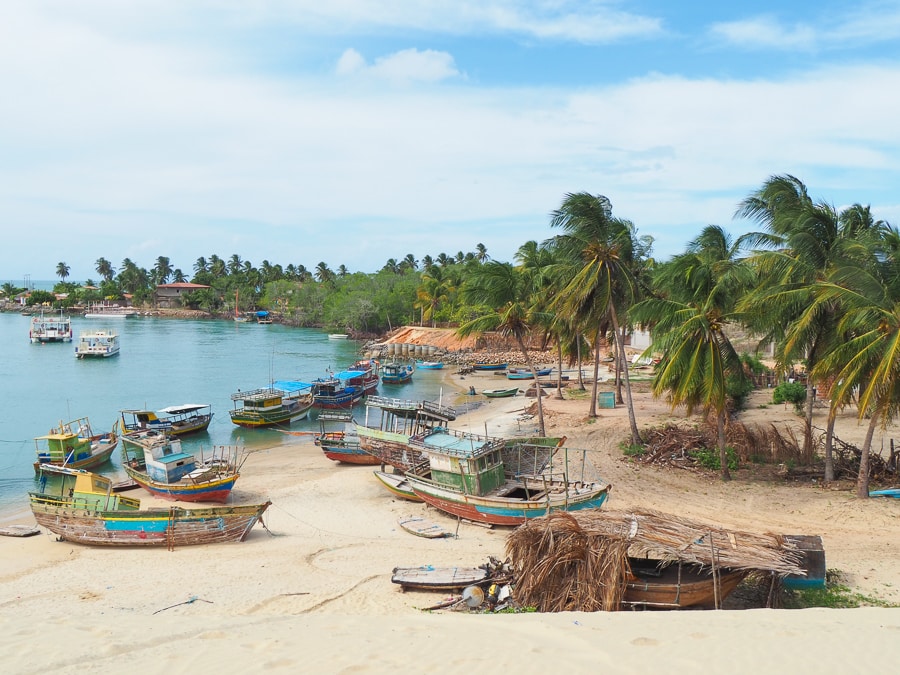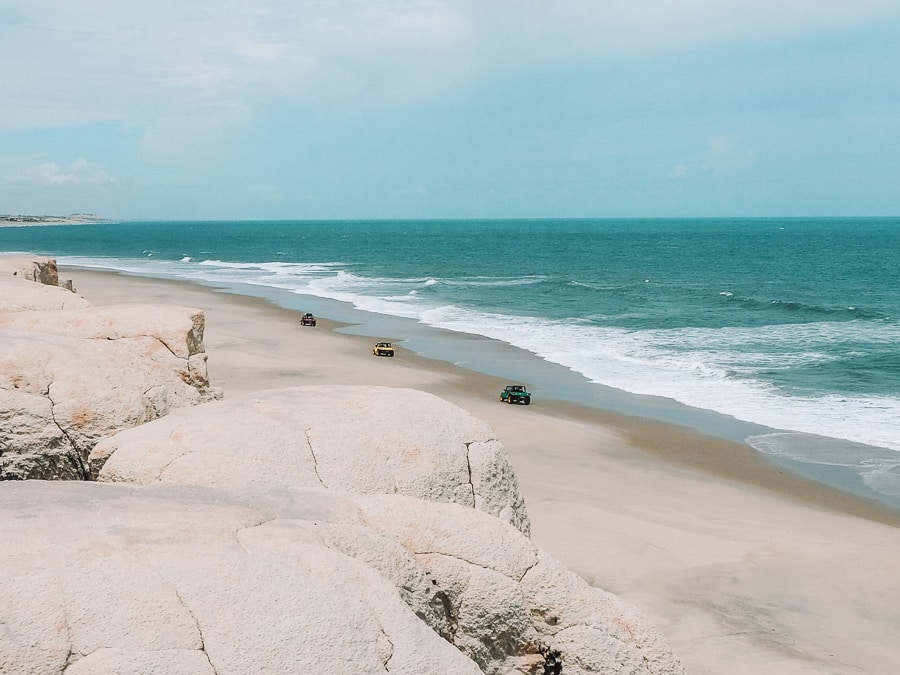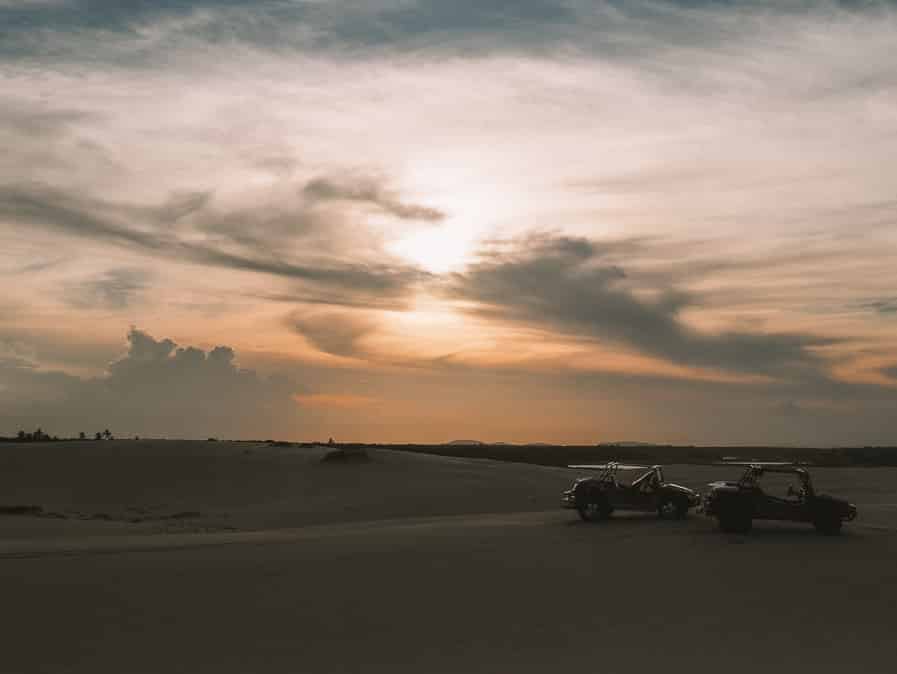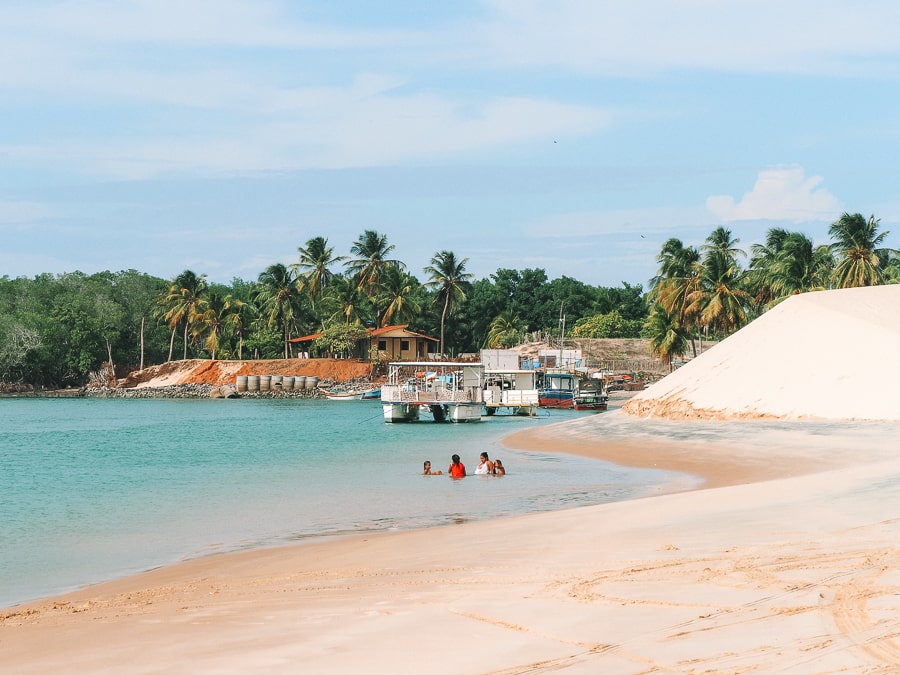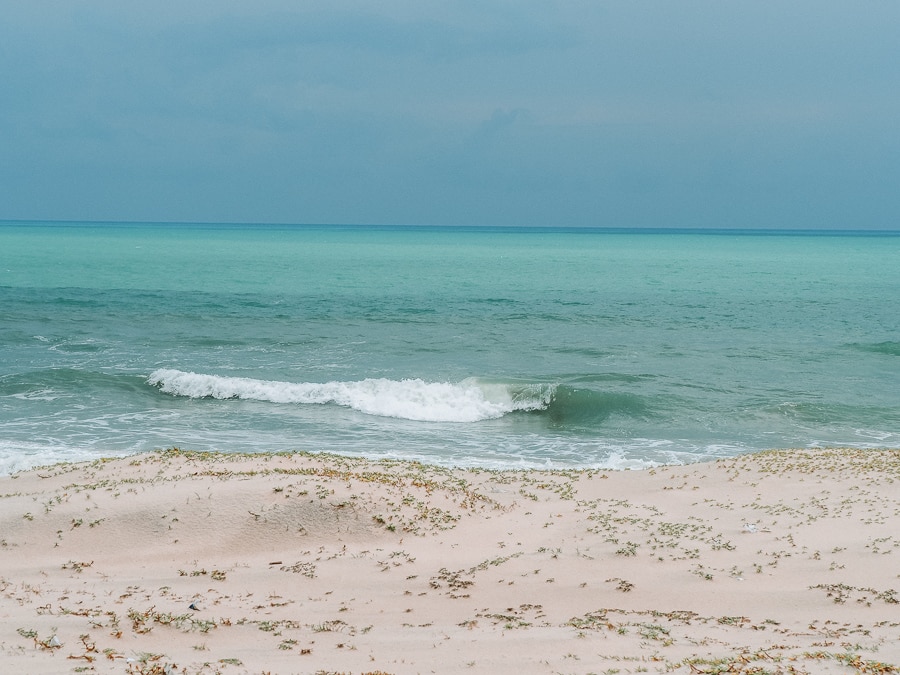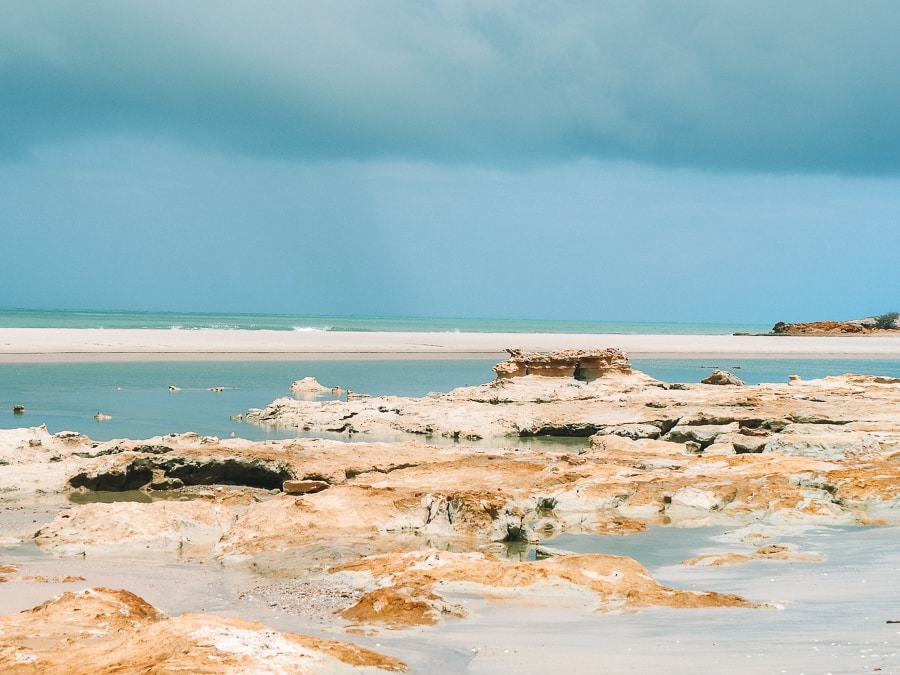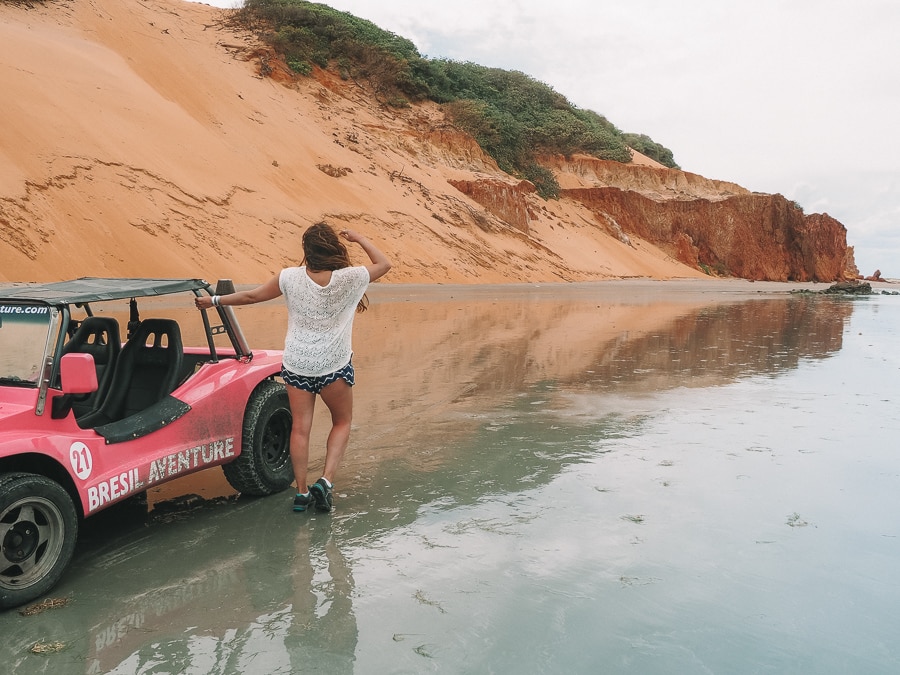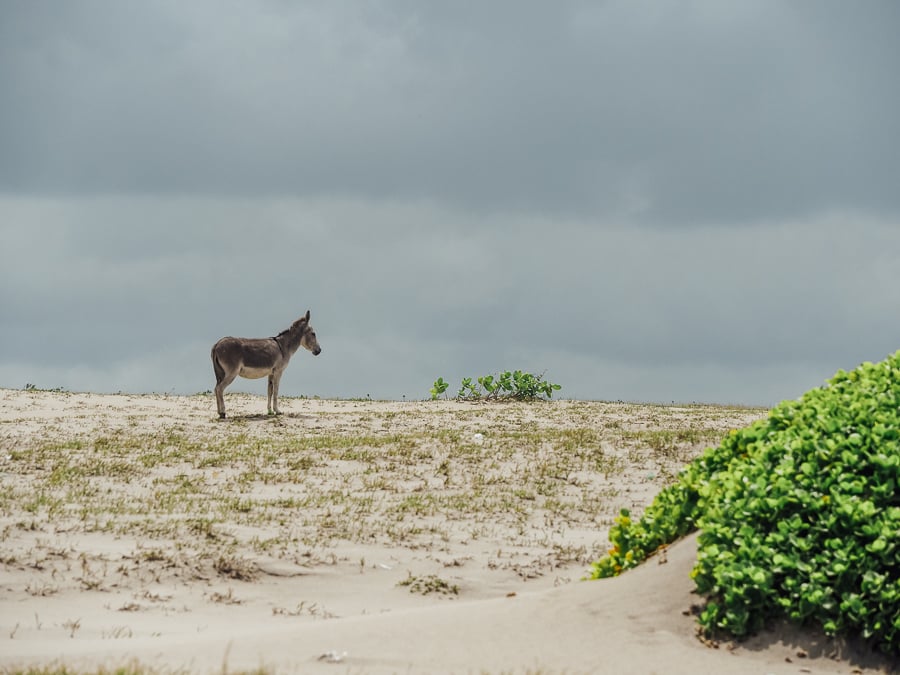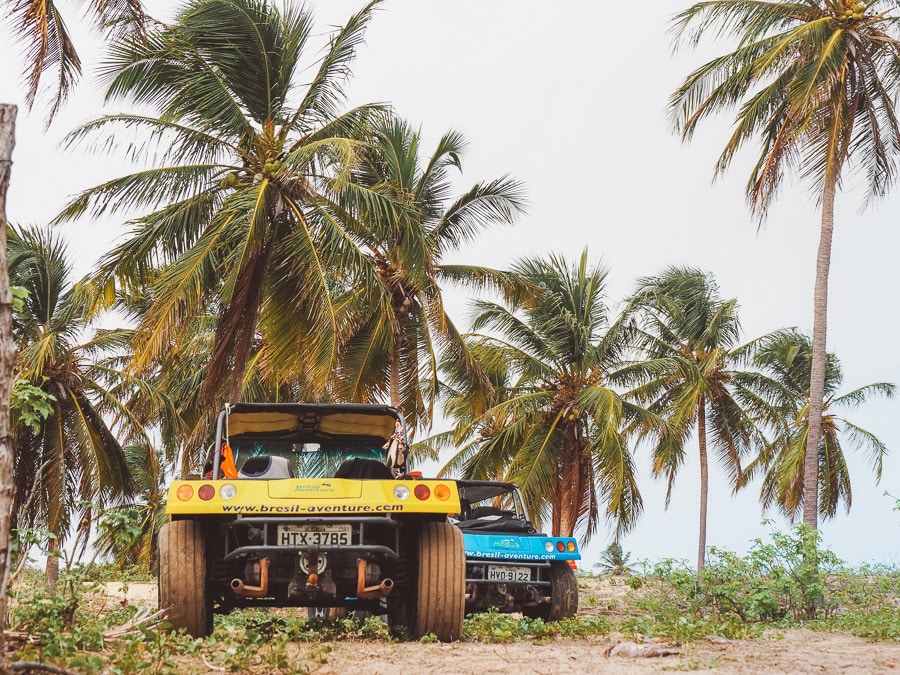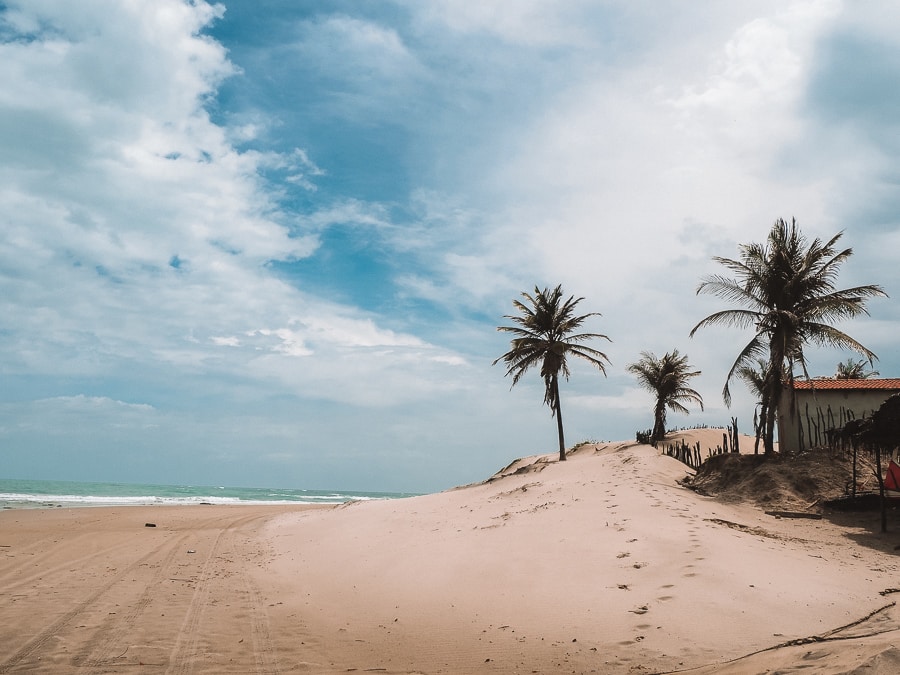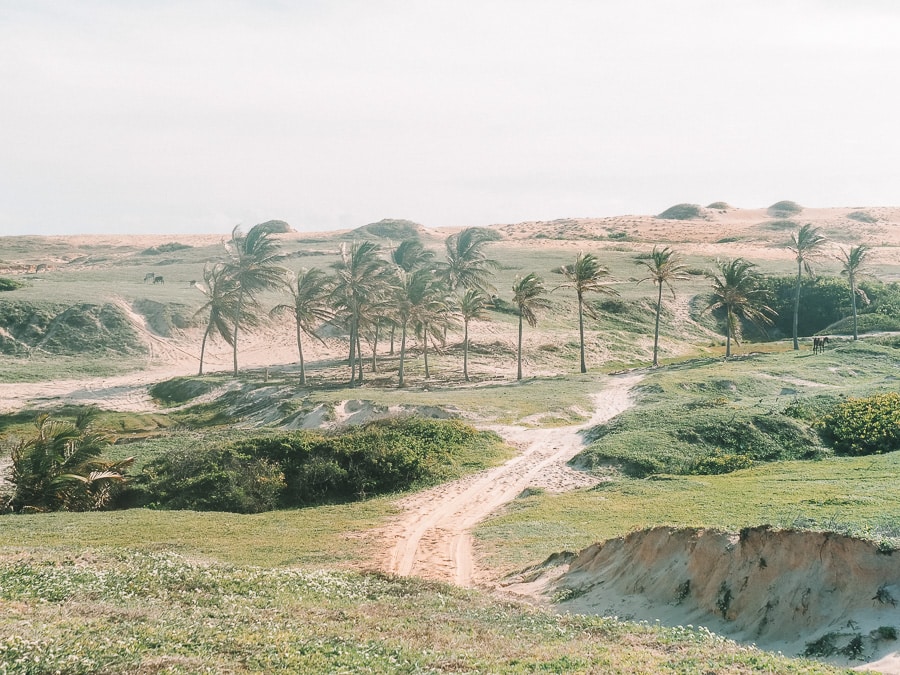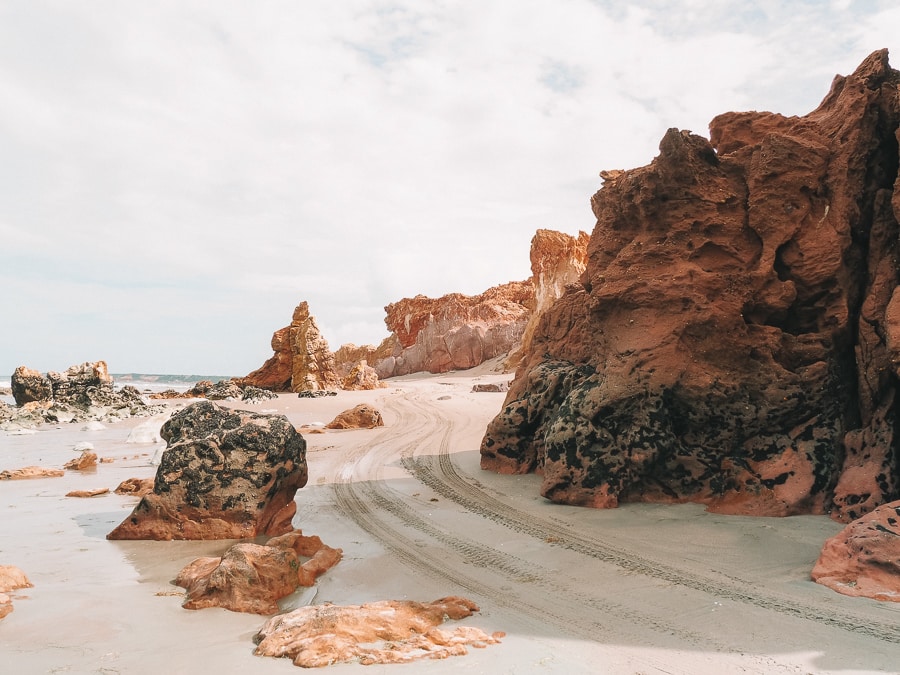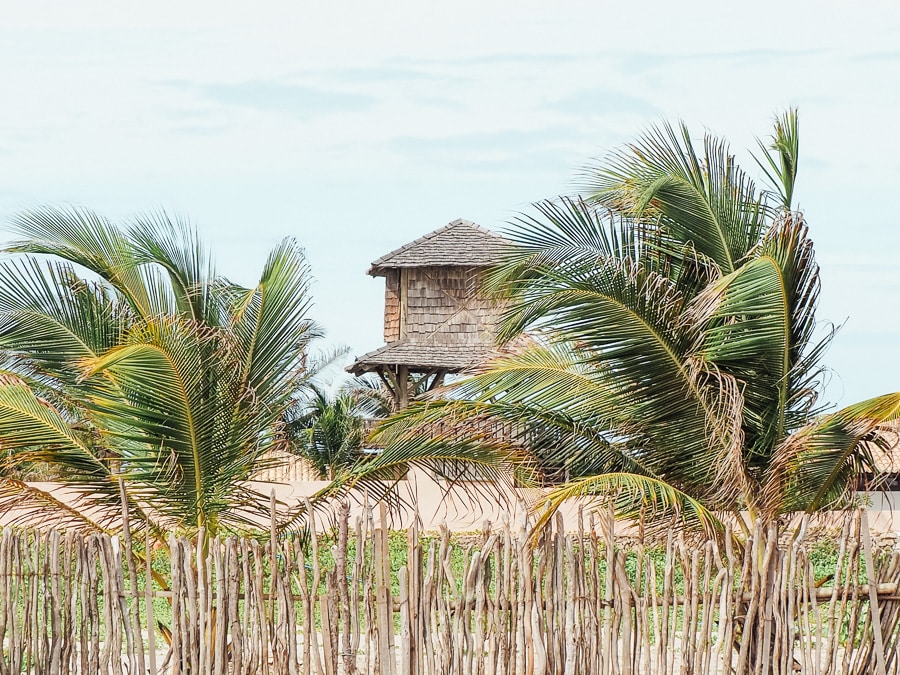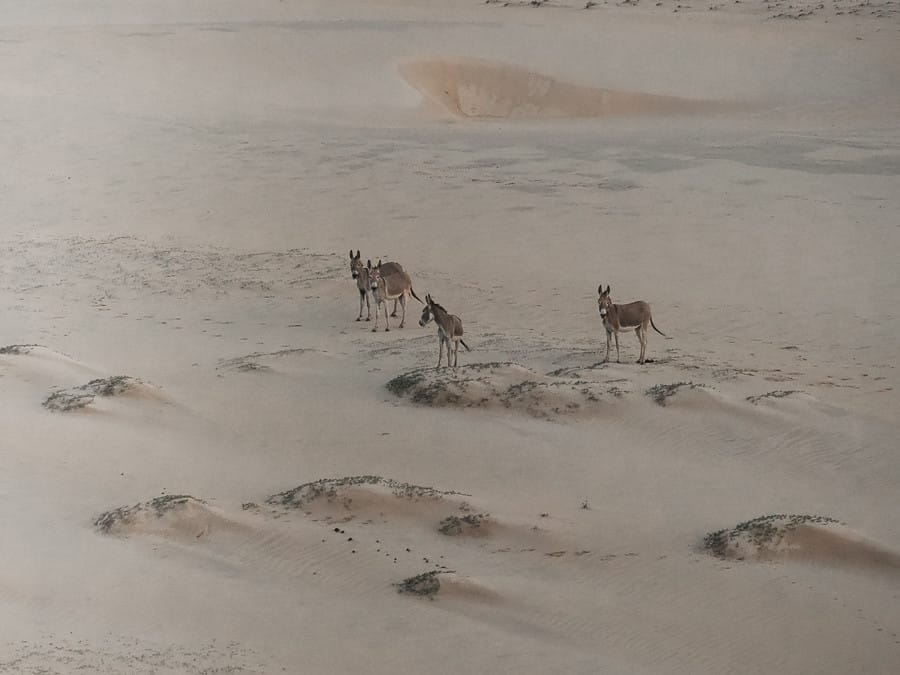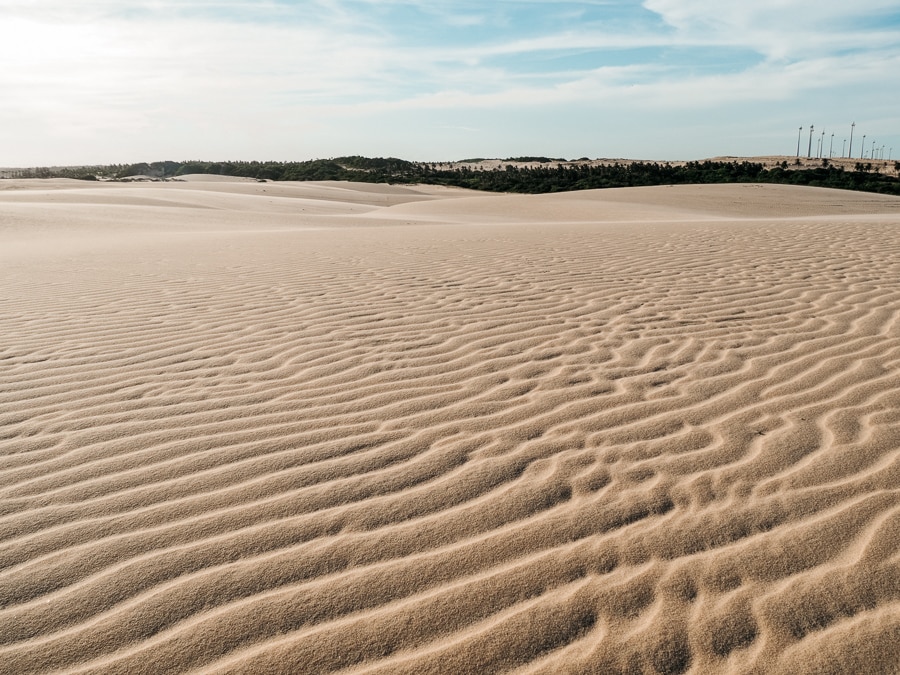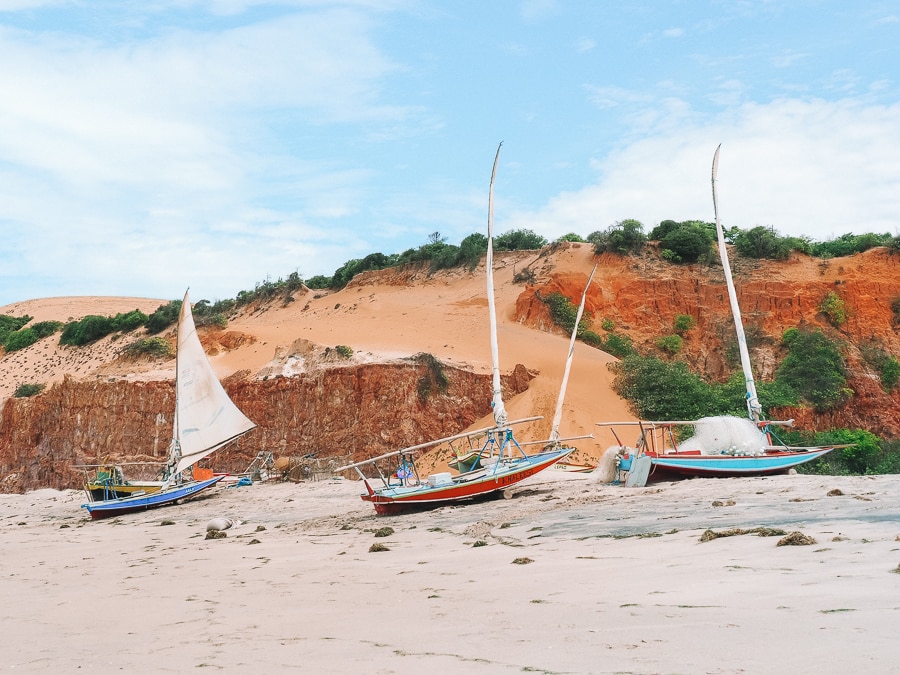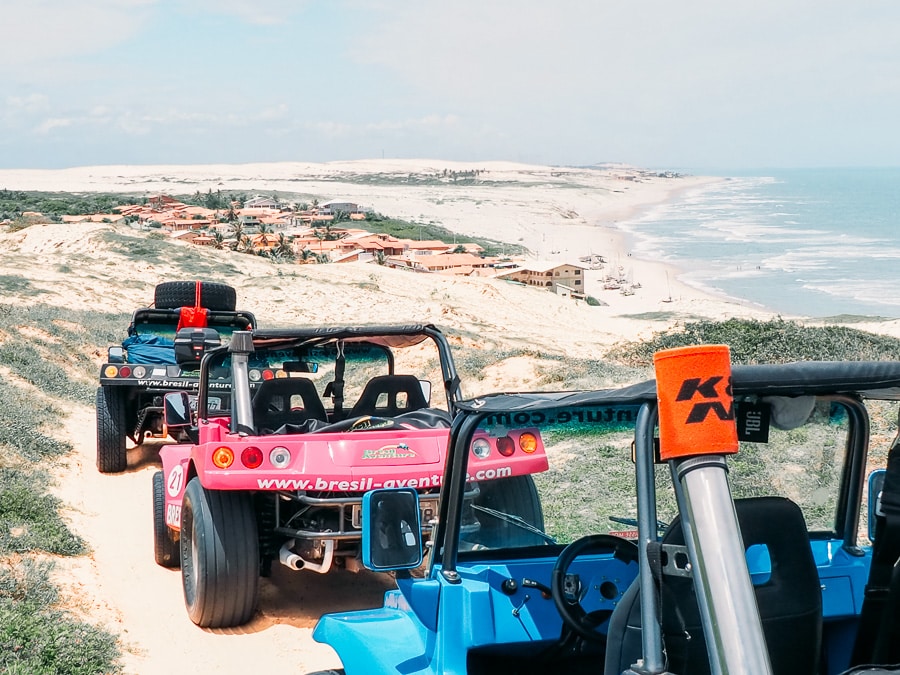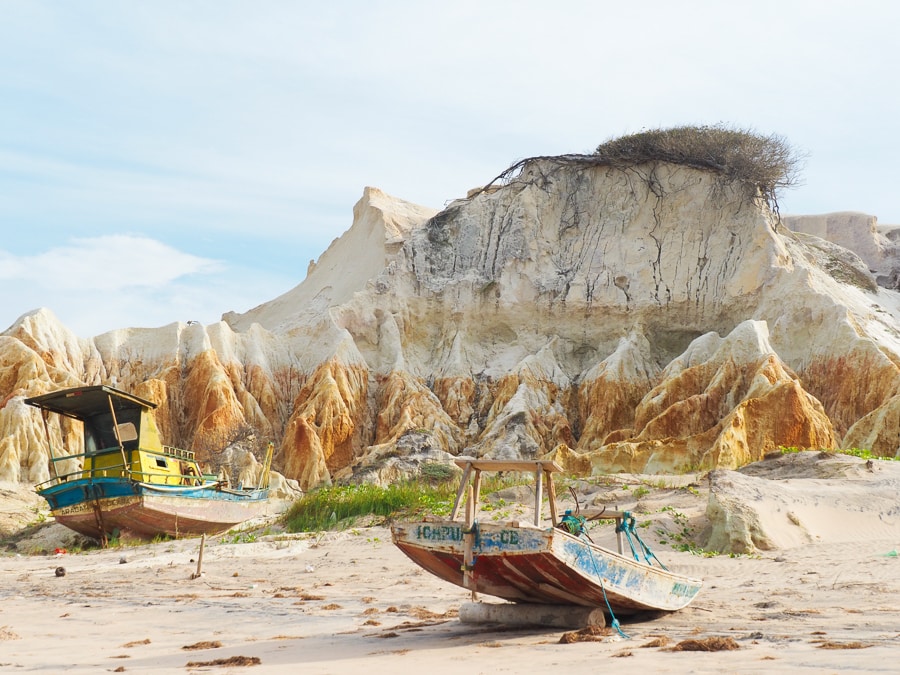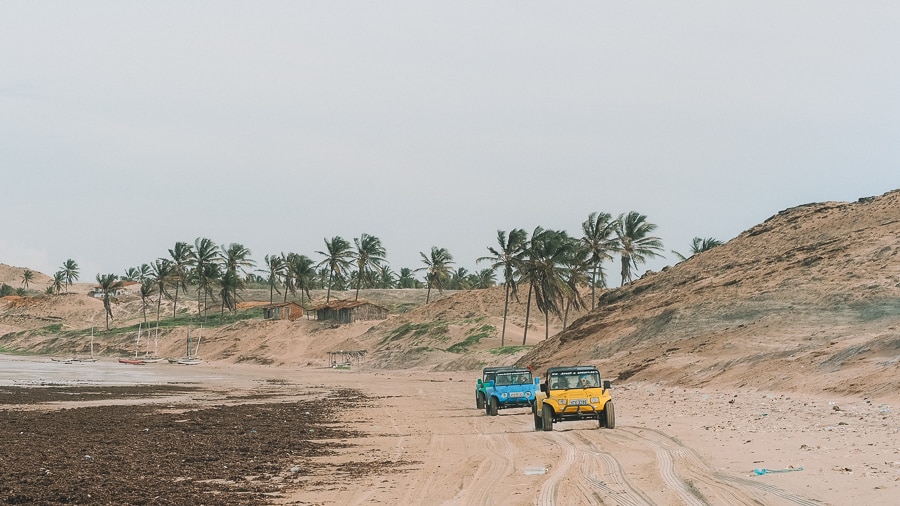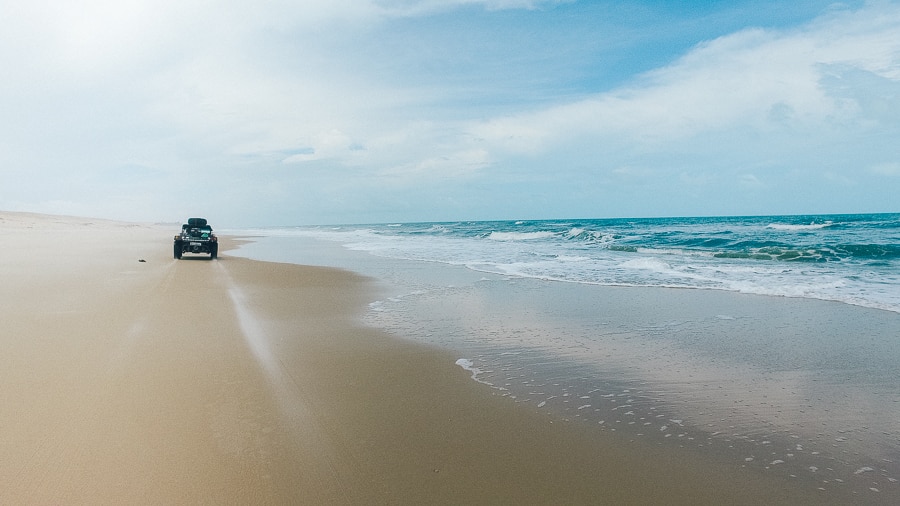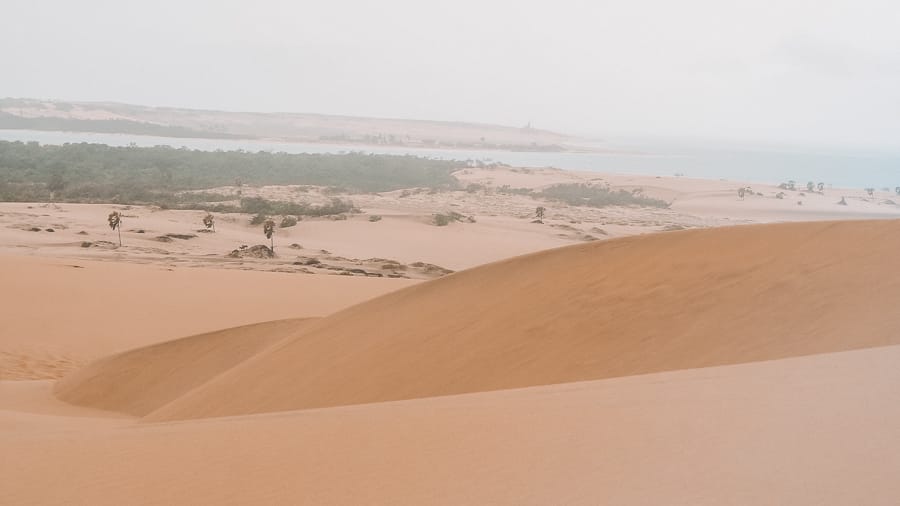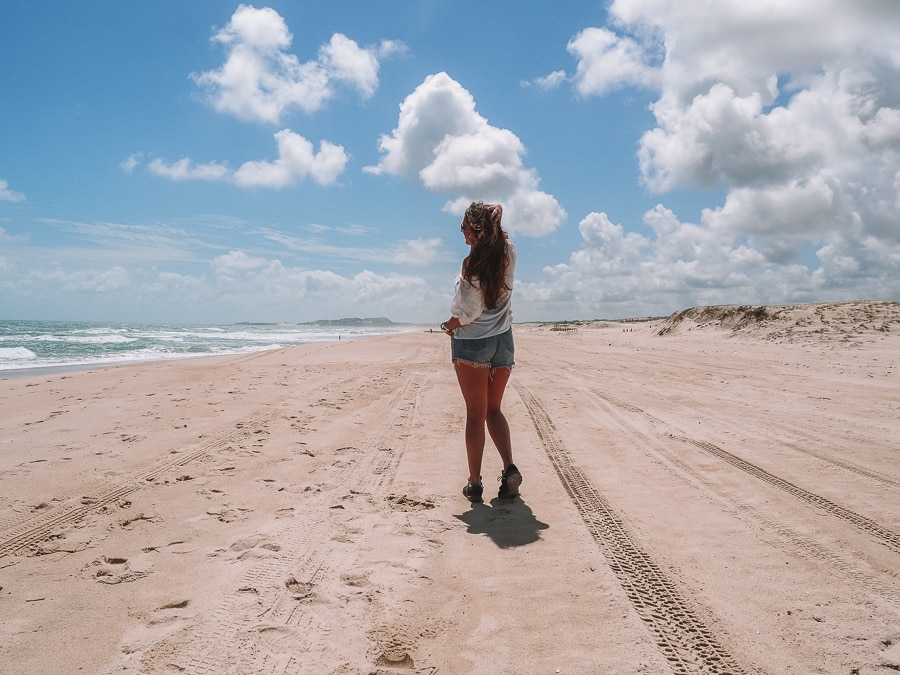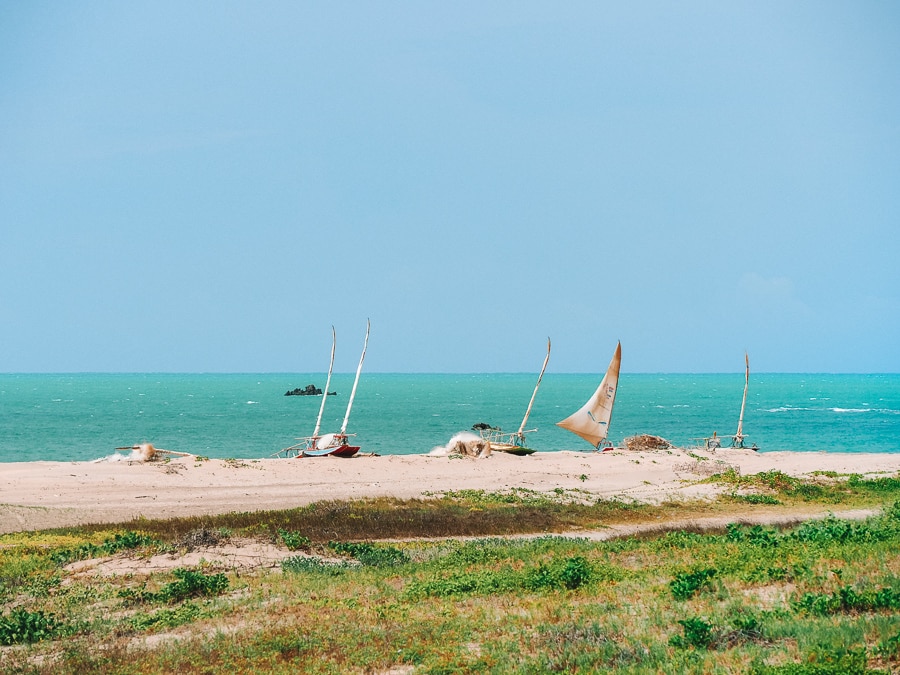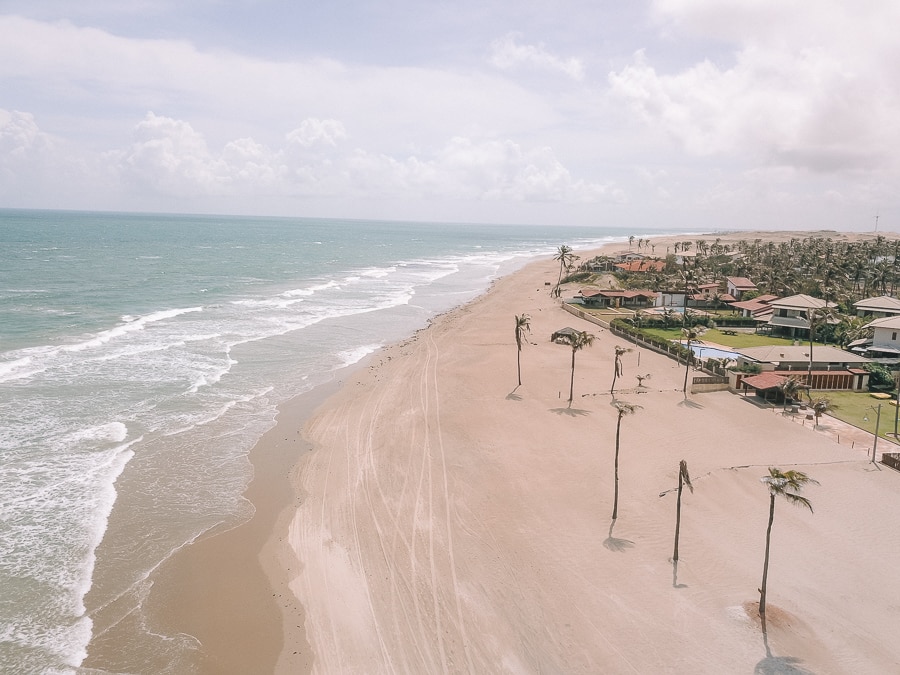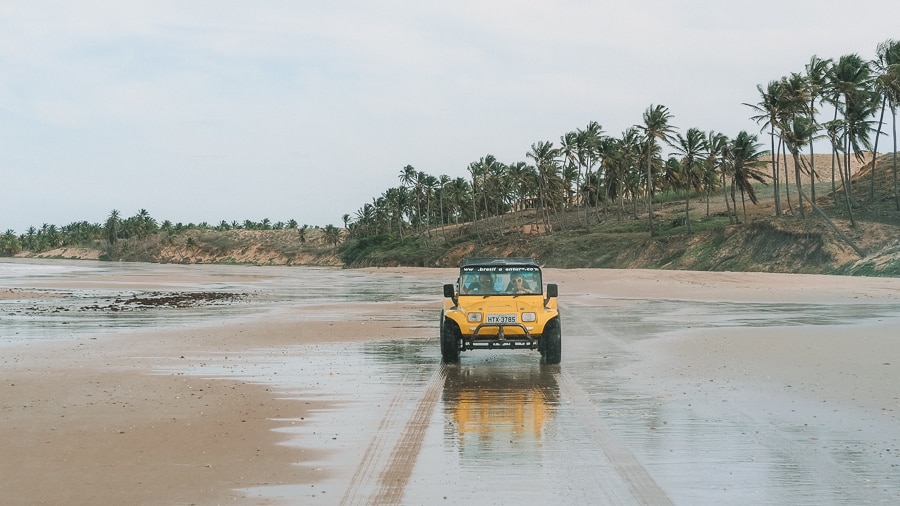
Are you looking for a charming vacation in an unexpected setting? Sunshine to warm you from the winter? Would you like to be surprised? What if you were to discover the Nordeste region of Brazil, a little-known region full of assets and out of the ordinary! A look back at this unusual adventure.
SOMMAIRE DE L'ARTICLE :
THE NORDESTE: A WILDERNESS UNTOUCHED BY MASS TOURISM
This is the second time I’ve set foot in Brazil. When we think of this country, we inevitably think of the vast territory of tropical forests and mangroves, and a few names come to mind, including the famous city of Rio de Janeiro, the Corcovado, the Sugar Loaf, the beaches of Copacabana and Ipanema, the Samba, São Paolo, Paraty and the list goes on. But when it comes to the Nordeste, this region suddenly becomes less well-known and difficult to locate. The Nordeste region is still more of a secret than other destinations like Rio de Janeiro or Salvador de Bahia, and that’s exactly what’s going to surprise you!
A only 9h flight of Paris, the Northeast Brazilian or “Nordeste” as it’s known, represents 12% of Brazil’s surface area, no less! This region, bordered by the Atlantic, offers more than 3,000 km of immense wild beaches as far as the eye can see, bordered by sand dunes that are sometimes gigantic, gray, ochre, chiseled and smooth cliffs, cactus fields and a semi-arid or even desert ecosystem called Caatinga – in short, a perfect and surprising combo for a total change of scenery. Its warm, sunny year-round climate (more than 300 days of sunshine per year), and a temperature between 25°C and 30°C, also contribute to its tourist potential, especially if you want to escape the European winter. The trade winds, which mitigate the equatorial heat, make the climate very bearable.
The Brazilian coastline of the Nordeste stretches over 1000 km, from São Luis to Natal. The wild landscapes are varied and beautiful, nature is preserved and the population is low. Among the best-known cities are Fortaleza and Recife. The region benefits from a good hotel infrastructure: you can easily stay in charming, luxury hotels, as well as in pousadas, those Brazilian inns with their beautiful flower gardens.
But the Nordeste isn’t just that: world-renowned surfing and kitesurfing spots, relaxed, friendly and caring Brazilians, the Brazilian way of life, endless smiles, music in the streets and bars, the Forró , the traditional music of the region, fishing villages, delicious caipirinhas, tasty cashew and brazil nuts, emerald lagoons surrounded by sand dunes but also Jericoacoara, a seaside town in the state of Ceará, a surfers’ paradise with a hippy, cool vibe that is becoming increasingly famous for its dune-top sunset. “Sunset“. In the Nordeste region, time has stood still: fishermen return from the sea in Jangada (the local boat) to sell their fish to the locals, locals travel by donkey, others in carts, teenagers play the “football” on the sunny beach, the old-timers wait patiently on their deckchairs and greet you with a smile! My eyes sparkled more than once when I looked at them!
To discover this territory off the beaten track, there’s a practical and almost unavoidable means of locomotion: the buggy. In fact, it offers total freedom for driving along beaches and from one village to another.
A BUGGY ROADTRIP TO DISCOVER THE REGION
You’ll soon realize that buggies are the region’s specialty, an institution I’d even say, as they can be seen just about everywhere! If the locals are to be believed, the buggy was even born here! It’s apparently the only place in the world where this activity is possible over such a long period of time, as it requires a substantial territory and long distances. I therefore propose to take you on an itinerant tour of a large part of the region. Nordeste. For our part, we spent 9 days/7 nights in the state of Ceará and went on a roadtrip driving our multicolored buggies (I had the pink one and was so proud of it!).
Discover our articles on this region to help you prepare your trip to the Nordeste:
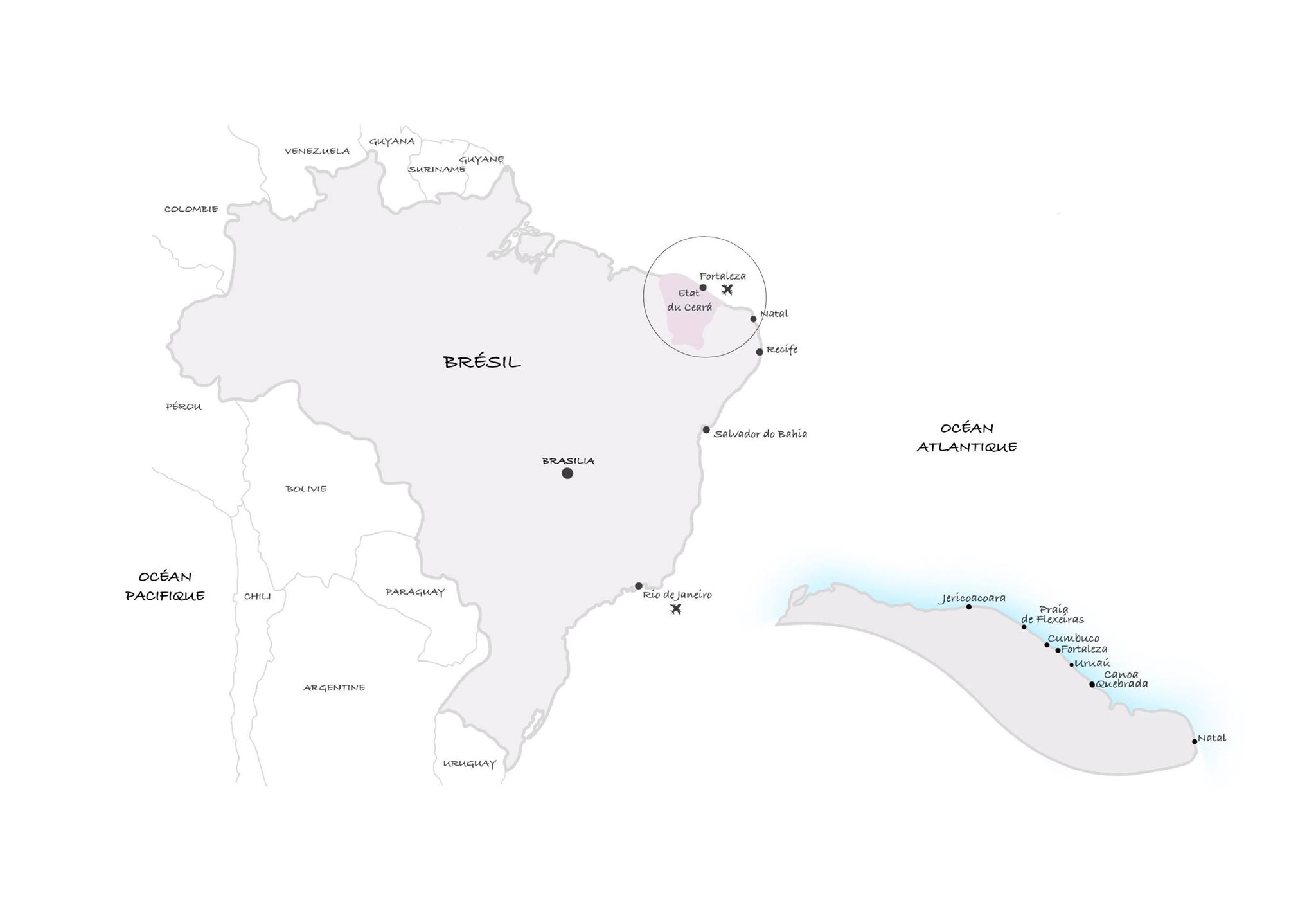
1. DISCOVERING THE BUGGY
We drove on average 100 to 150 km per day, or around 900 to 1000 km over a week, which is not bad, I guarantee. The longest day must have been 11 hours of driving. There were two of us per buggy, which was ideal for taking turns, resting and enjoying the panoramic views. There’s a day’s handling training before you set off on your journey, as the driving is sporty and not always easy. It’s a bit of a handful on the steering wheel, especially when it comes to shifting the 4 gears, but once you’ve got it, you’ll love the feeling! I’m ready for rallies… almost!
To put it in more technical terms, the seats are bucket seats with plenty of padding, the chassis is tubular and the tires used are aircraft tires deflated to mid-pressure. The shock absorbers are very soft, so for people with back problems, you can apparently do without any problems.
This transport is really practical as it takes you through the hinterland, beaches, hills, dunes and into remote villages. It’s like a feeling of freedom! In my opinion, it’s a real adventure that you need to punctuate with activities for a total experience: kitesurfing, surfing, windsurfing, hiking, visiting markets. It’s perhaps one of the most authentic places I’ve been in South America!
There are also cooperatives of buggeros (translated as buggy drivers) who offer tourists the chance to ride in the back of these machines for a few hours, but you won’t be able to drive them. If you don’t think you’re up to it in a week, you can drive the buggies for a minimum of 2 days. It’s up to you, so don’t panic!
Our receptive has a fleet of 15 buggies and offers guaranteed departures (one Saturday a month) all year round. On a tour, there is a maximum of 6 buggies, i.e. 12 participants, plus your guide in his own buggy. The agency works with experienced French-speaking guides who know this region like the back of their hand. Carlos was our guide and we were very lucky to have him. He’s always smiling, attentive, always has the solution to your problems, gets your buggy out of the sand, will pick you up a fresh coconut in less than 2 minutes, in short, I highly recommend him! Do you have a special wish? with Carlos anything is possible because he knows everyone! So we suggested he buy some freshly caught fish and cook it on the beach. A simple, authentic moment, just the way we like it! With Brazil Adventure, anything is possible!
2. EXPLORING THE NORDESTE REGION
We explored the area south-east of Fortaleza as far as Canoa Quebrada, passing through Combuco, Uruau, Ponta Grossa and Fleixeiras, a region of contrasts as we never saw the same type of landscape in 9 days!
Imagine impressive red and ochre cliffs carved by erosion and long beaches dotted with small villages. At lunchtime, we always stopped for lunch by the beach in small local paillotes overlooking the sea, serving delicious local produce: fresh fish, lobster, red beans (feijoa), rice, melted cheese kebabs, coconut desserts etc… a delight for your taste buds and pupils. Brazilian food is good, with some specialties based on meats in sauce, seafood, pasta, manioc in a variety of sauces (powdered, fried, mashed…) but also peixada, a kind of local bouillabaisse.
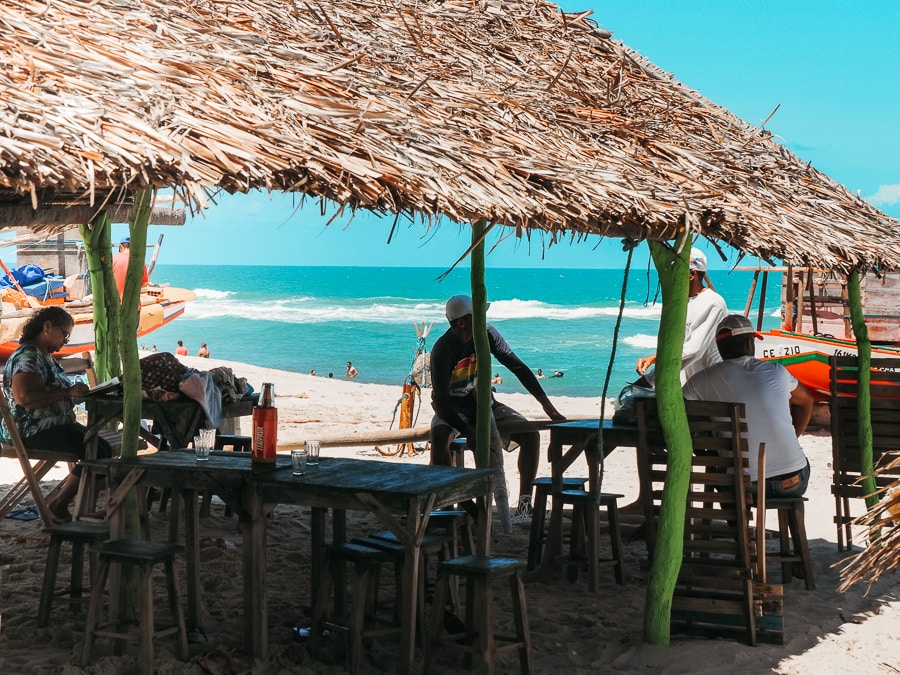
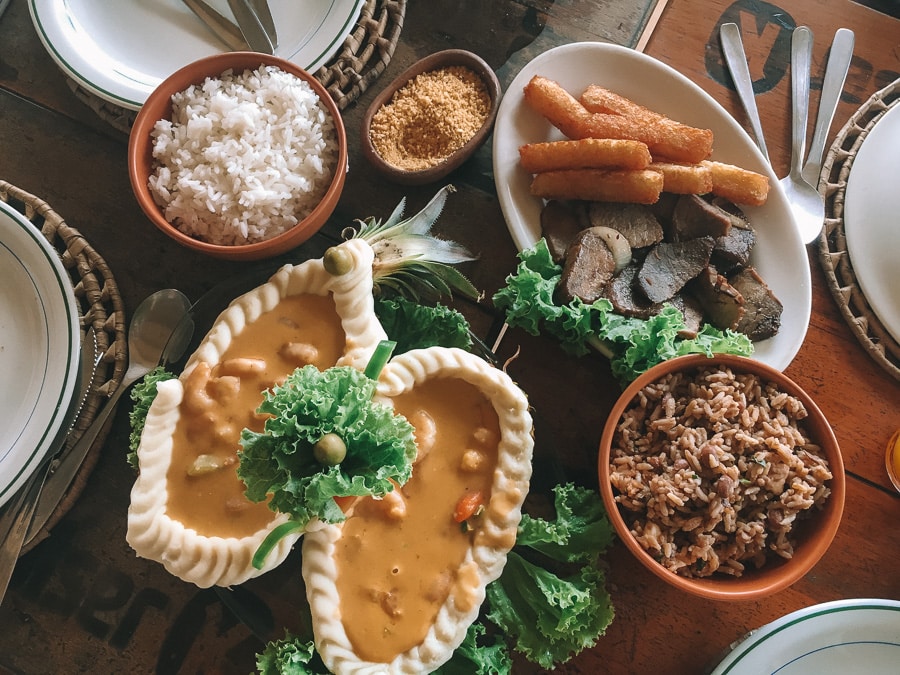
Browse the Nordeste, means taking the time to rest, to enjoy the beach, to observe the scenes of life, to chat with the local people, to stroll through the flamboyant local markets and to buy tropical fruits: coconuts, guavas, papaya, passion fruit, cashew nuts, beef heart or cachiman, biriba etc., to be enjoyed of course anywhere and at any time, for example on a beach!
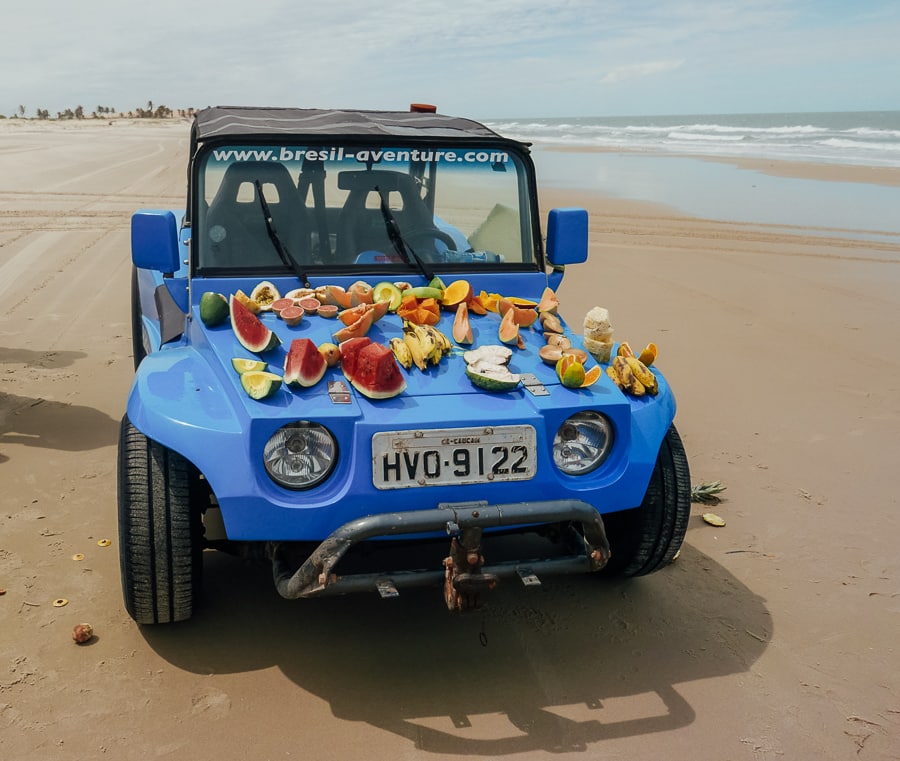
What I particularly liked about this trip was that at each stop, I woke up in a different setting and felt like I was living a new adventure! At Fortim, we crossed a large river on a ferry and then arrived at Canoa Quebrada, the former hippie mecca. Canoa Quebrada is a small, more developed seaside resort, lively especially at weekends, along its pedestrian street renowned by locals.”Broadway “. Our pousadas were very charming, as in Cumbuco where the breakfast was delicious and the atmosphere of this very small town was very very friendly, that of Canoa Quebrada for its location and flower garden. We love the pousada atUruau hidden in the middle of nowhere and that of Fleicheiras for its bohemian hammocks on the terrace, outdoor spa and sea-view pool! I’ll give you more details about our accommodation just here.
The Nordeste is a real favorite for me. I have to say that the group atmosphere was really great, but I was also blown away by the beauty and variety of the landscapes. I didn’t expect to see so few tourists, and that’s putting it mildly. In fact, we may only have come across a dozen or so of them in all places. Each day was different and had its own anecdote! There were plenty of swimming stops, getting stuck in the sand (yes, that’s part of the game), lots of laughs, a few scares (otherwise it wouldn’t be funny), sunburns, mud splashes while driving, failed passes over the tubs (you can’t be perfect!), moments when I stalled in the middle of a descent or ascent, skids that weren’t always controlled (my co-driver will confirm this), but also a beautiful tropical storm on the day of our return to France. And this is one I’ll remember! Imagine a buggy filling up with water, puddles under your buttocks, reduced visibility, water and sand whipping sideways across your face, your gear soaking wet, a Kway that wasn’t waterproof at all, but what a memory! That’s what adventure is all about!
3. WHO IS THIS TRIP TO THE NORDESTE FOR?
For everyone, of course: couples, families with children, friends and all those who love lost paradises, idleness, nature, wide open spaces, adventure, sporting activities, palm-fringed beaches and dunes, magnificent landscapes and warm seas. For anyone looking for a destination where you feel you’re alone in the world and can stop wherever you like. The Nordeste, it’s a cool trip, a little paradise where you always have your feet in the sand. Numerous stops are made in charming hotels and authentic fishing villages. It’s an ideal destination for partying and relaxing to your heart’s content. Brazilian sensations guaranteed! While the region’s reputation is built on its beaches, its national parks are a reminder of the richness and contrast of its landscapes. I think I’ve found my little piece of paradise and I’m looking forward to going back! Other itineraries are also possible, and I invite you to consult their website. I’d be tempted by the Lençois Maranhenses to be done from June to August as the lagoons are full of water.
4. HOW MUCH DOES A BUGGY TRIP COST?
A trip in a buggy is bound to cost you more. This is not a “cheap” trip, as the buggy rental is not free and the guide is compulsory. A trip like ours can cost up to €4,000 a week in high season. In low season, you’ll be looking at a minimum of €2,500 per week (excluding flights). What’s more, there aren’t many experienced and professional rental companies, so places go fast and are booked in advance. Don’t neglect the agency you choose, as safety rules are very important and not all guides are qualified to supervise this type of trip, even if they say they are! I’ve done this itinerary twice (in January and April) and we didn’t necessarily have the same weather conditions, so I can assure you that you need to be very well accompanied.
For all your customized travel needs in Brazil, don’t hesitate to contact me at contact@mademoiselle-voyage.fr. I will study your proposal and send you a quote based on your expectations.
I invite you to read my other articles on Brazil
- Our practical guide to organize your trip
- Our favorite pousadas in the Nordeste
